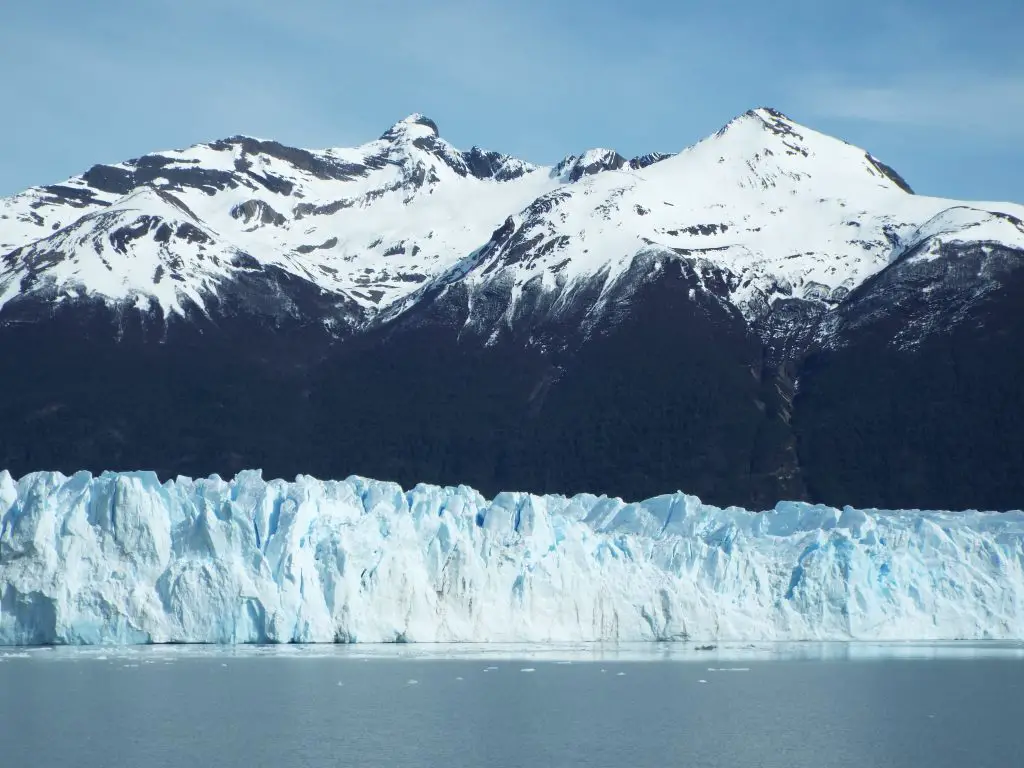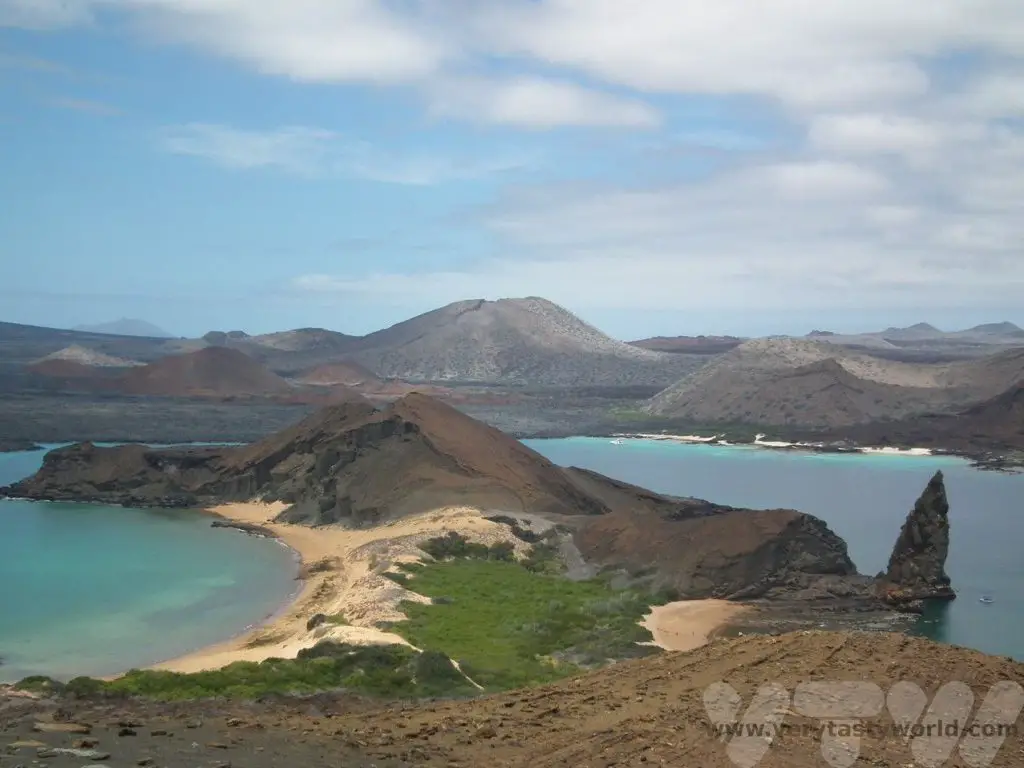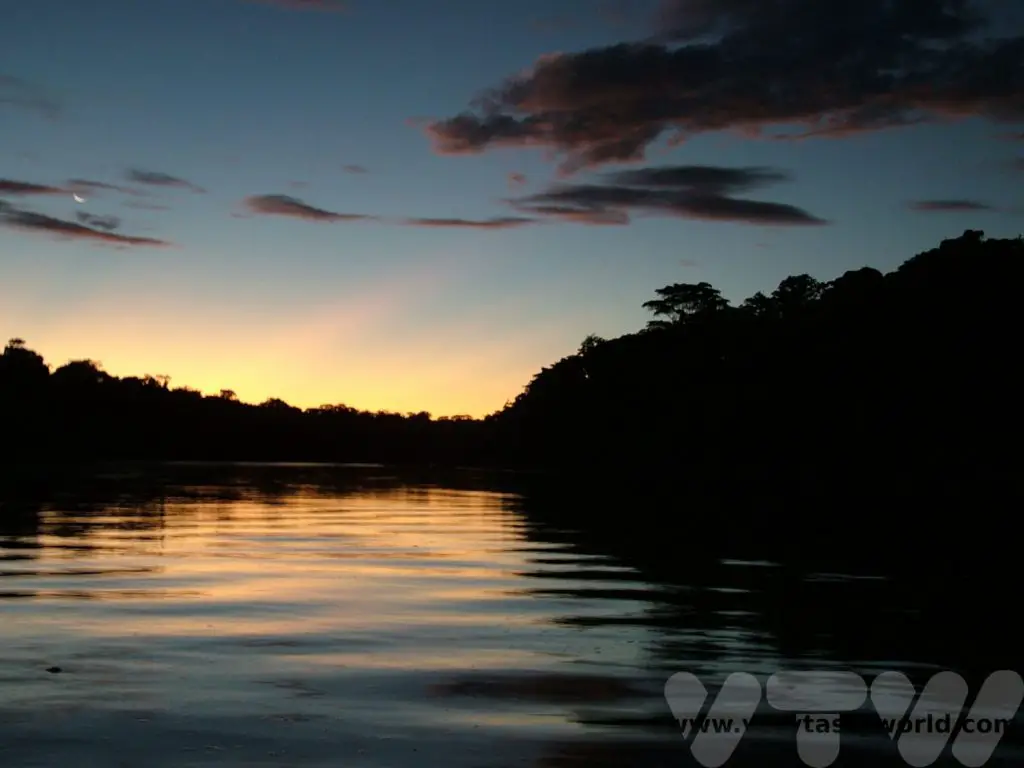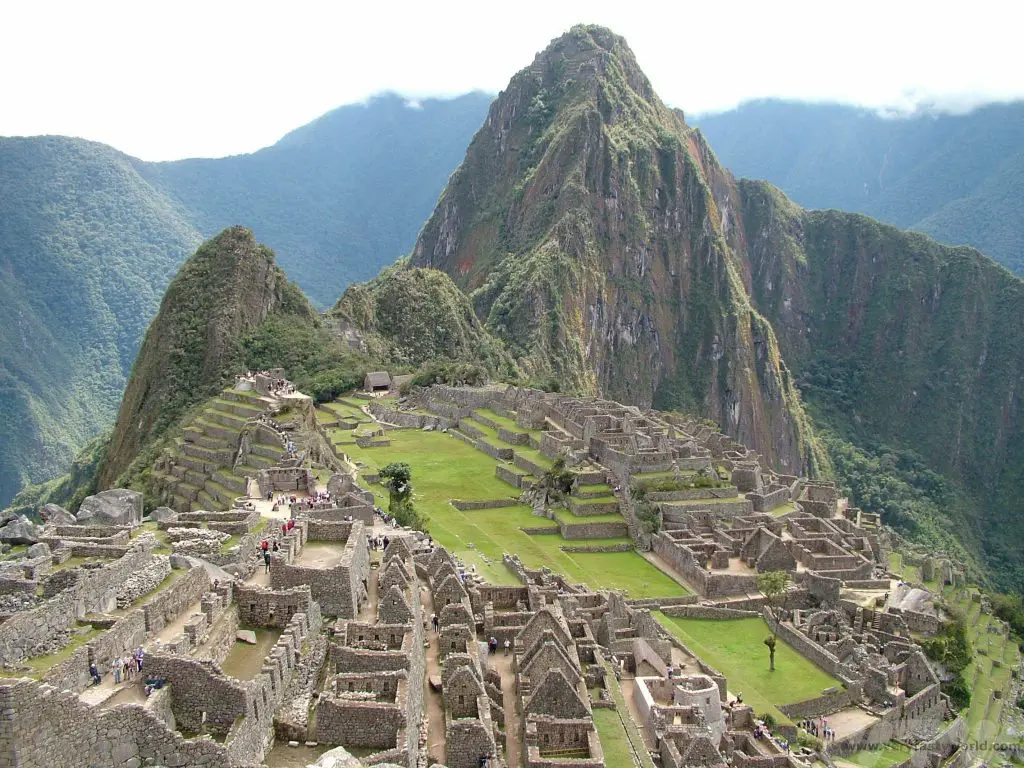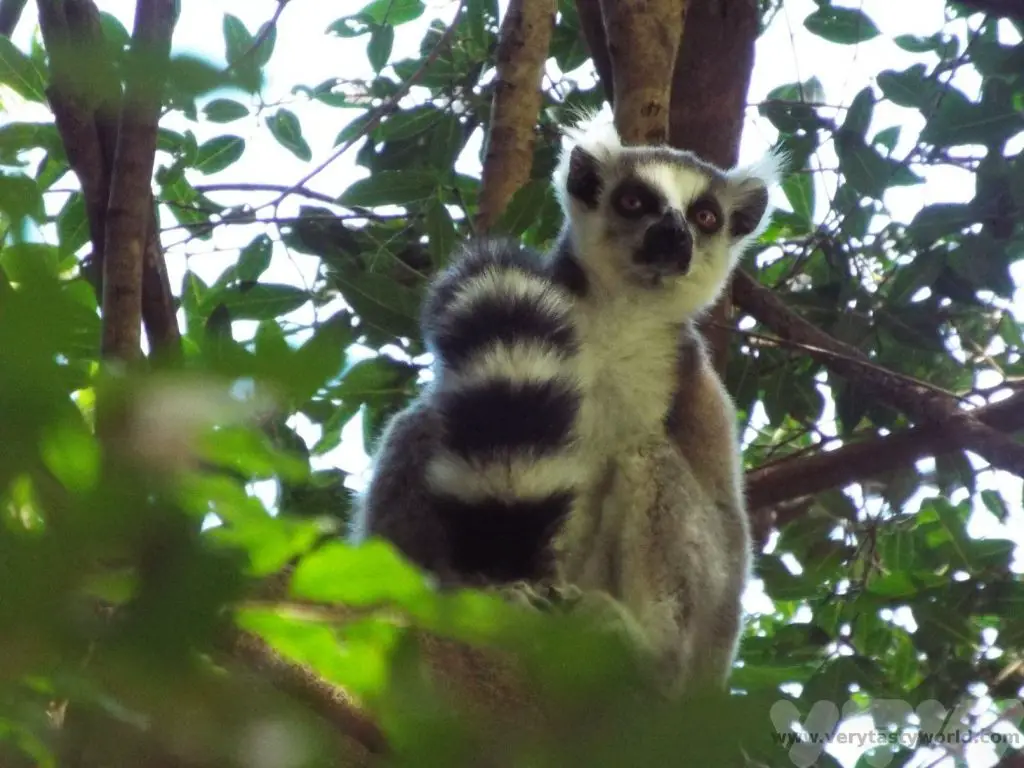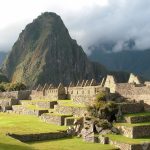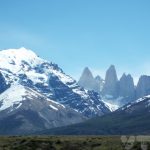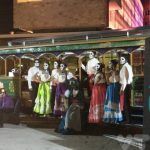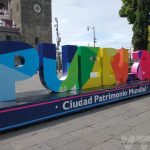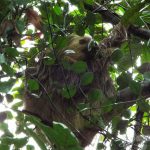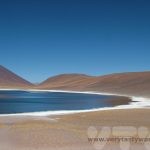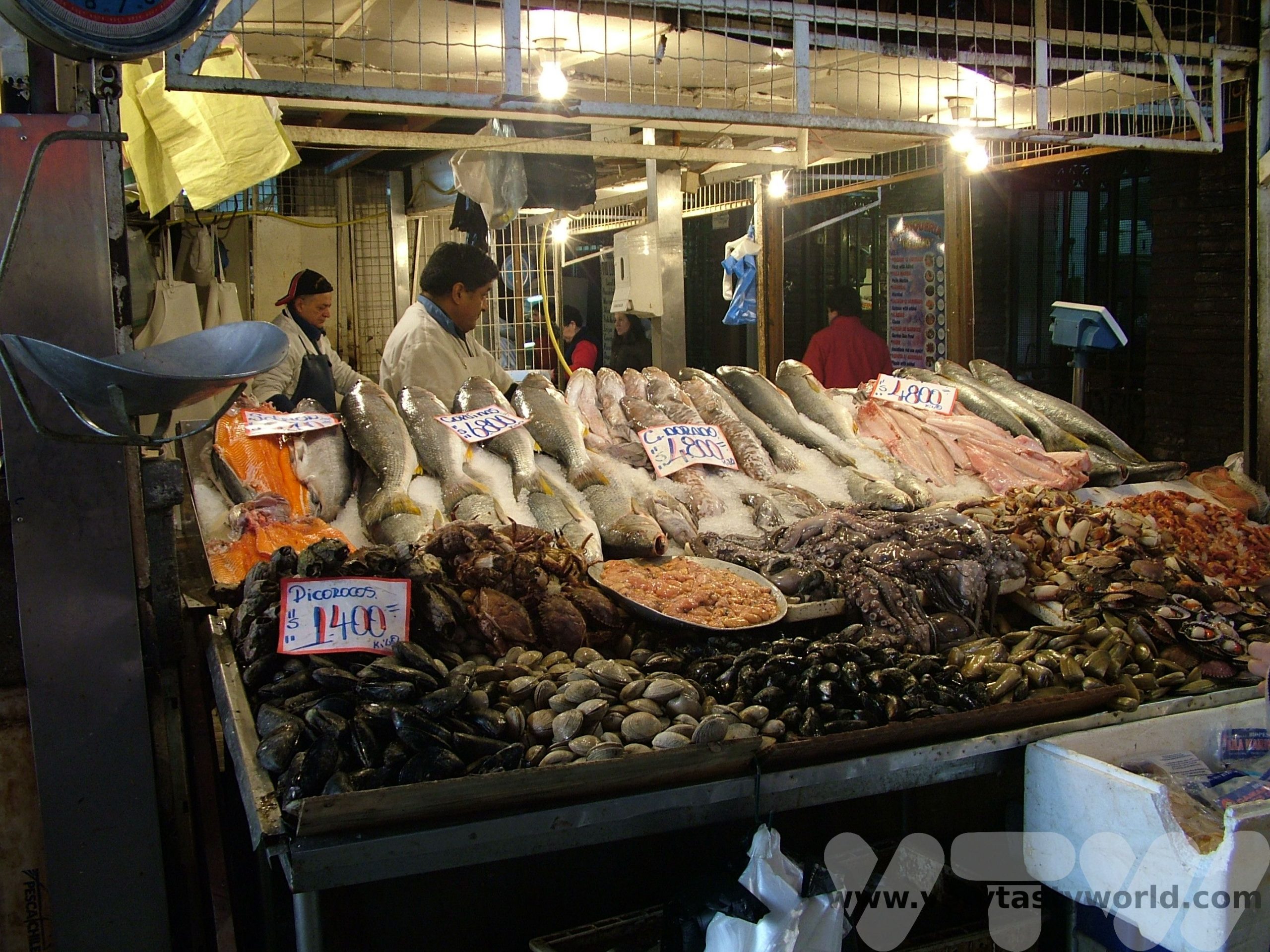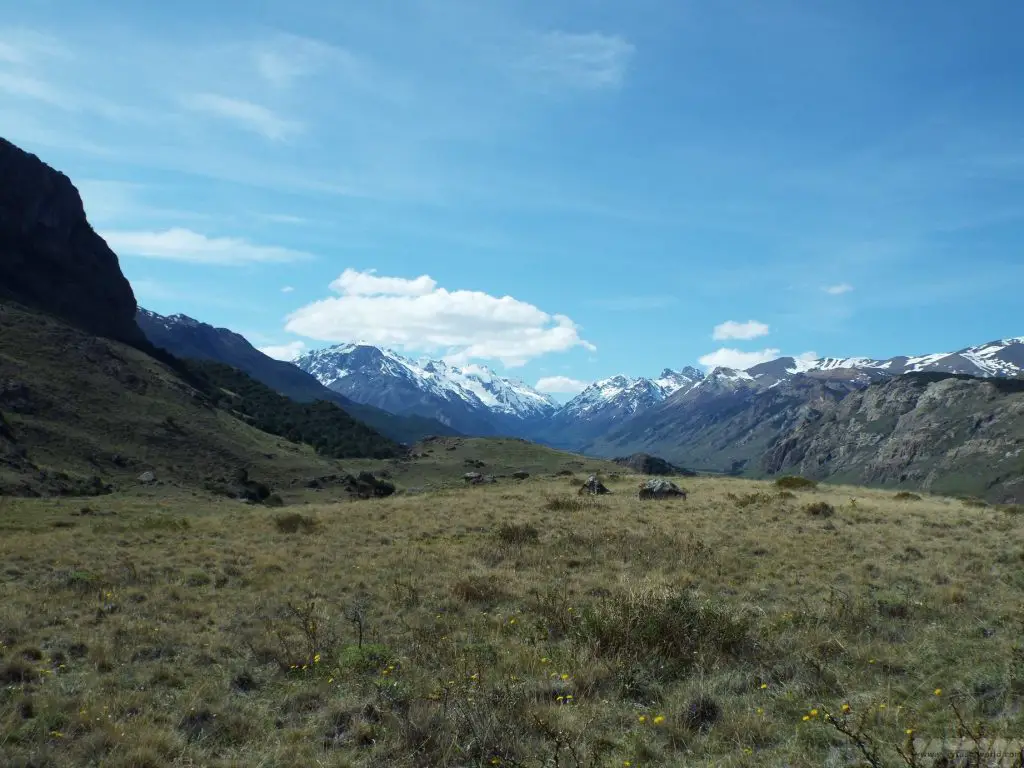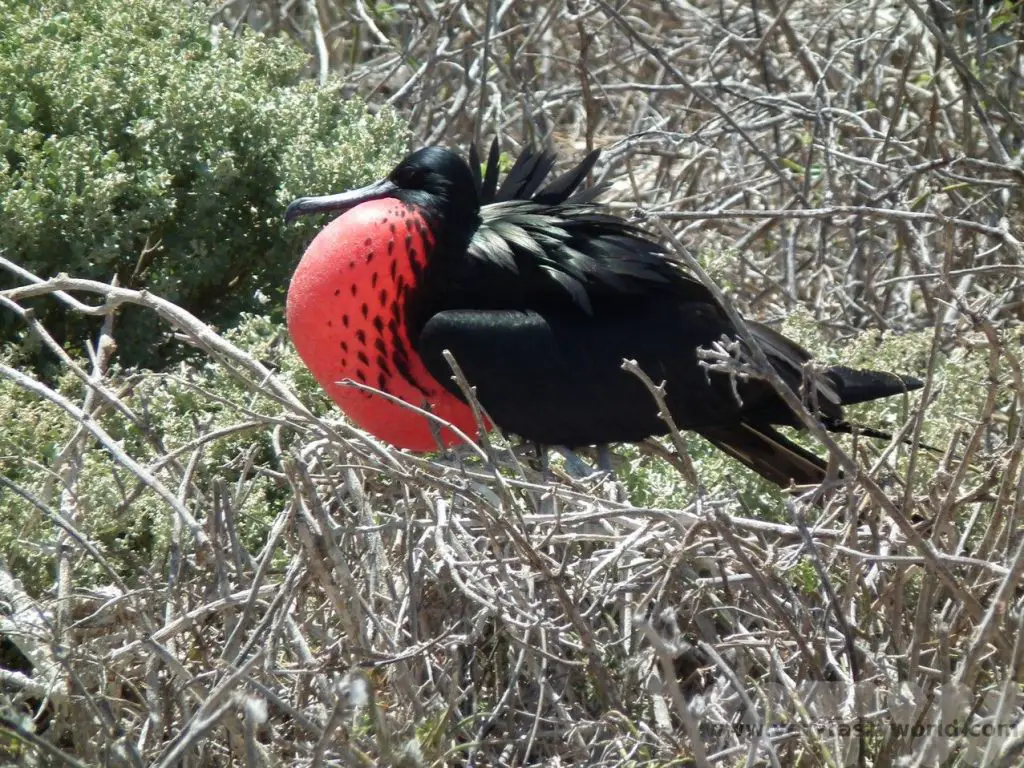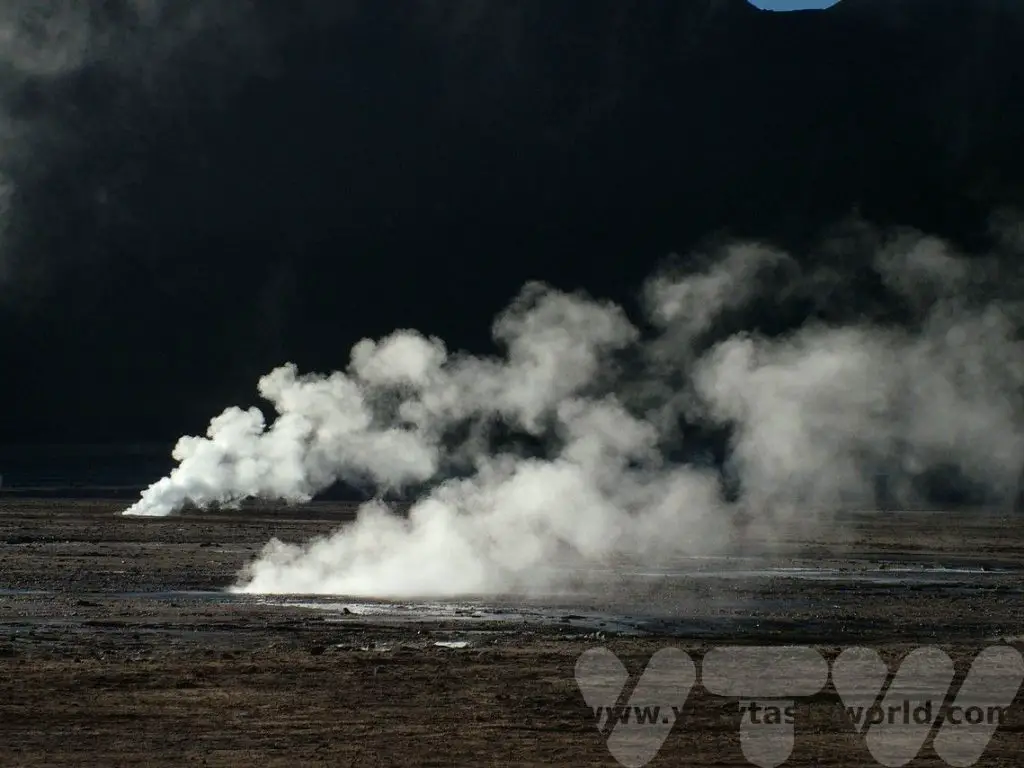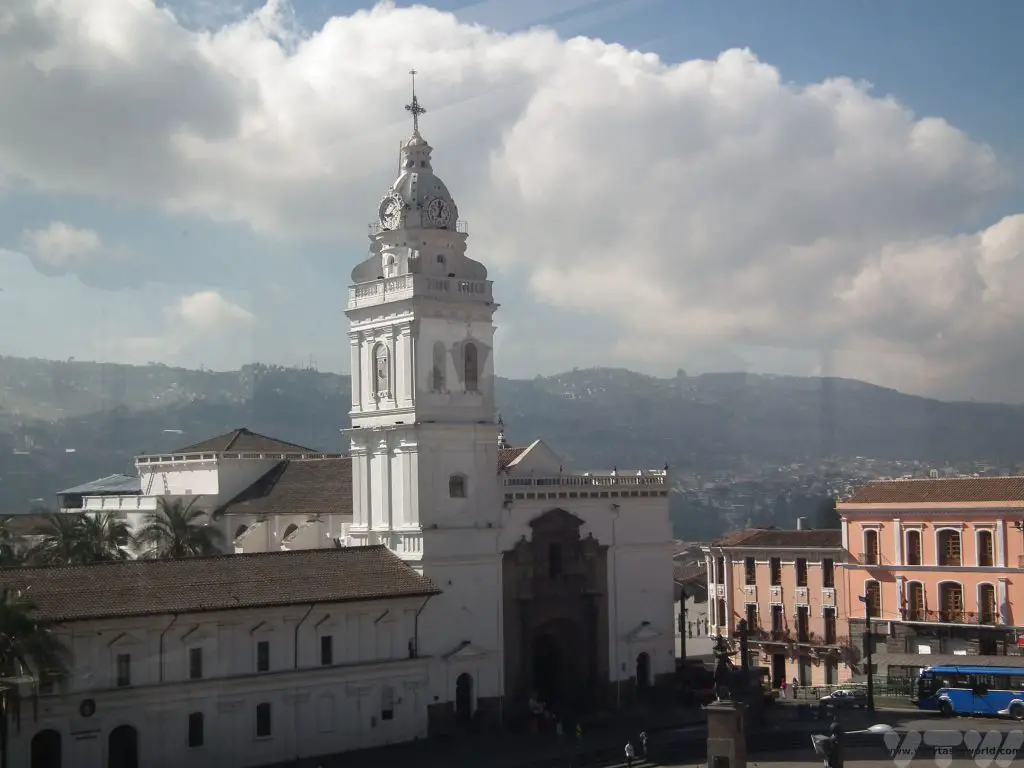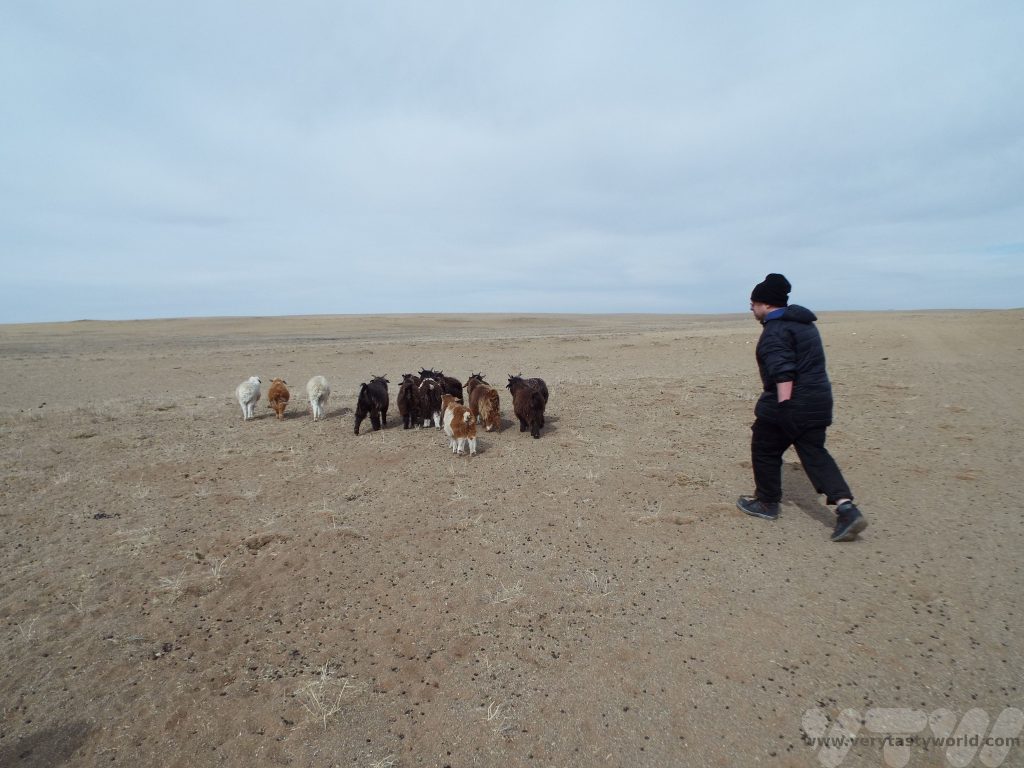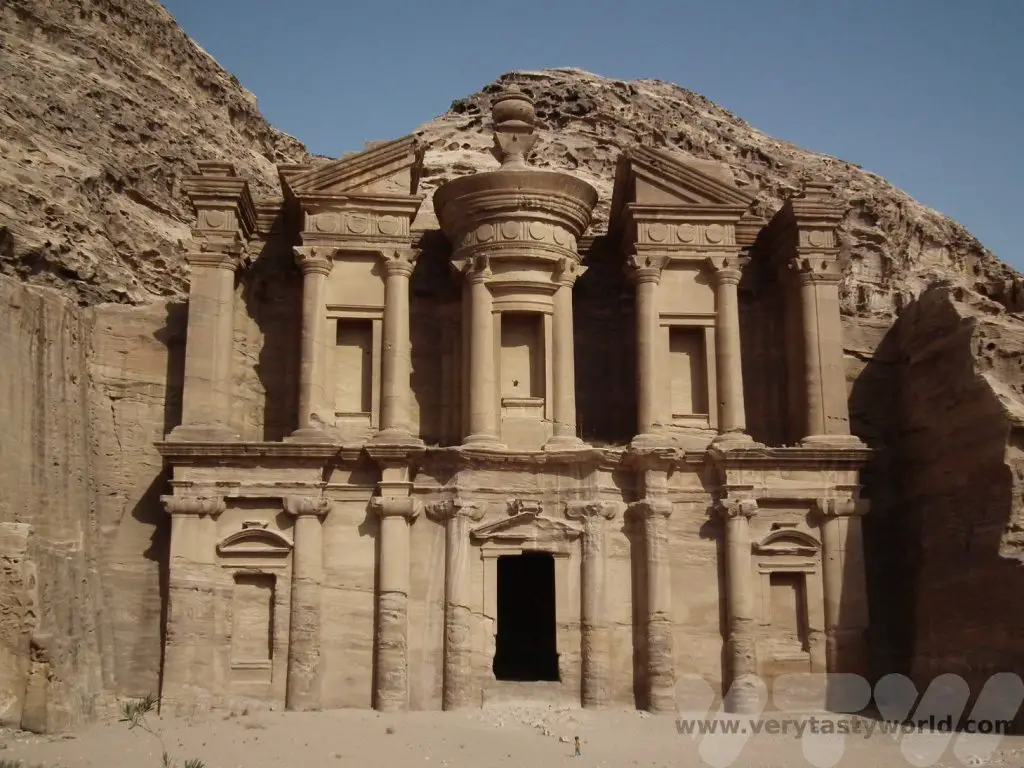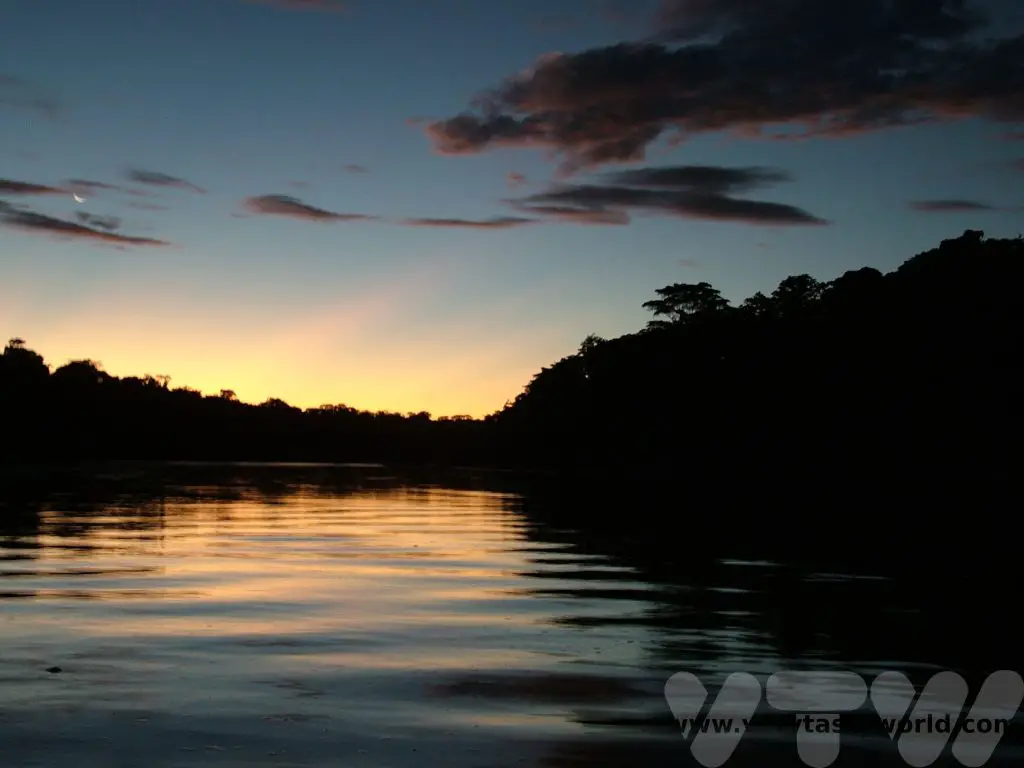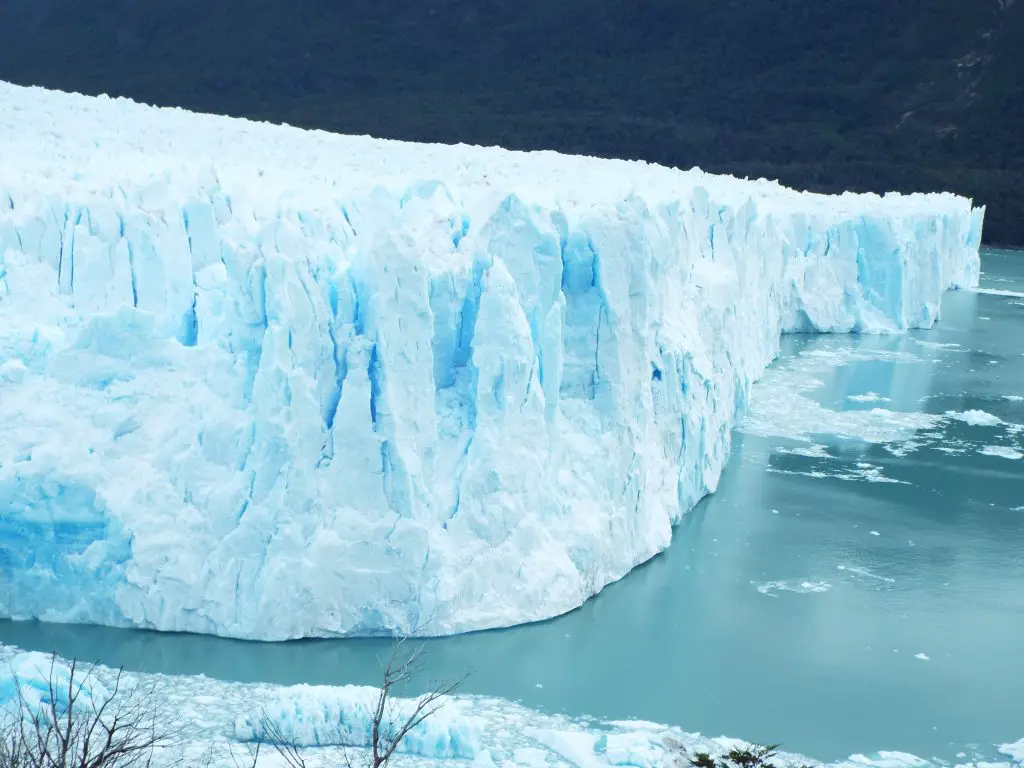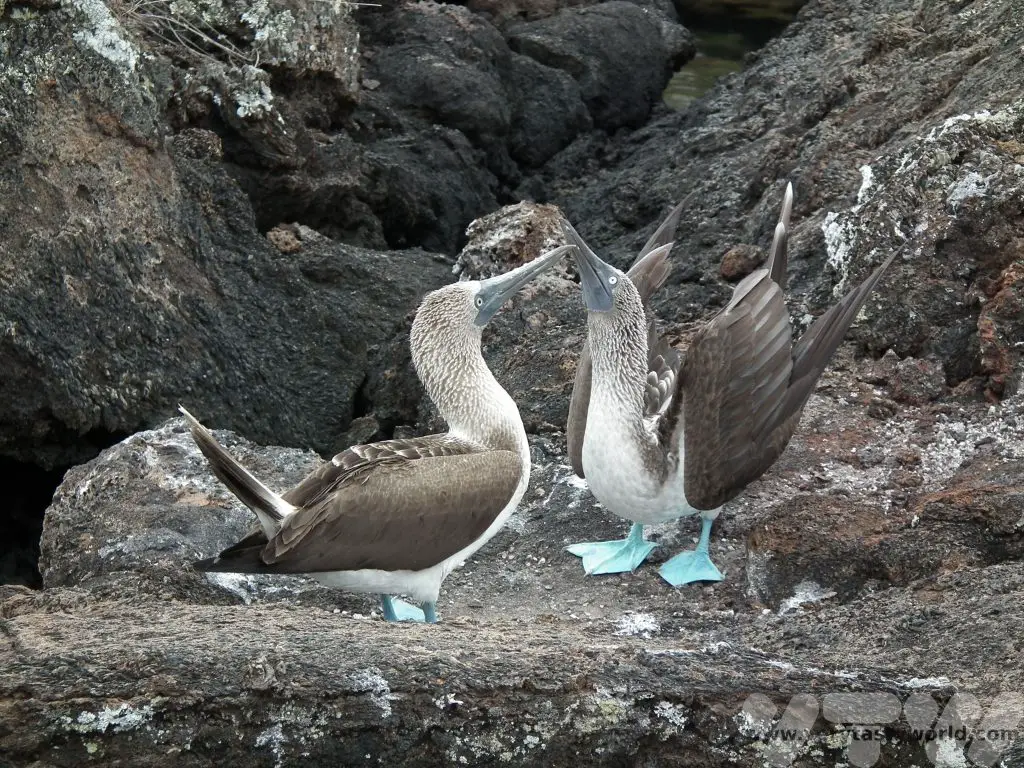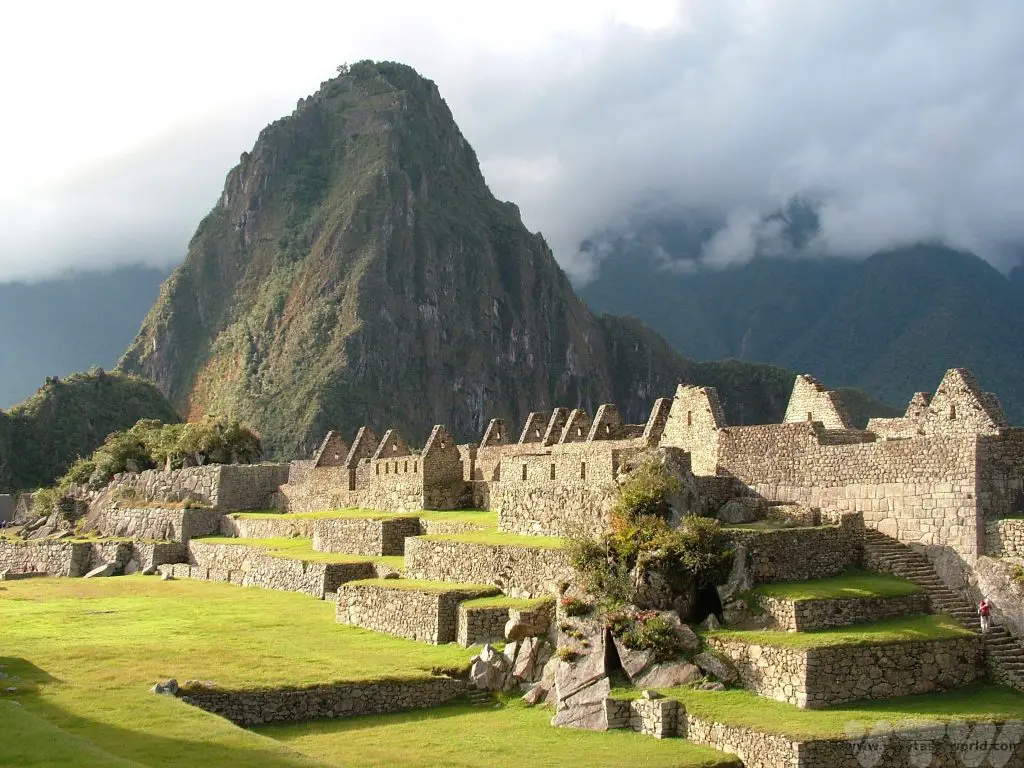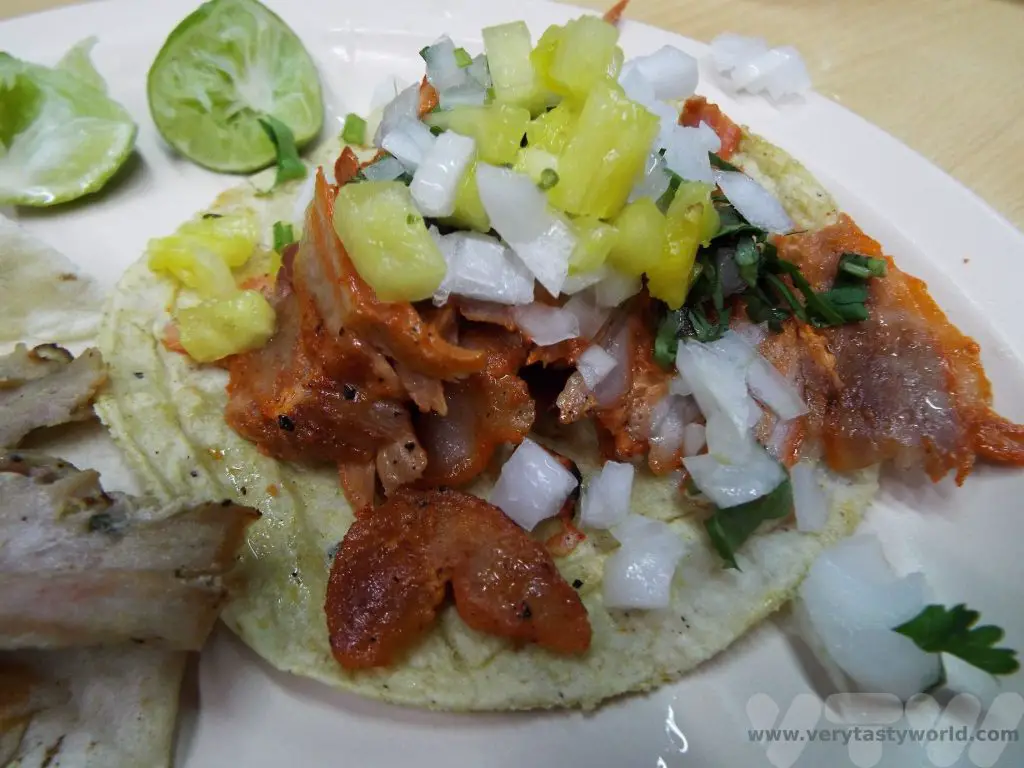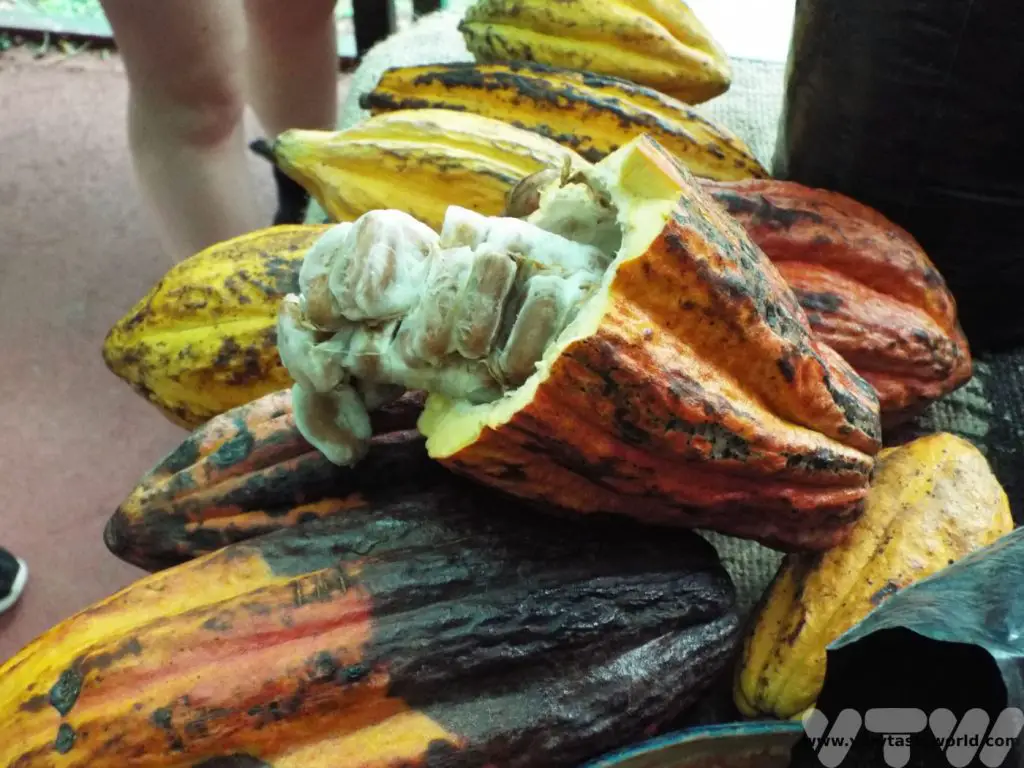A 2 Week Patagonia Itinerary
Patagonia is a dream destination for many people and we had longed to visit this stark, beautiful and remote region for several years. The prospect of travelling to the far southern reaches of the American continent and exploring its wild and beautiful landscapes, gorgeous glaciers and, of course, meeting penguins was irresistible. But unless you live in South America, it is a very long journey to reach Patagonia. And when you get there, distances are long. But it is possible to see many amazing sights within a fortnight. Here is our 2 week Patagonia itinerary.
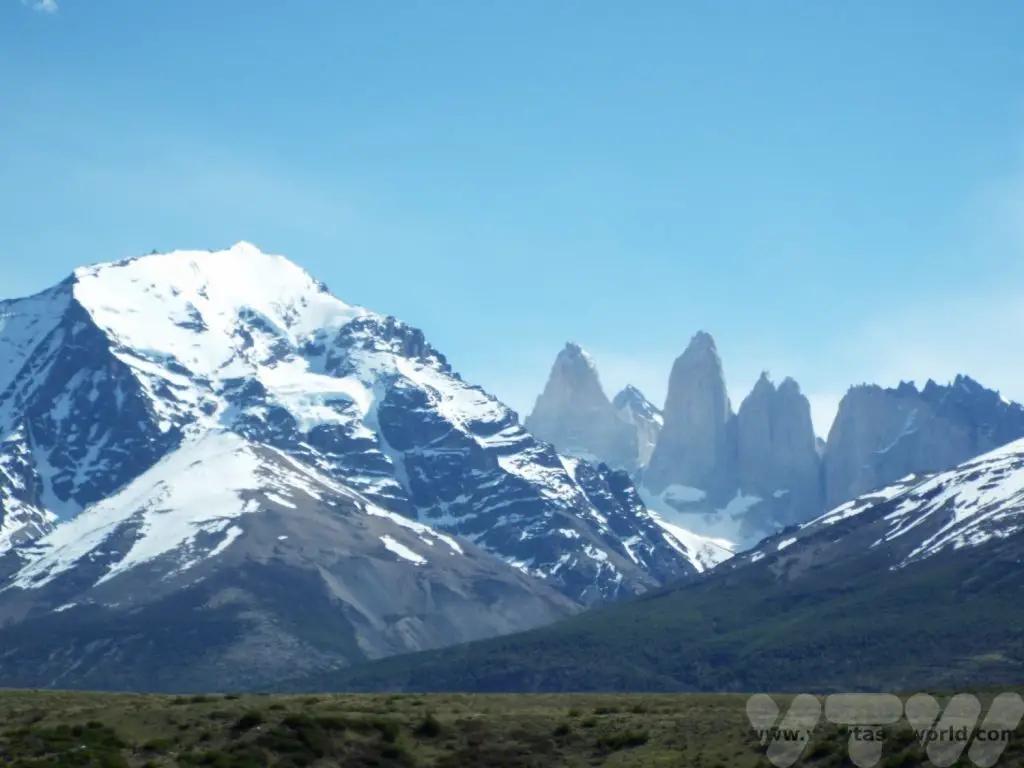
Patagonia 2 Week Itinerary
This Patagonia itinerary is quite full on. It starts in Santiago, Chile and finishes in Buenos Aires, Argentina as those are the best cities to connect with most international flights. There is a lot of travelling and we mainly travelled on buses. They are reasonably cheap and pretty comfortable. It’s a very relaxing way to travel and a great way of seeing the countryside. And, needless to say, the scenery was spectacular all the way.
Please note that this post contains affiliate links. If you click through and decide to make a purchase we will earn a small commission, at no extra cost to you, which will help towards the costs of running this site.
Day 1 Fly to Santiago
Day 2 Santiago
Spend a day exploring Santiago. We don’t recommend flying directly to Patagonia immediately after your international flight, just in case there are any delays.
There are lots of options for things to do in Chile’s capital city. It is lovely to wander through and the metro system cheap and reliable. You can buy a BIP card and share it between your travelling companions. Our hotel kindly lent us a card and we were able to charge it with exactly the right amount of money for the journeys we wanted to take. We just asked the nice lady at the metro ticket office, told her the routes we wanted to take and she charged up the card accordingly.
Set in a valley amidst the towering Andes Santiago is undulating and features a number of hills popping up from the urban sprawl, many of which have become parks. San Christobal park is the largest green space in the city. You can ride the teleferico or funicular and there are plenty of attractions including a zoo, a number of gardens, swimming pools and playgrounds.
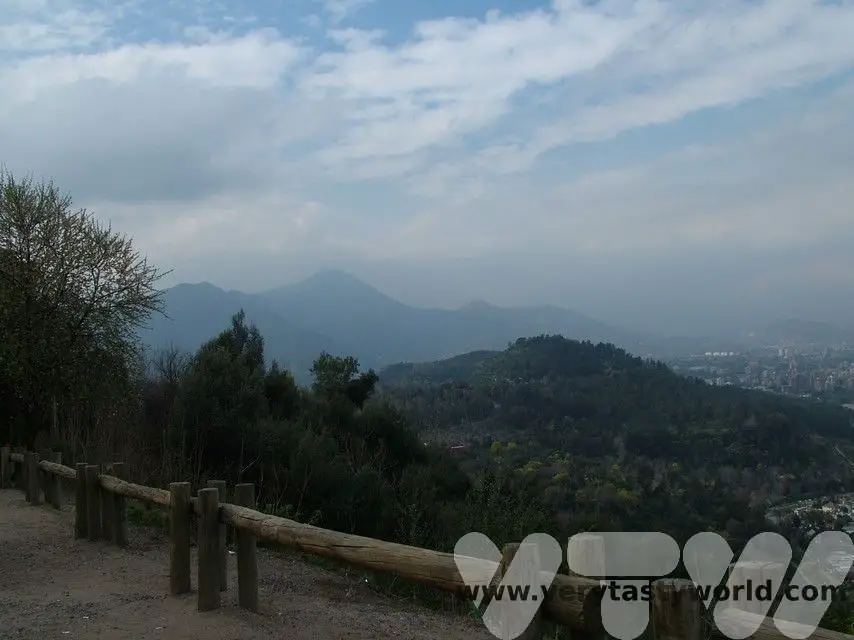
The city centre offers some interesting museums, including the national museum, which has some interesting historic objects including a large number of indigenous artefacts. The Museum das Bellas Artes is a grand building with interesting art exhibitions.
Foodie Recommendation: Make sure to visit the Mercado Central de Santiago – it’s the fish market which also has a number of restaurants. Avoid the big, flashy and expensive affair in the middle, there are loads of much smaller restaurants around the perimeter which offer great seafood at reasonable prices, although you may have to avoid the enthusiastic but not overly pushy touts.
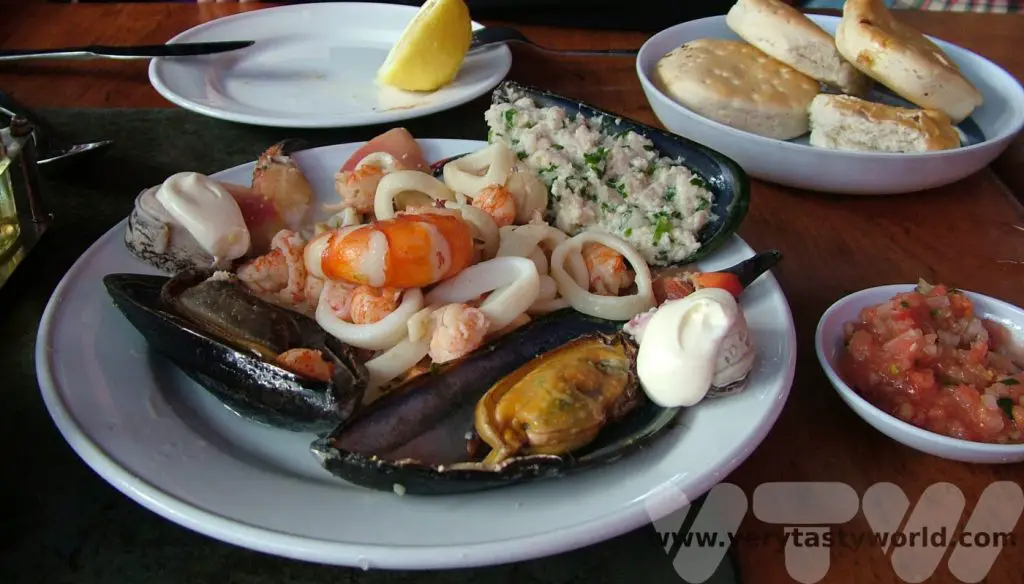
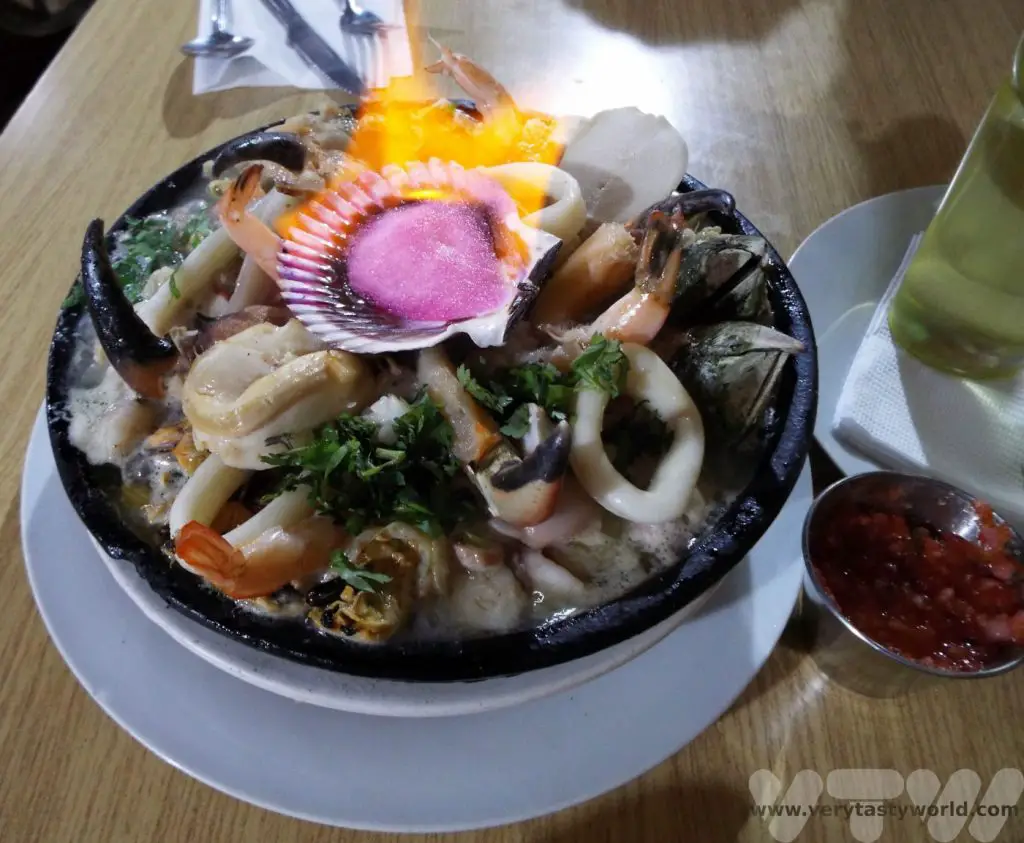
A slightly unusual option for Santiago is taking a day trip to wine country. Just a couple of hours’ drive from the bustling city is the Maipo Valley, where a lot of Chile’s splendid wine is produced. You can tour some of the wineries in the region and enjoy a tasting. Chile’s climate is suited to growing vines and the wines it produces are exceptional quality.
(NB – we didn’t do all these activities on the day before our Patagonia journey, we had visited Santiago on a previous trip. These are just some of the options for spending time in the city before travelling south.)
Day 3 Fly to Punta Arenas
Back to the airport for the five-hour flight to Punta Arenas. If the weather is clear you will see fantastic views of the Andes and will also fly over Chile’s ‘lake district’. Punta Arenas itself is around half an hour away from the airport and there are plenty of options for the 30-40 minute ride into town, including taxis and shared shuttle buses.
Located on the Strait of Magellan Punta Arenas has some interesting museums including Museo Naval y Marítimo, a maritime museum, Museo Regional de Magallanes, a grand mansion.
There are a number of monuments in the city, including Monumento A Tripulantes Galeta Ancud which commemorates the Strait of Magellan becoming part of Chile on 21st September 1843.
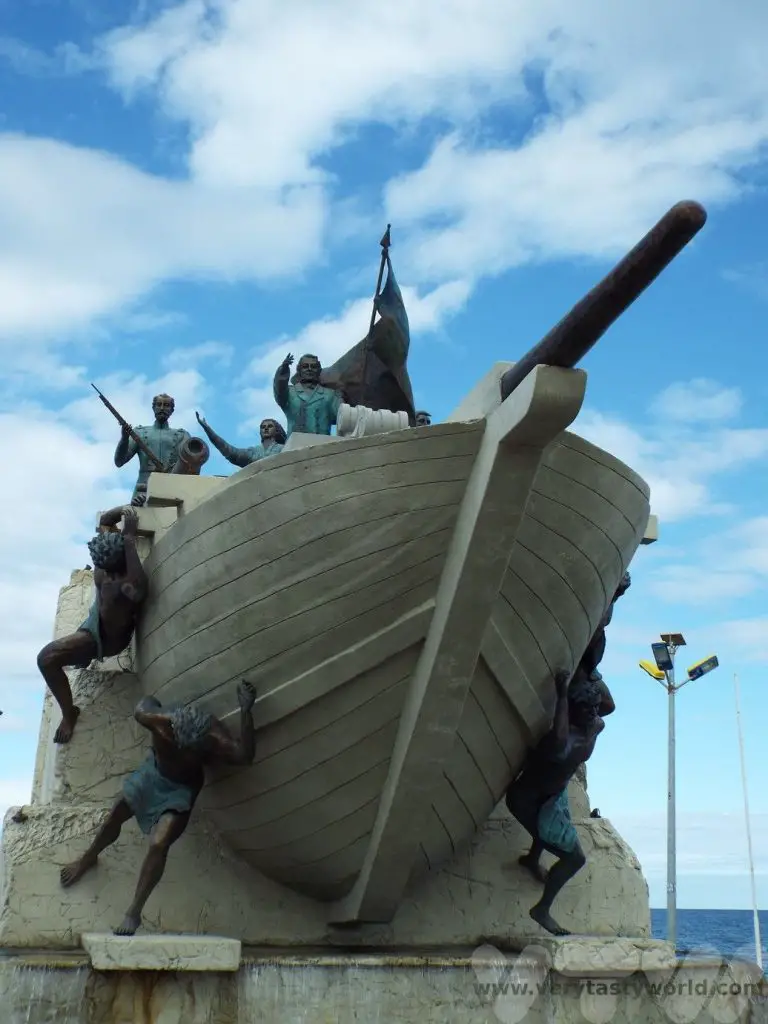
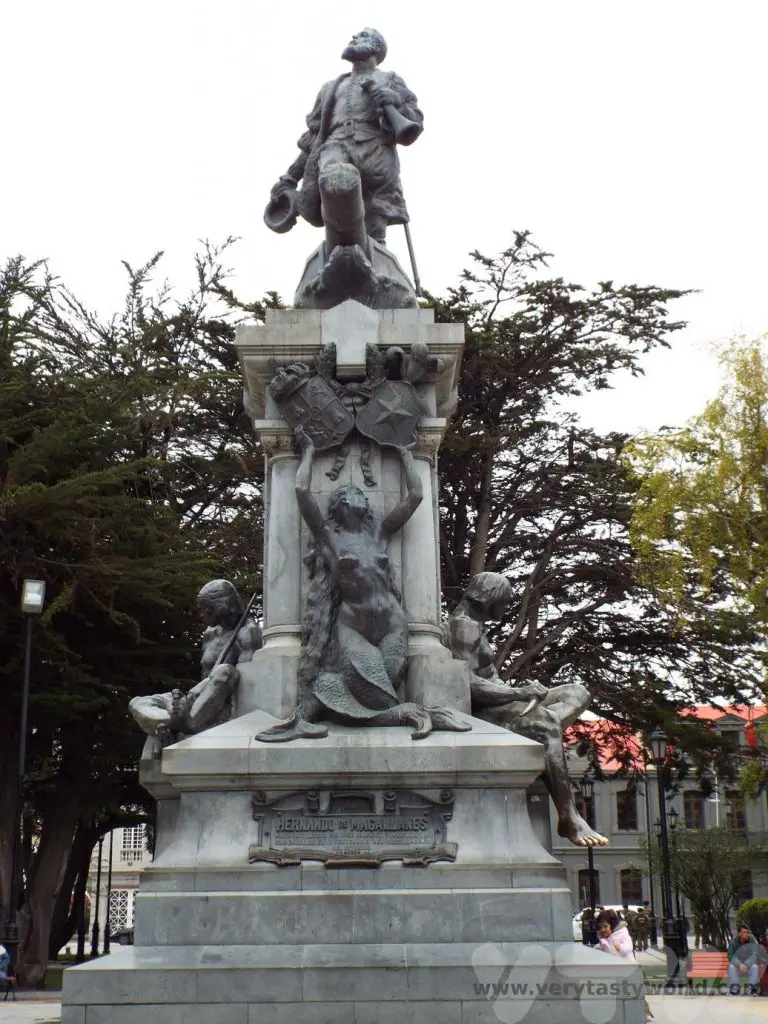
And a monument to famous Portuguese explorer, Ferdinand Magellan.
Foodie Recommendation: La Marmita, on Pl Francisco Sampaio 678, is an excellent restaurant to try local food. Guacano carpaccio, hare stew and Patagonia lamb were amongst the dishes we tried.
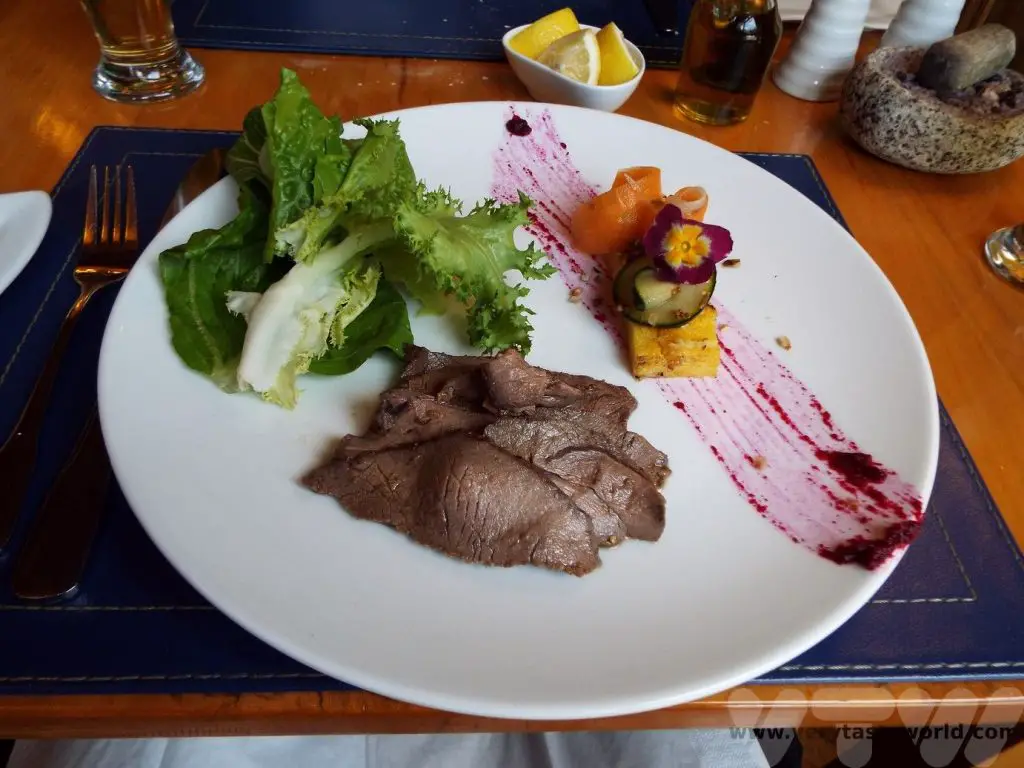
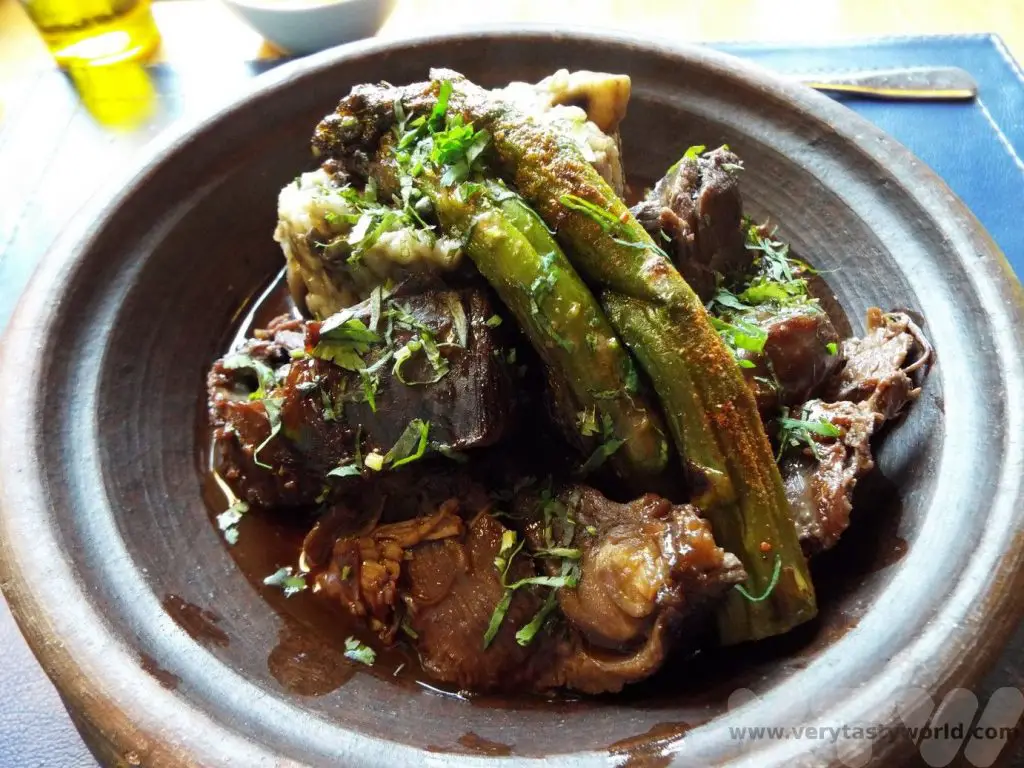
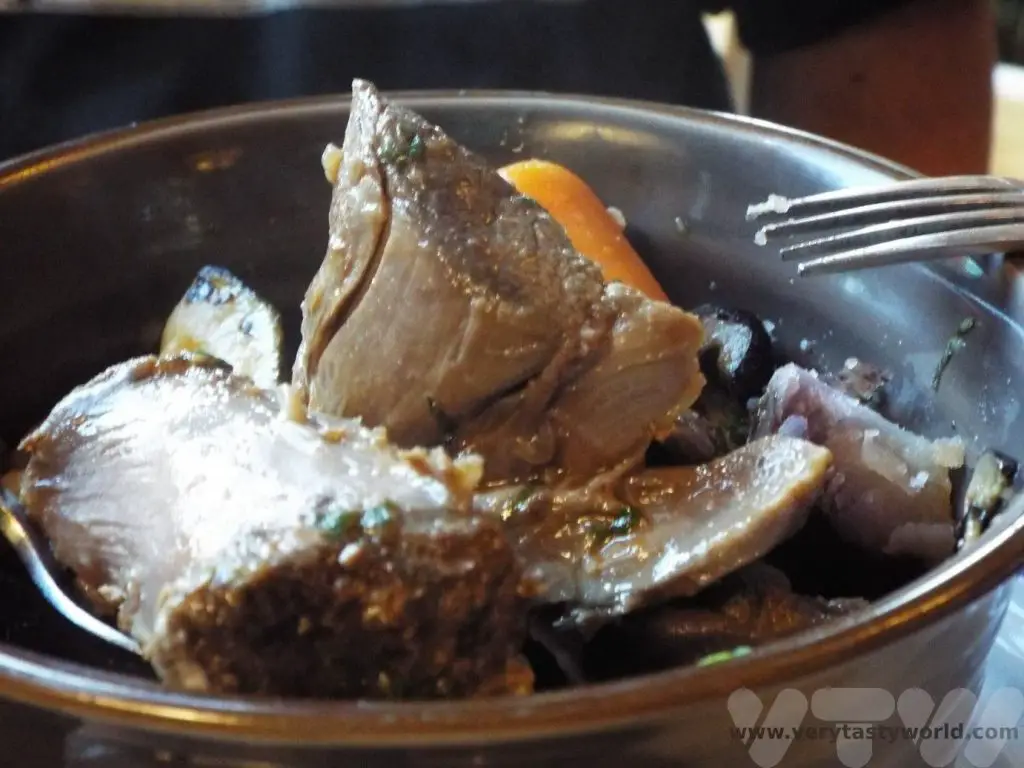
It’s more expensive than some of the other options but prices were reasonable, especially for the quality of the food. It’s popular so worth booking a table if you are likely to be eating in the evening. Don’t forget to try the local craft beer – there are a lot of varieties available and they are rather good.
Day 4 Penguin Excursion to Magdelena Island
You can’t come to Patagonia and not see penguins! One of the most popular things to do in the area is to take an excursion to Magdelena Island to see the Magellanic penguins. There are lots of tour operators who can arrange the excursion – many will offer a hotel pickup.
The trip involves a short drive to the coast where you will pick up a boat that will take you to Magdelena Island, which is located in the Strait of Magellan around 35km from the mainland.
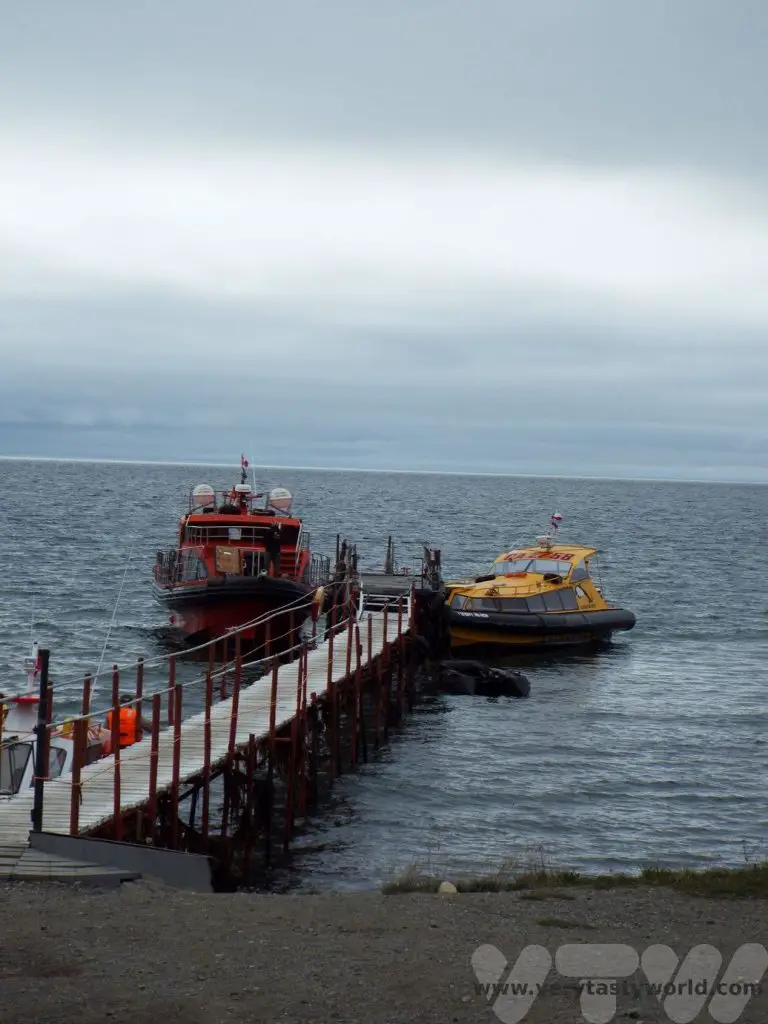
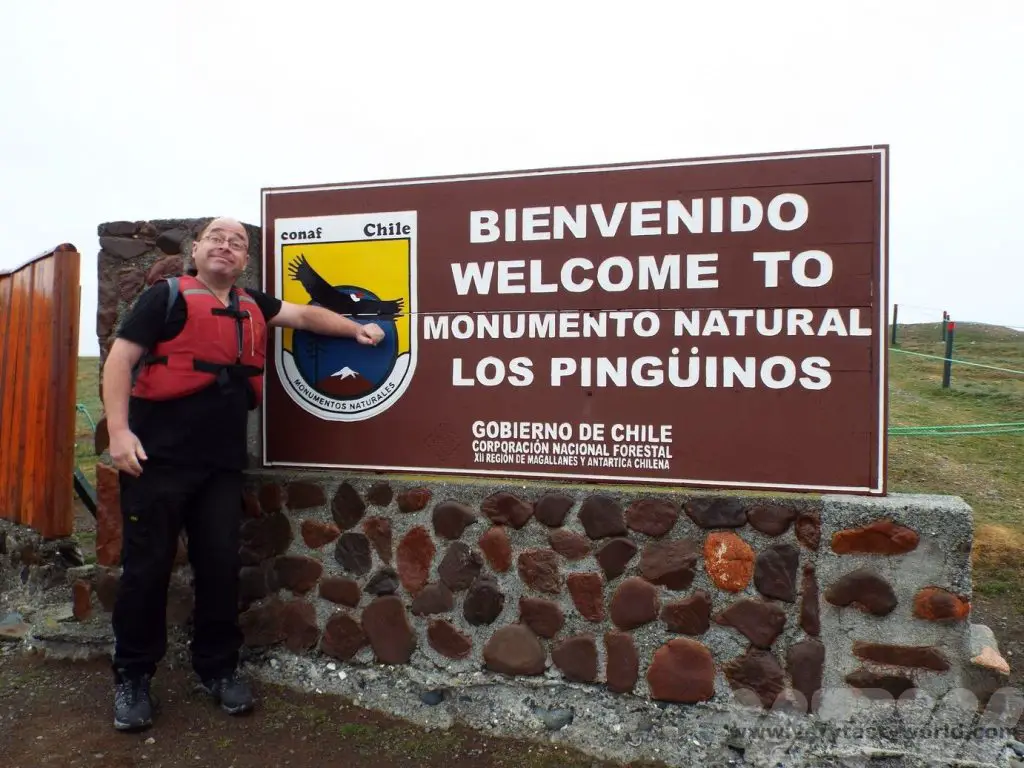
The island is inhabited by over 100,000 Magellanic penguins and a just few rangers, so you have an excellent chance of encountering them. In fact, you may well be able to get very close. You are asked not to approach or touch the penguins but they may well waddle over to you!
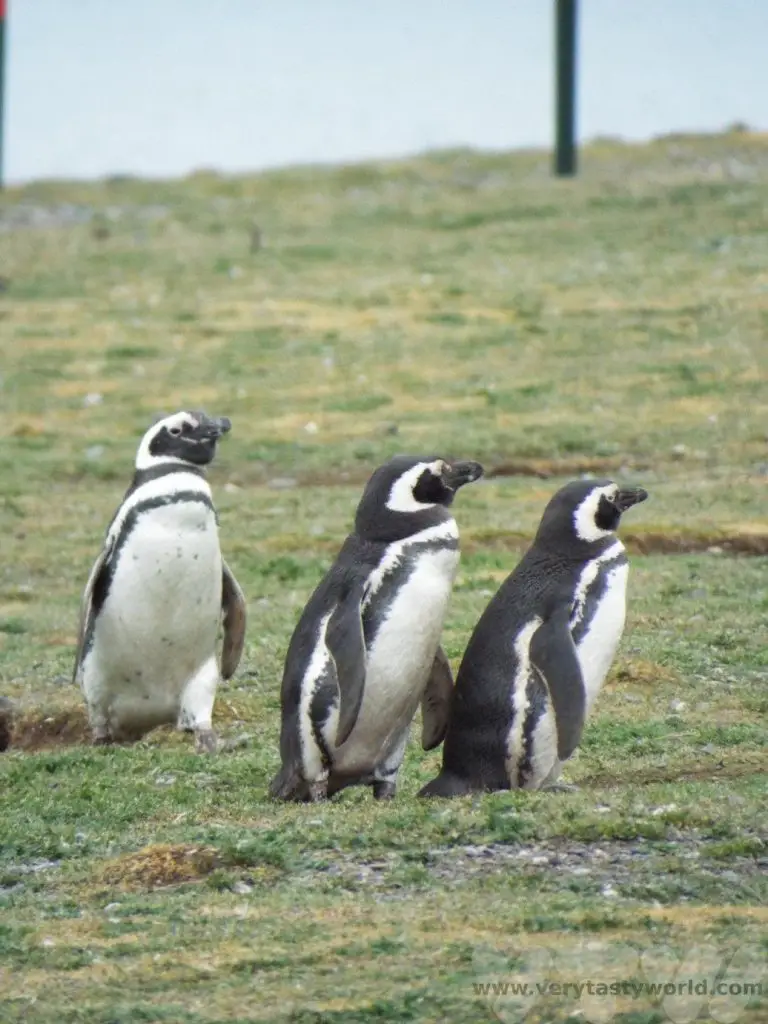
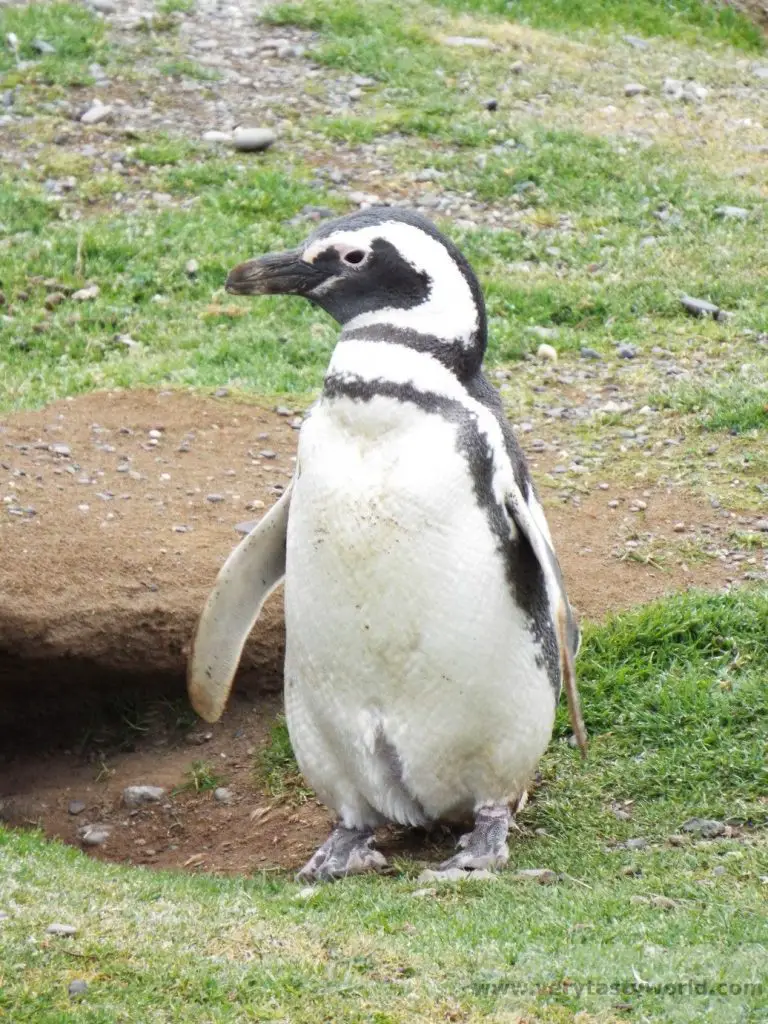
They build nests in the ground, so you have to follow a clearly marked set route as you walk around the island. Nesting season is from October to March.
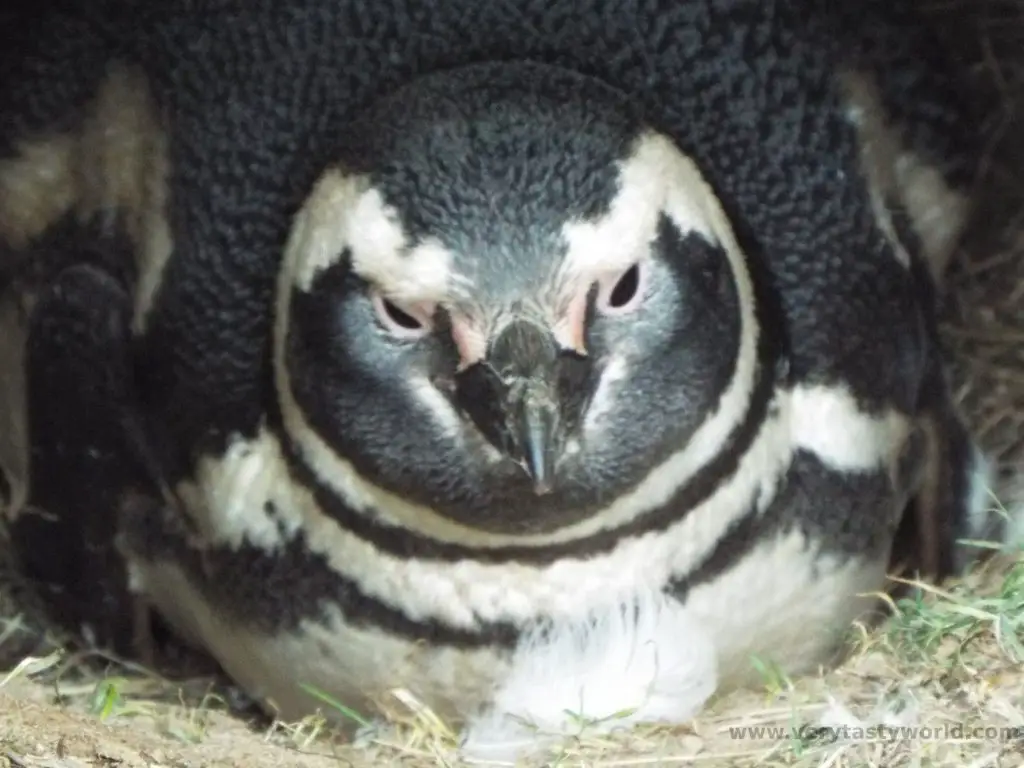
After around an hour walking round the island, it’s back on the boat to pass by Isla Marta to view the sealions, posing proudly on the shore and occasionally having a territorial spat.
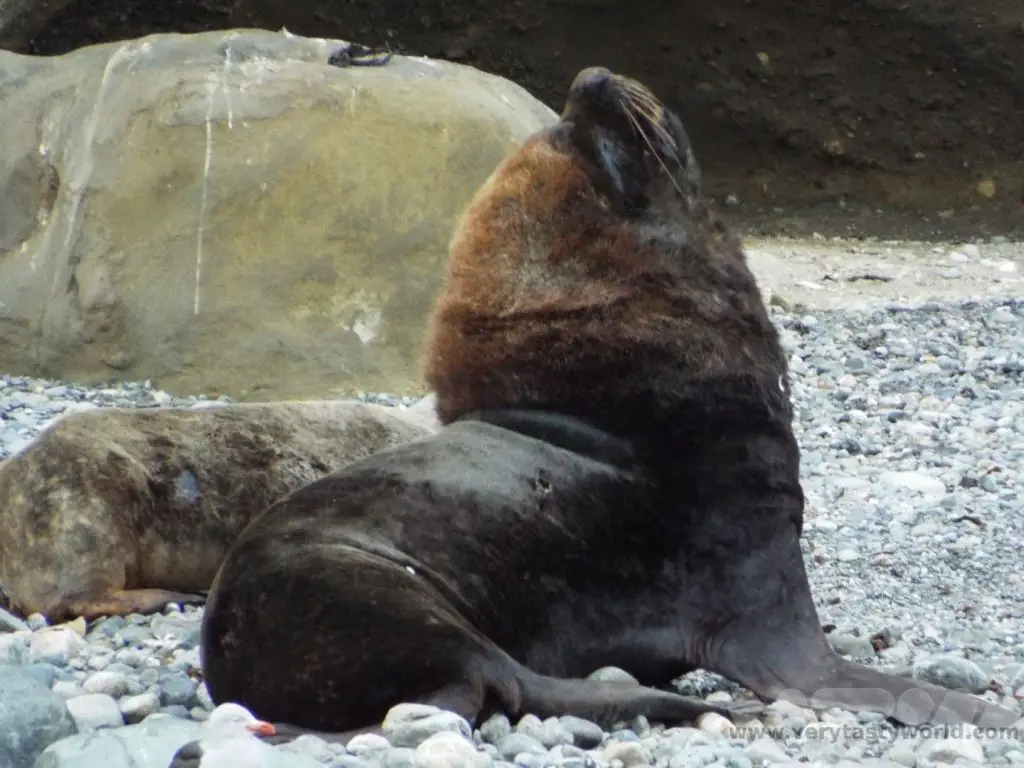
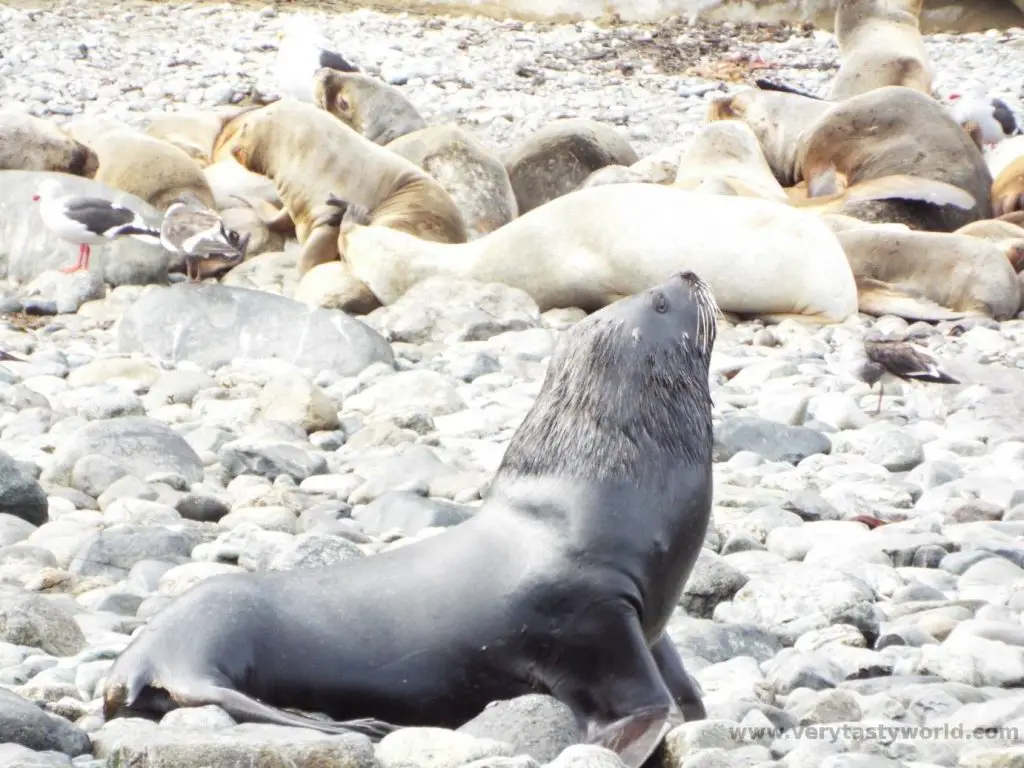
There are alternative excursions available to see King Penguins on the Tierra del Fuego island. It’s a long day – a much further drive and you can’t get so close to the penguins, but if you’re passionate about penguins, it’s worth considering. We loved being able to get so close to the little Magellanics.
Day 5 Bus to Puerto Natales (4 hours)
The bus station in Puerto Arenas is located in the centre of town, so it’s easy to pick up the bus for the drive to Puerto Natales. This is a small port town which is quiet but friendly. It is the main stopping point for the Torres del Paine National Park so is geared for tourists and has plenty of hostels and restaurants.
There is a lovely walk along the waterfront with the majestic mountains providing a backdrop.
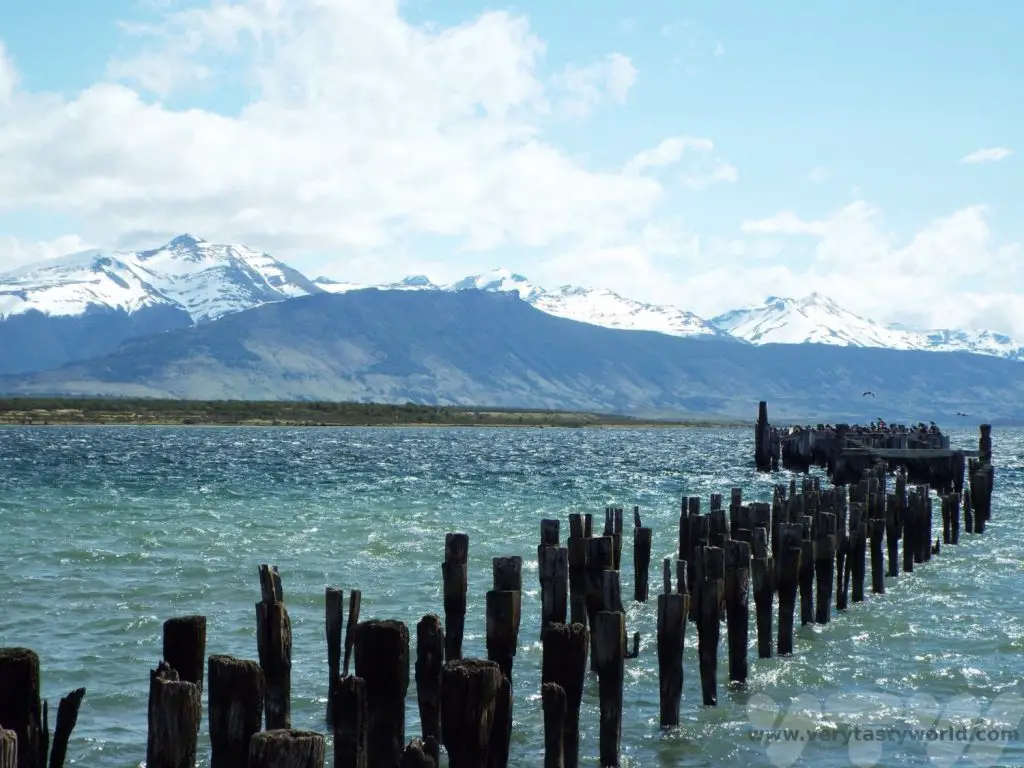
Foodie Recommendation: Make sure you enjoy some of the seafood at the plentiful restaurants in the town. The crab is particularly good.
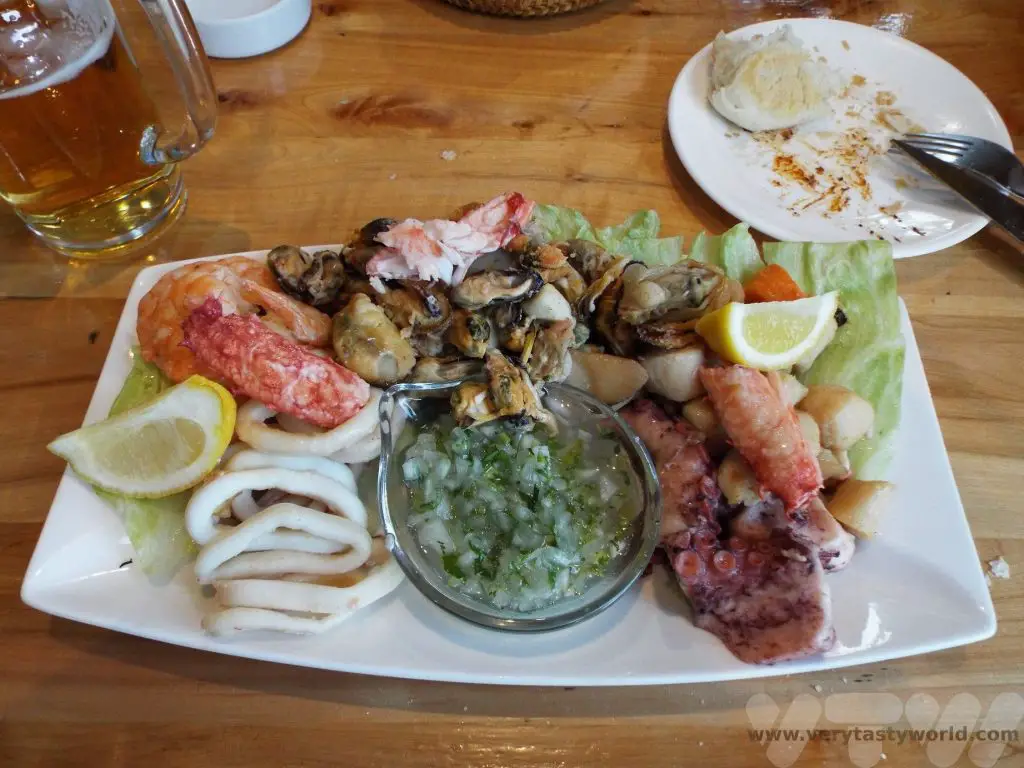
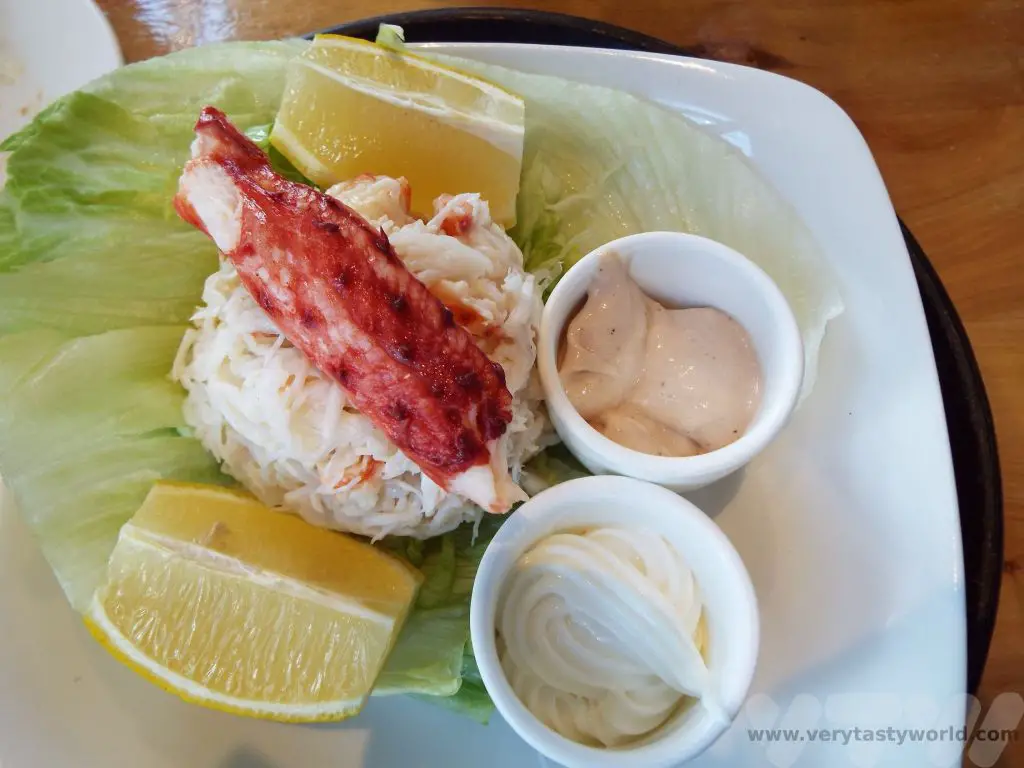
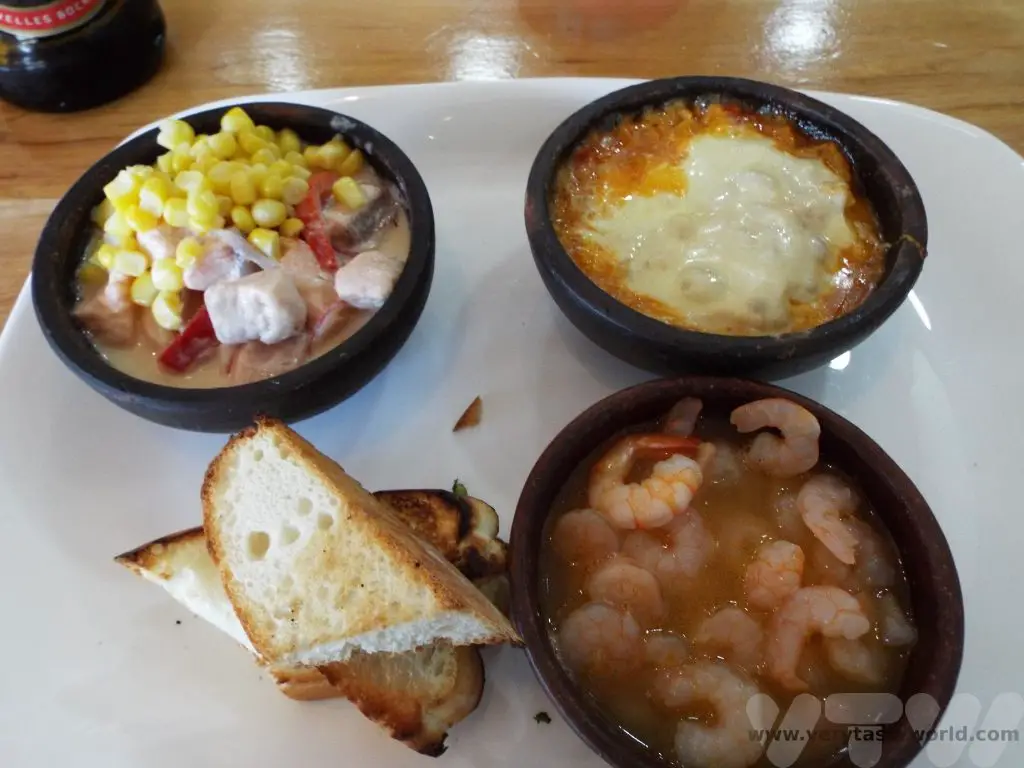
Day 6 Drive to Torres Del Paine
Although tour options such as coach trips are available in Puerto Natales (and indeed from Punta Arenas) we recommend hiring a car to explore this most spectacular region. There are a number of hire car companies in Puerto Natales – just remember to bring your driving licence and an international driving licence. You can travel at your own pace. Driving is very easy on clear roads (follow route 9) and you can choose your route and take your time to stop off at the many gorgeous attractions in the area. Depending on which entrance you decide to drive to the journey should only take a couple of hours, leaving you plenty of time to explore the park.
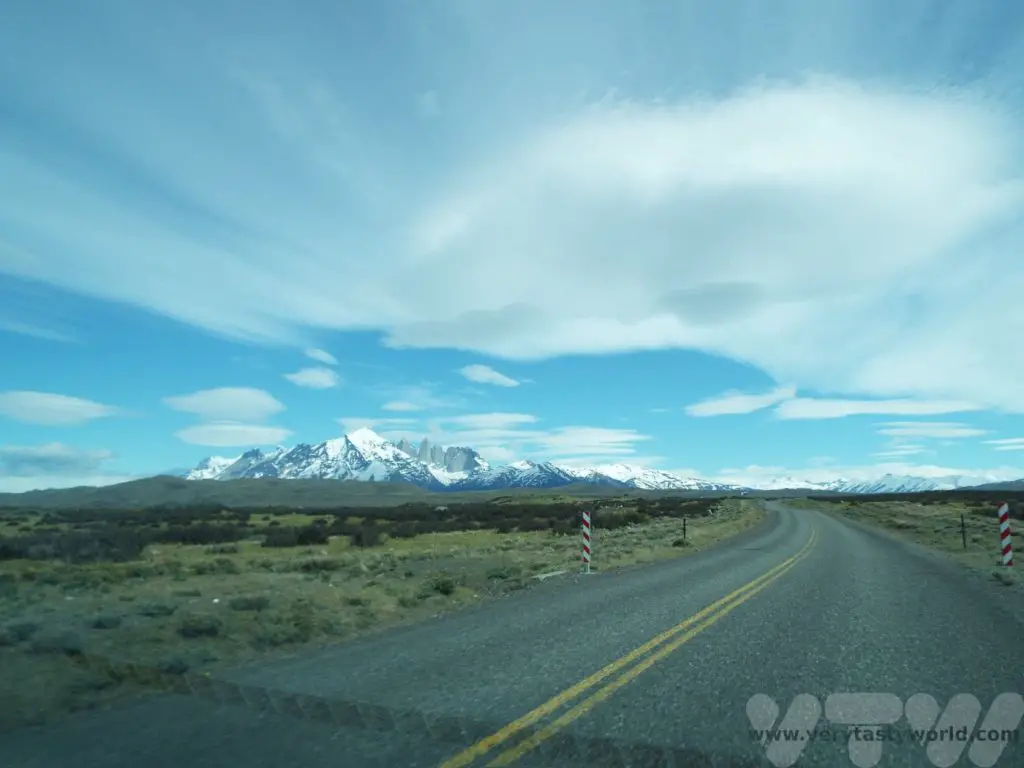
Days 7-8 Torres Del Paine
We have a full post about visiting Torres Del Paine. This wild, windy and wonderful wilderness was one of the highlights of the trip. You will need a ticket to enter the park and you have to register with the park authorities when you arrive.
Some of the main attractions include:
Lago Grey – Grey lake which is fed by Grey Glacier. You can walk a trail onto the strangely beautiful beach. Icebergs that have broken from the glacier contrast with the stark grey of the lake.
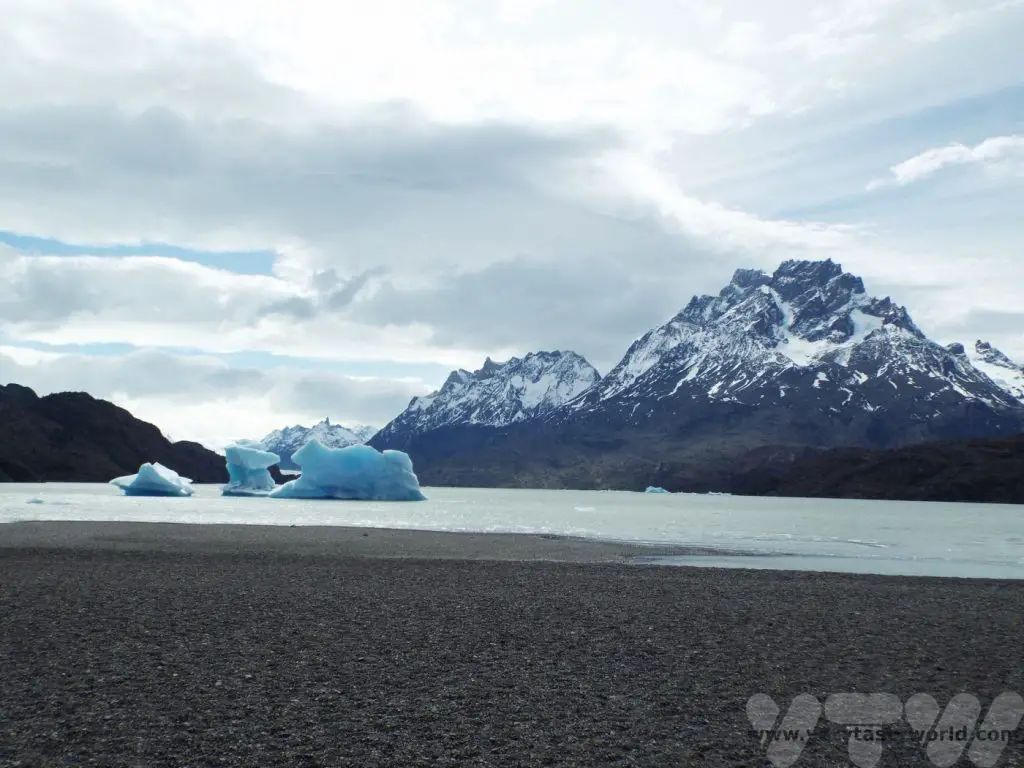
Salto Grande Waterfall
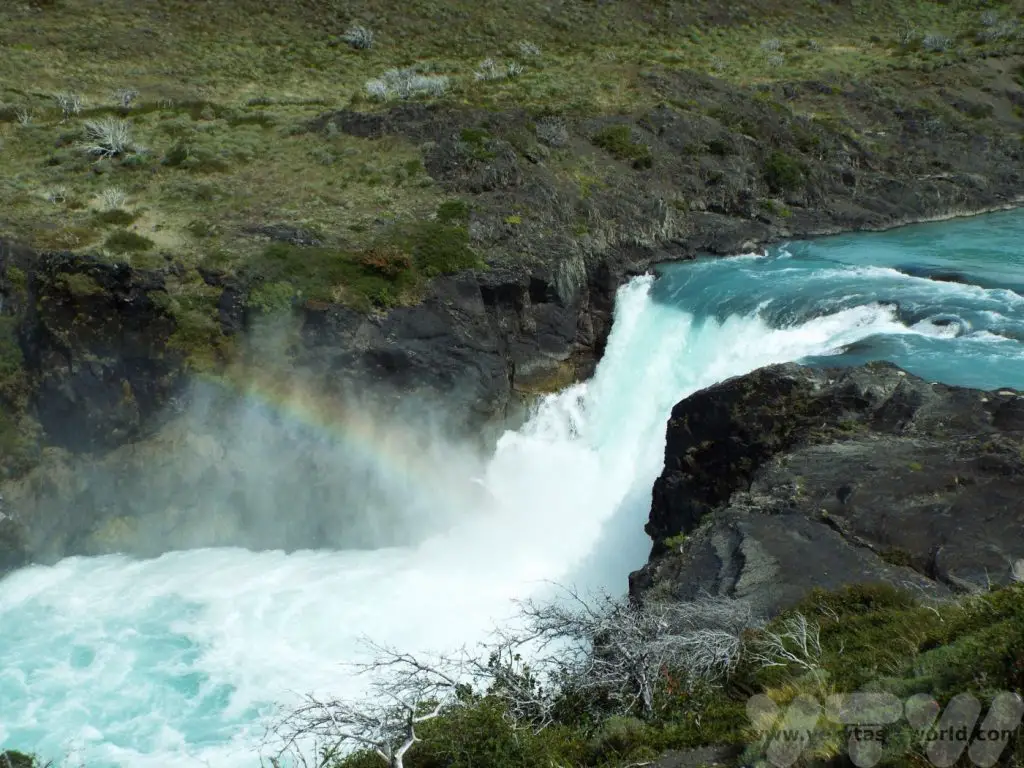
Laguna Azul
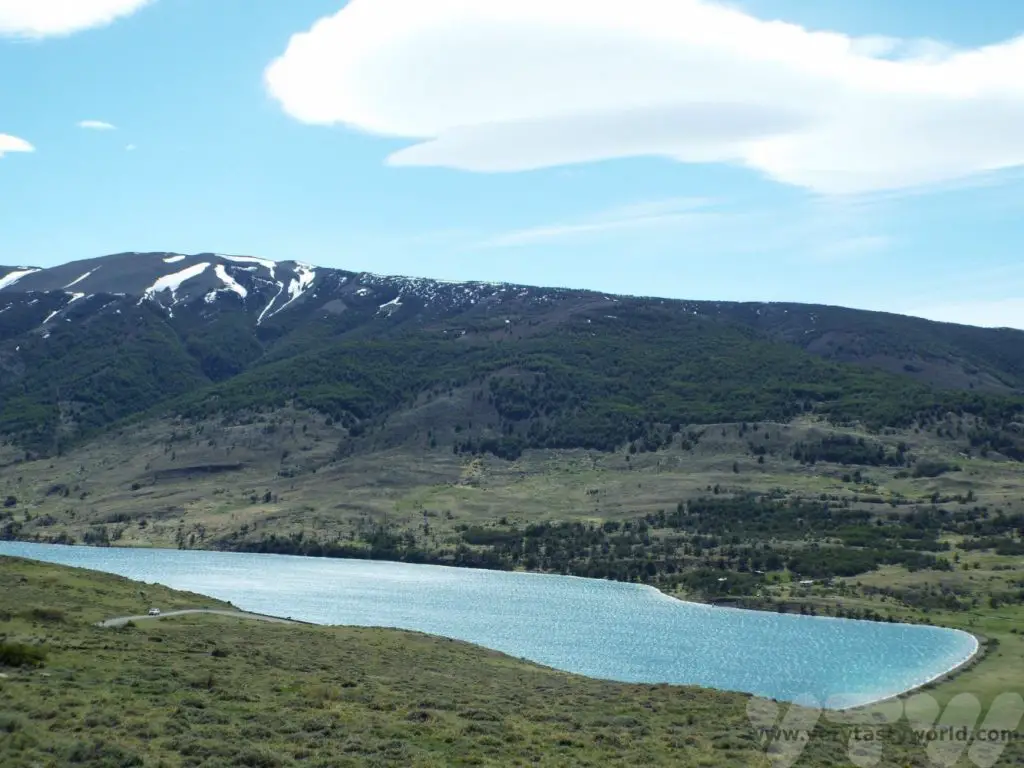
You may want to hike to the famous Base de Torres. This is a seven-hour round trip so is possible to do in a day.

There is also plenty of interesting wildlife to see. You will be certain to see guanacos but maybe you will get lucky and see a large flightless rhea or even a puma!
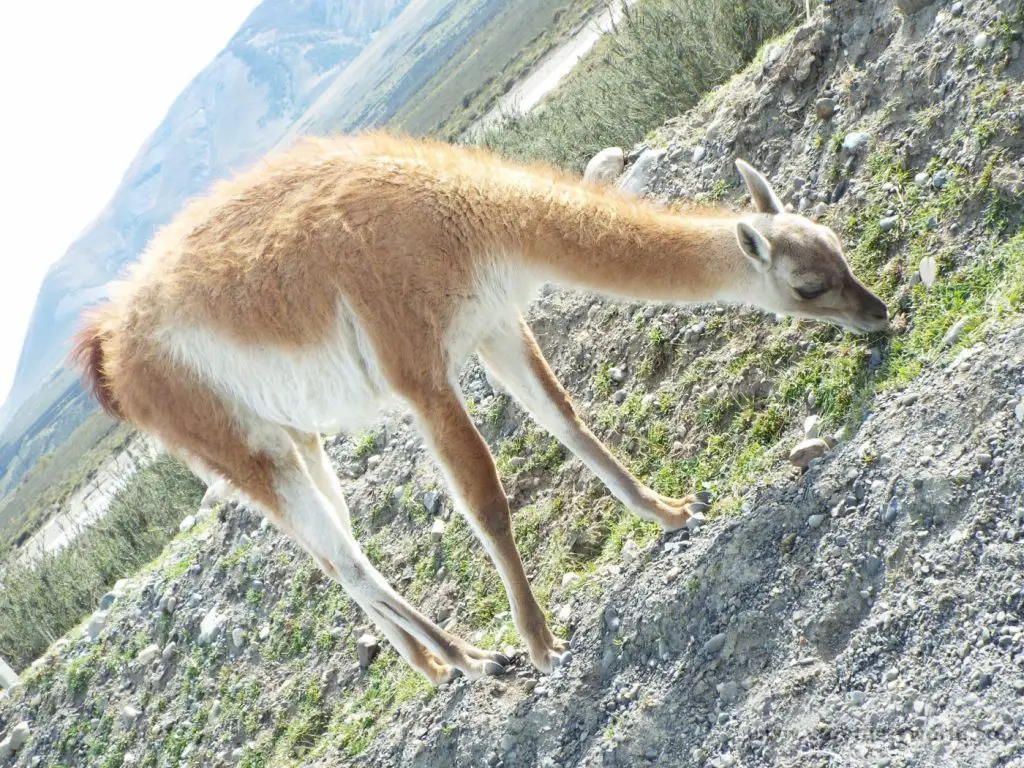
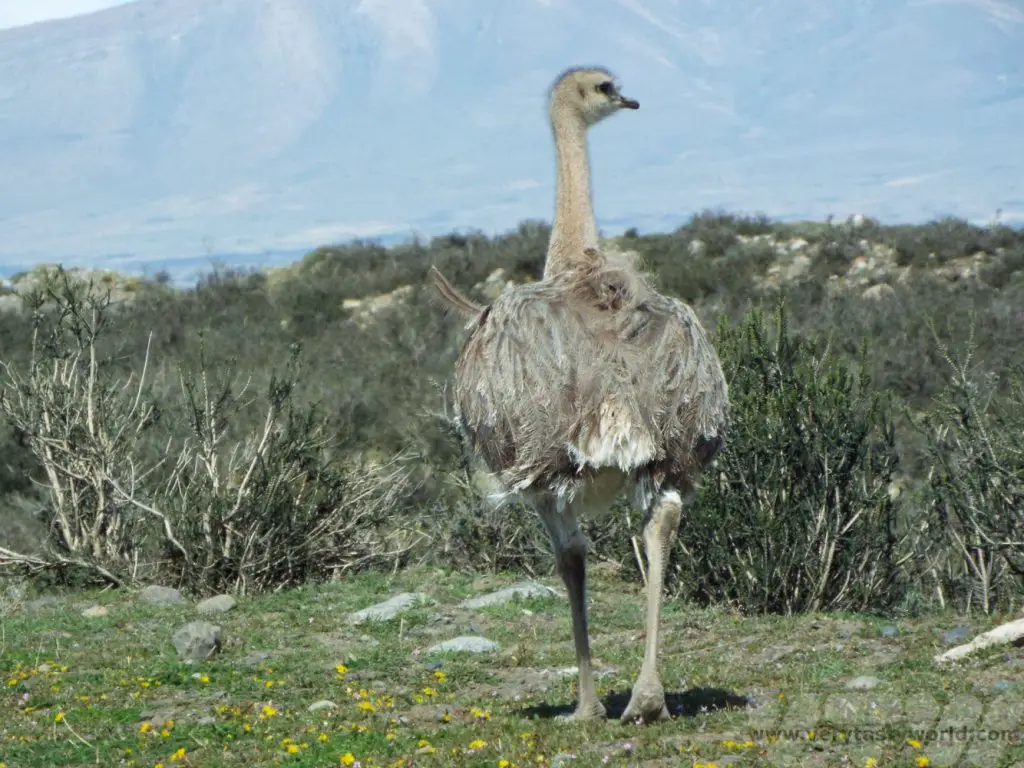
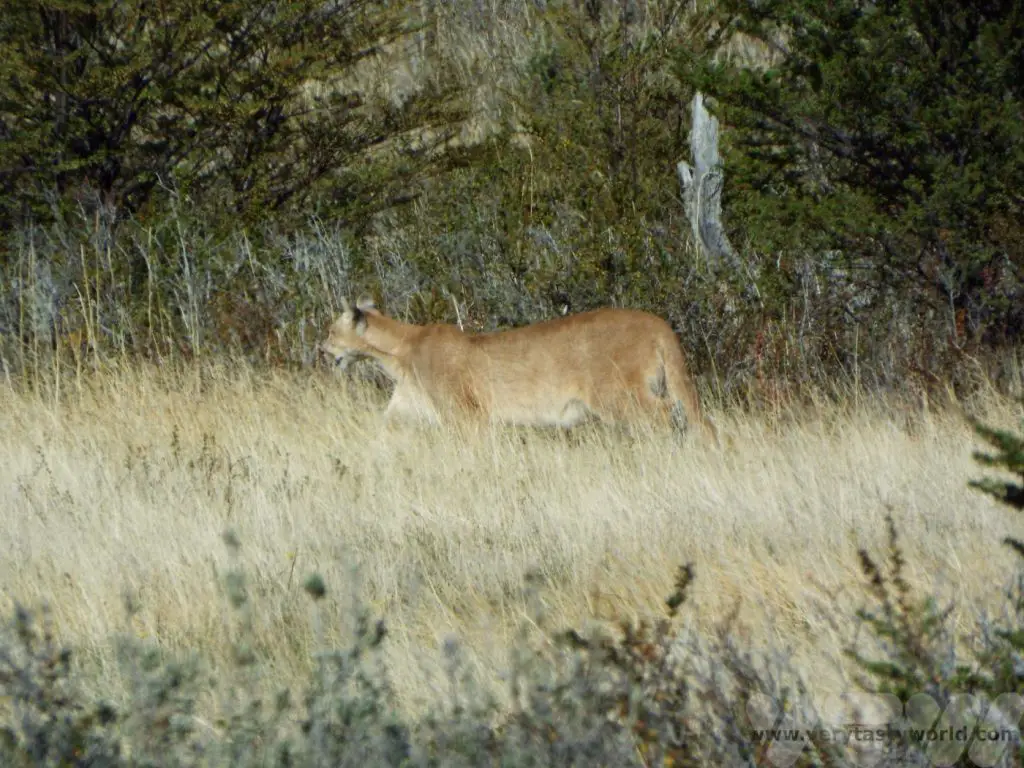
There are plenty of attractions to explore and hikes to enjoy, but make sure you have enough time to return the car to Puerto Natales.
Day 9 Bus to El Calafate (7 hours including the border crossing)
This is the longest bus journey and involves crossing the border from Chile into Argentina. The crossing takes a little time but is very straightforward. As you leave Chile, everyone troops off the bus, queues inside a little hut to get their passport stamped and jumps back on the bus. You will then drive a few hundred metres to the Argentina side whereupon everybody troops off the bus, queues inside a little hut to get their passport stamped and jumps back on the bus.
Don’t forget to keep your passport with you. It’s always good practice to carry it on your person instead of packing it into your luggage. Before you travel it would be wise to check whether you need any visas to enter Argentina.
El Calafate is a town that is often called the ‘gateway to Los Glaciares National Park’ as this is the primary draw for visitors.
There are lots of tour companies in town which can offer excursions. We recommend spending at least a couple of days here, particularly taking a boat trip to the Los Glaciares lake and another day visiting the stunning Perito Moreno glacier.
There are some things to do in El Calafate itself. It has a bird sanctuary, Laguna Nimez Reserva, which has some 80 different species of bird to see – local and migratory species. You pay a small fee and can walk around the lake. Binoculars and bird guides are available. If you’re lucky you may see some flamingos!
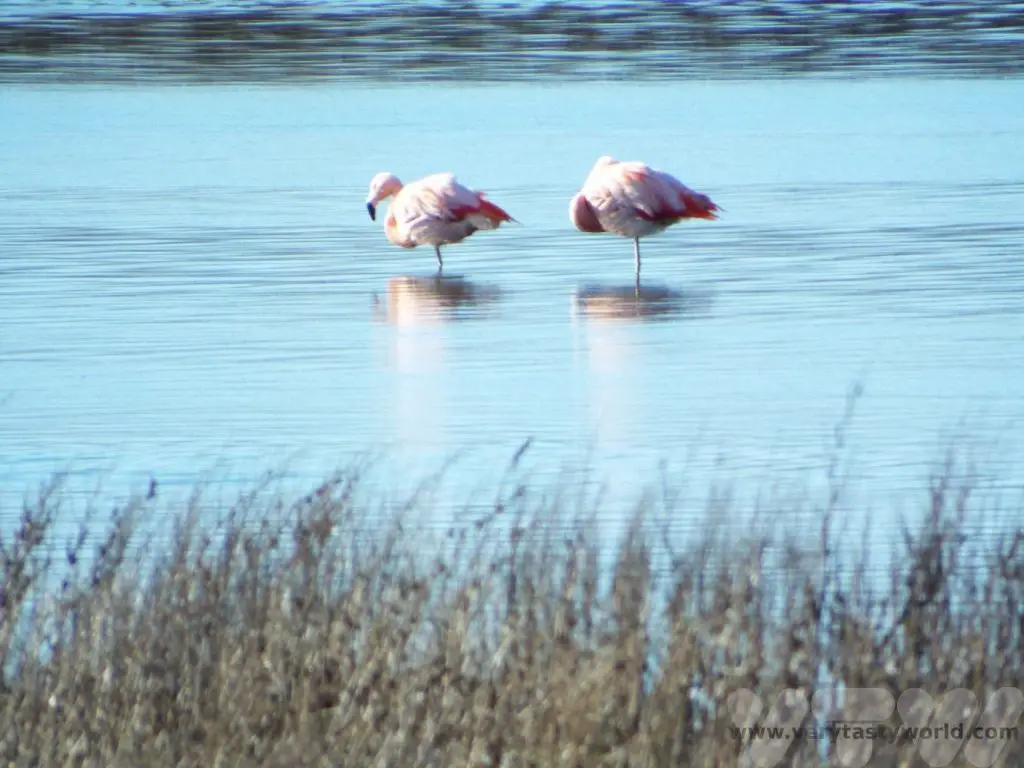
The Centro de Interpretación Histórica is a small but fascinating museum which showcases fossils, particularly of giant mammals that roamed the earth several millennia ago around the time of the last ice age. It’s a really friendly place to visit and you can enjoy a free cup of mate (pronounced matay) – a herbal infusion that is enormously popular throughout Argentina – indeed it’s the country’s national drink.
Just out of town is the Glaciarium, a museum inside a beautifully designed building, which is an impressive education centre focussing on glaciers and ice.
Foodie Recommendation: Vegetarians look away now. Meat eaters – you can’t come to Patagonia and not taste Cordero a la Estaca. This is Patagonian lamb slow roasted for hours on a spit above the flames of the fire. Because it is cooked on a vertical spit, the fats and juices from the cooking flow back into the meat constantly basting it and enhancing its flavour. It literally falls apart when it is served. If you go to a restaurant you are quite often given free bread with the meal – we found this offered more than enough carbs and was perfect for soaking up those luscious lamby juices.
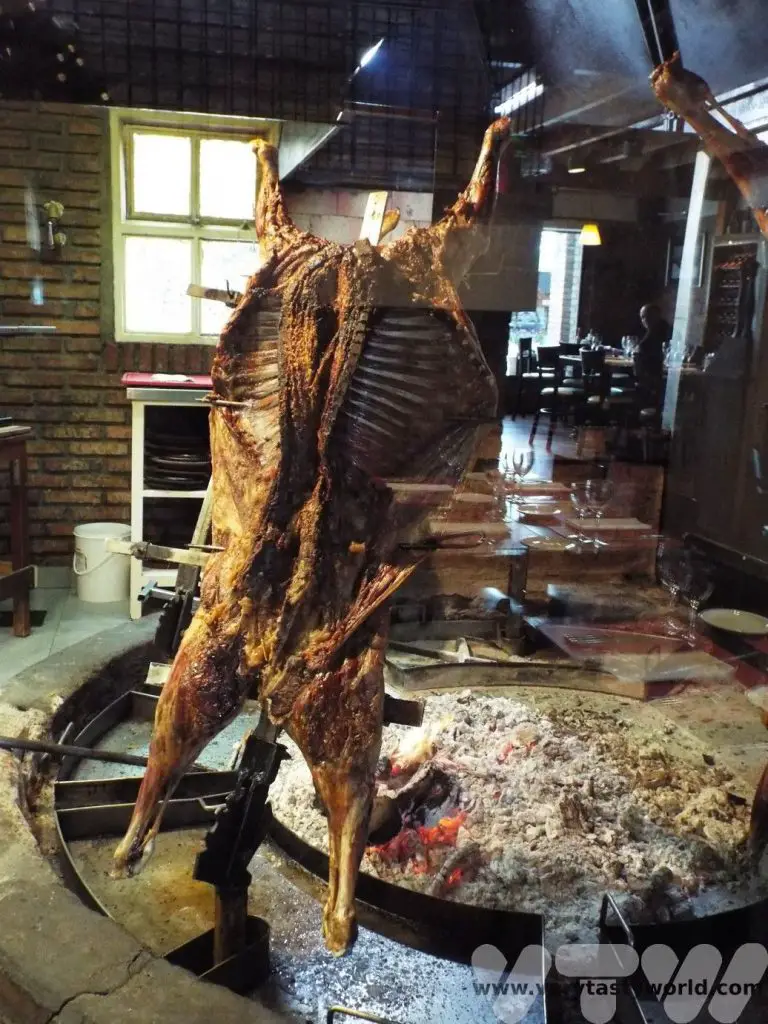
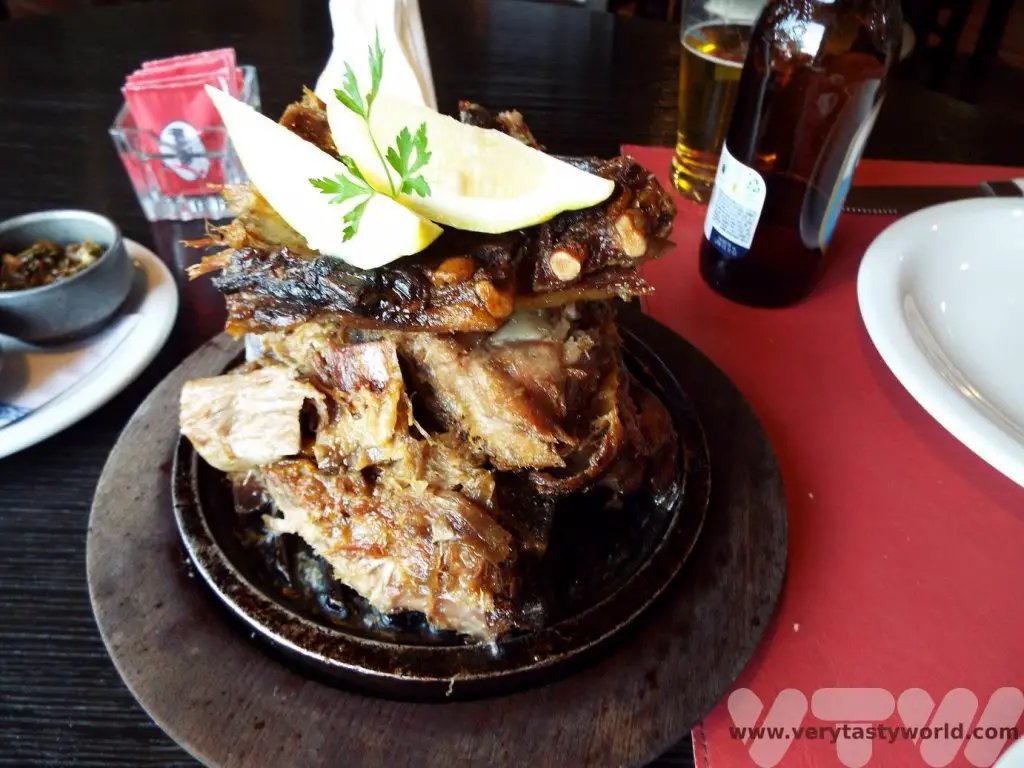
The meat is great quality and utterly sumptuous. However, after a few days in the area we did find ourselves craving salad! (And it was available.)
It has to be said that good dining is more difficult – but not impossible – in Argentina if you don’t eat meat.
El Calafate also – curiously – has a sushi restaurant of all things! Well, we had to try sushi at 50 degrees south of the equator! We received a welcome from the friendly proprietors and, although the sushi was very much adapted to local tastes (salmon with cream cheese) it was tasty.
Day 10 Los Glaciares Boat Trip
As its name suggests Los Glaciares is a national park which is not only stunningly beautiful but is a place where you can really get close to the many glaciers of the region. A UNESCO site, thirty percent of this region is covered in ice and the park contains the world’s third largest ice sheet after Antarctica and Greenland. It has more than 40 glaciers in the area.
The first day involved a boat trip across the azure waters of Lago Argentina. Hotel pickups are available and you drive around 50km to Puerto Bandera to catch the boat.
The boat accommodates around 100 passengers. It travels across the lake towards the north channel to the Upsala glacier, South America’s largest ice sheet which is 50km long and 10km wide.
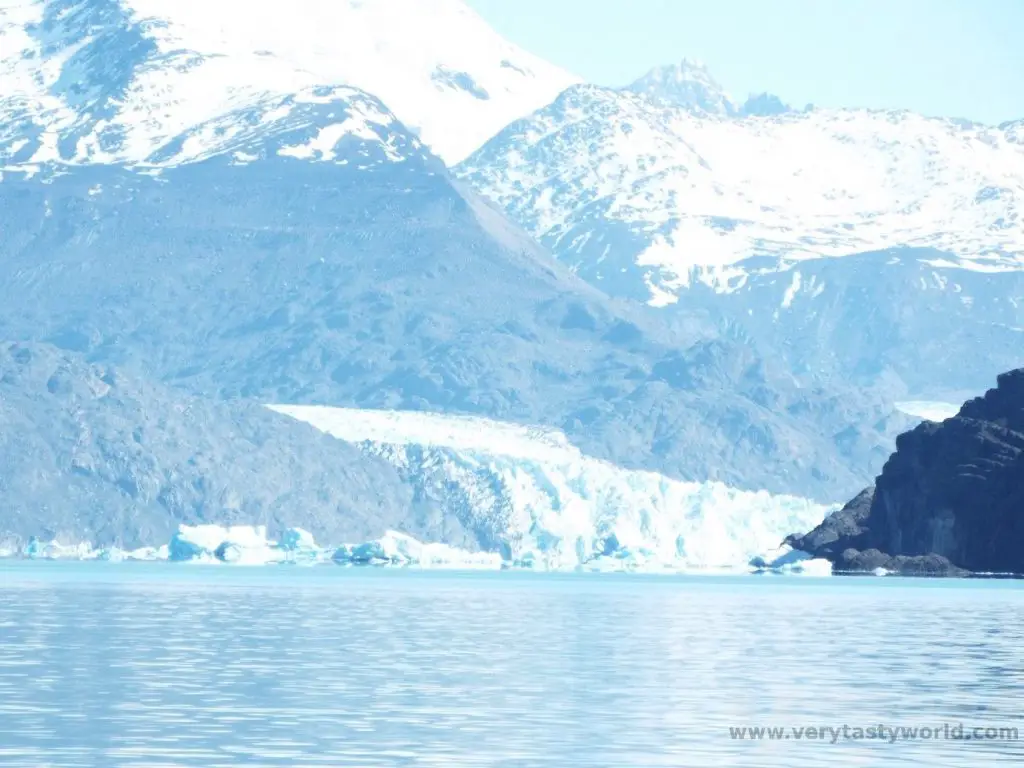
Icebergs regularly calve from the glacier and float serenely across the lake.
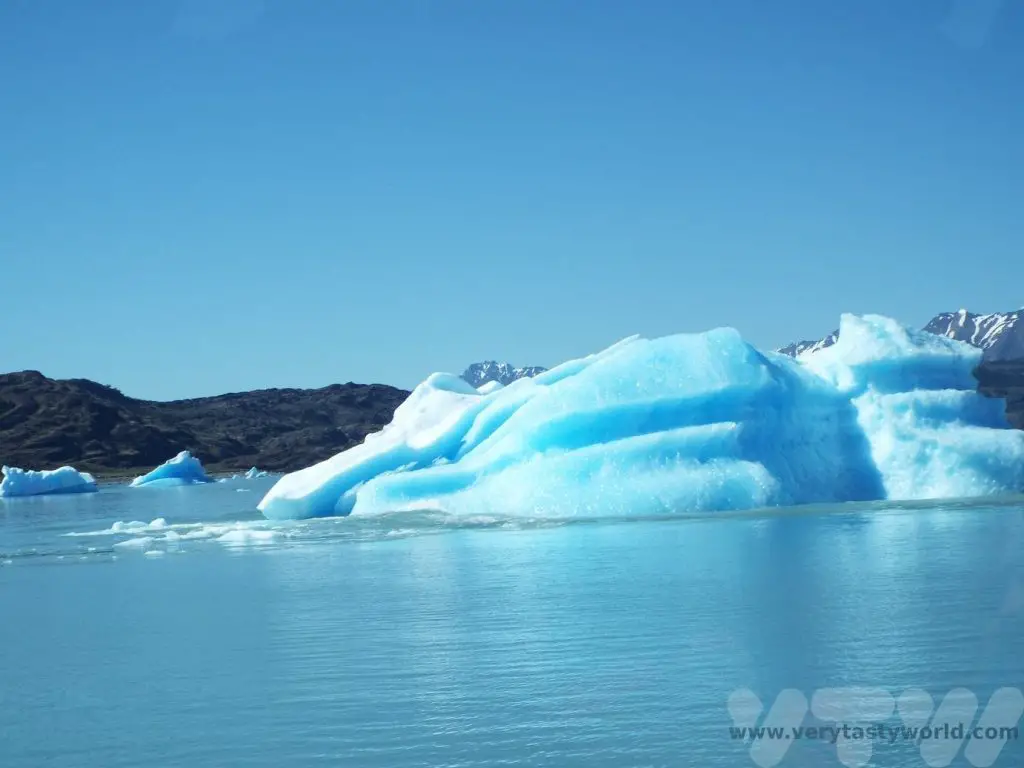
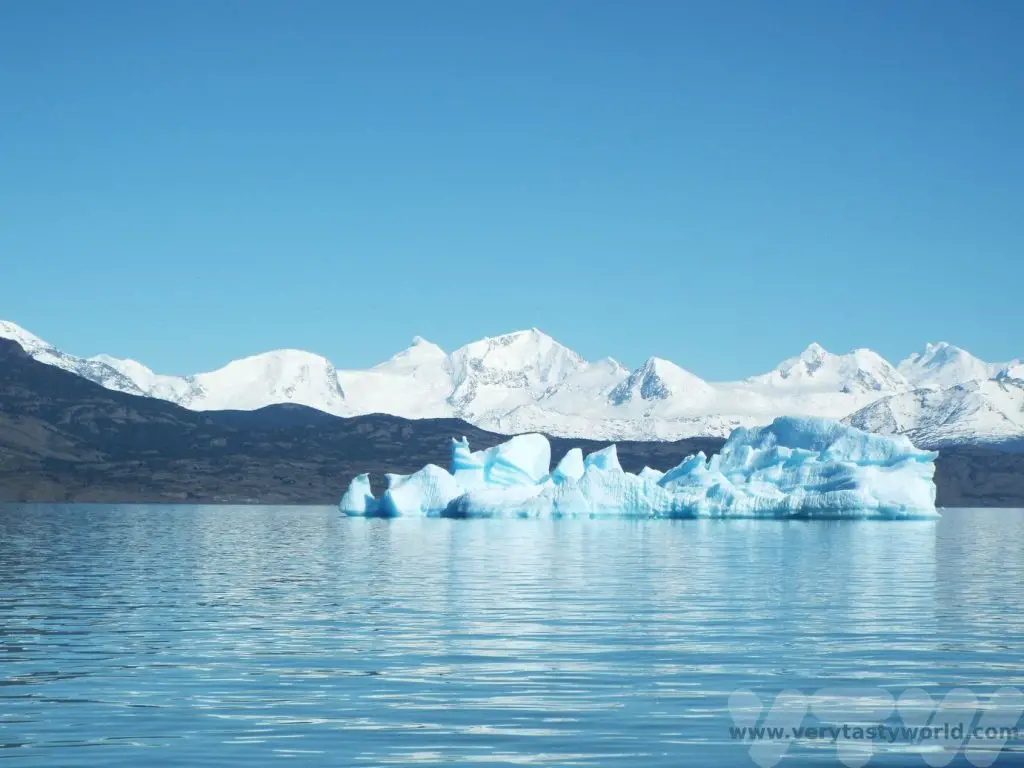
Cruising along the coastline you can see how the glaciers have slowly but surely shaped the landscape.
The next glacier is the Spegazzini. It’s just 1.5km wide but is incredibly tall.
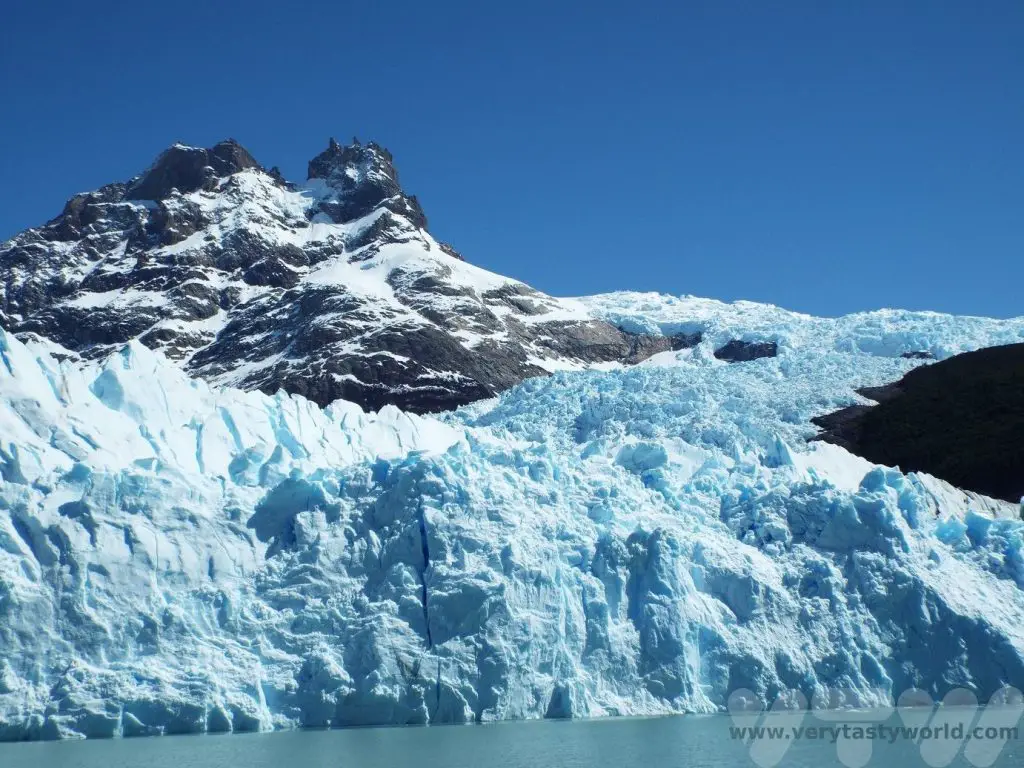
Day 11 Perito Moreno Glacier Day Trip
What can beat viewing spectacular glaciers? Walking on a spectacular glacier, that’s what! The following day we enjoyed a visit to the Perito Moreno glacier where we could don crampons and walk on the ice.
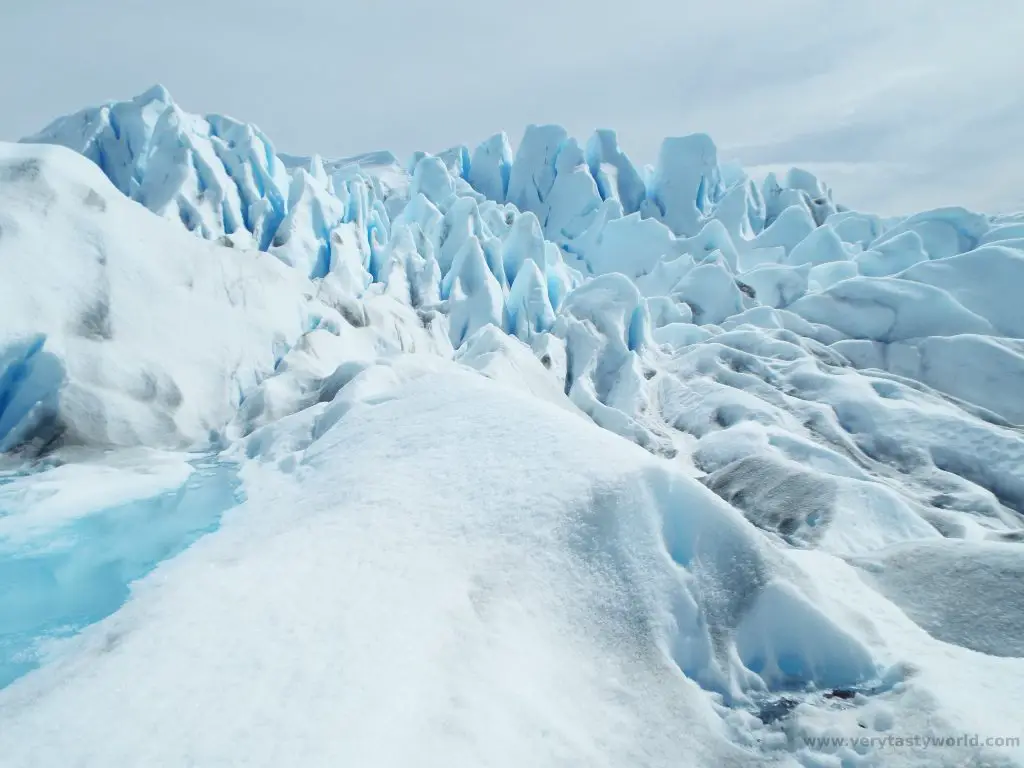
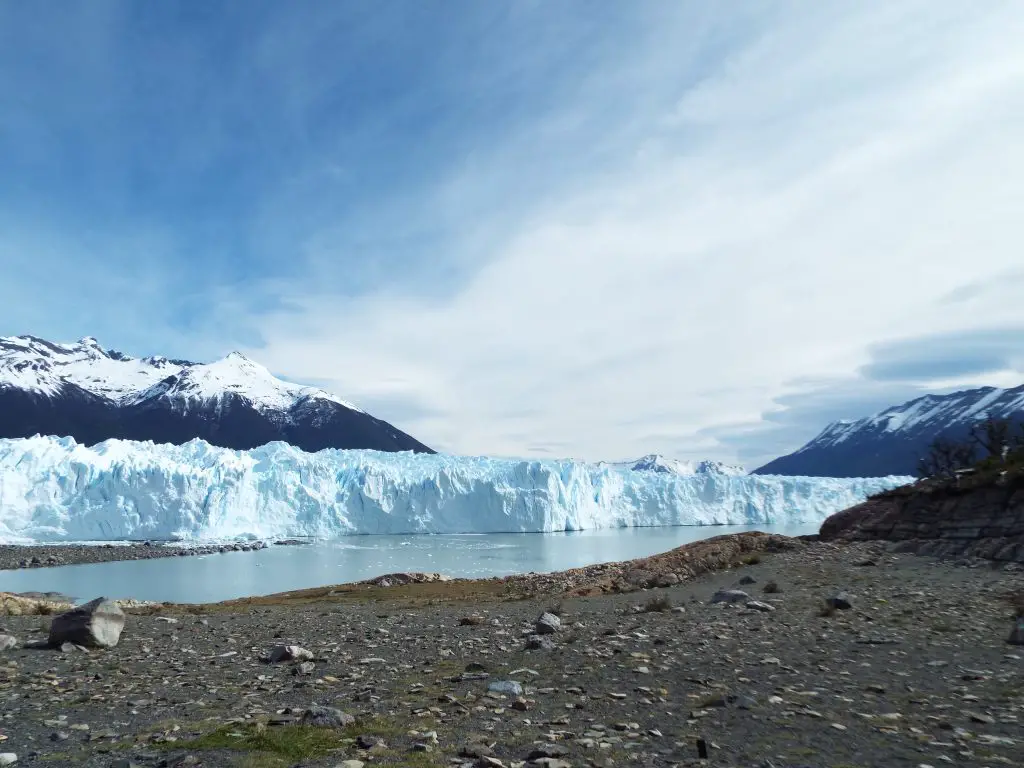
There are various options from a couple of hours’ trekking to the Big Ice, an 8 hour full-on hike right onto the glacier.
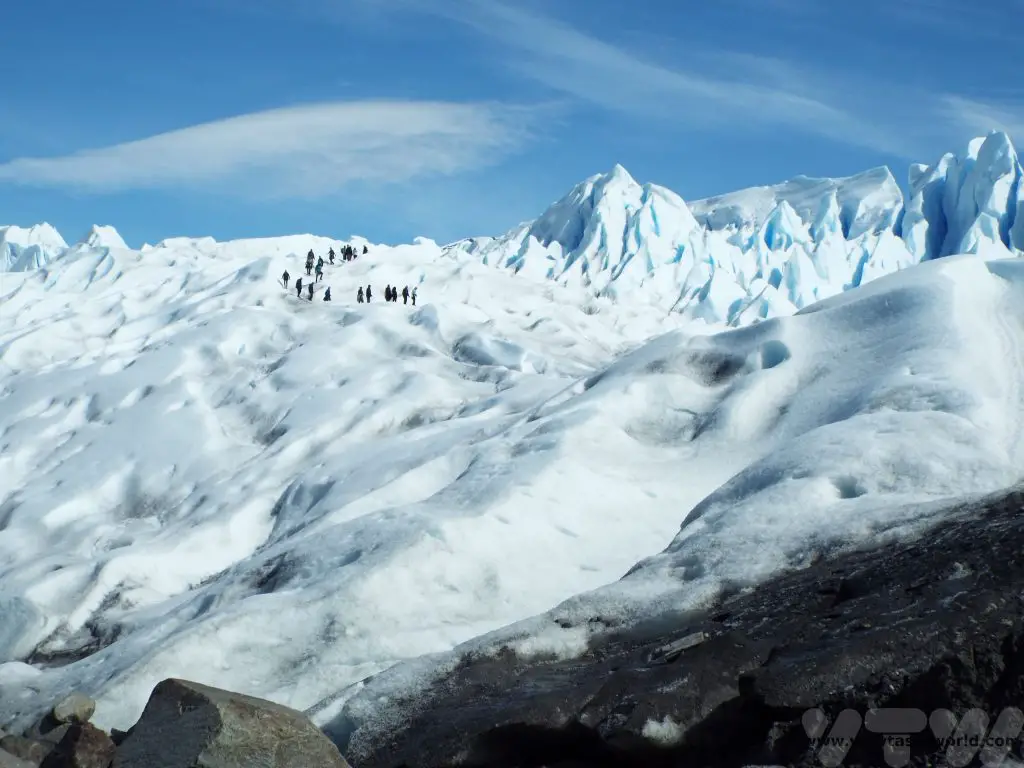
The shorter visits are well worth doing. And there’s a treat at the end. You can read about the full details about hiking the Perito Moreno, including what clothing to wear, in this post.
Because this glacier is accessible by land there is also a viewing platform and boardwalk. So even if you don’t want to trek on the glacier it is possible to admire it. The boardwalk area has a restaurant and bathrooms.
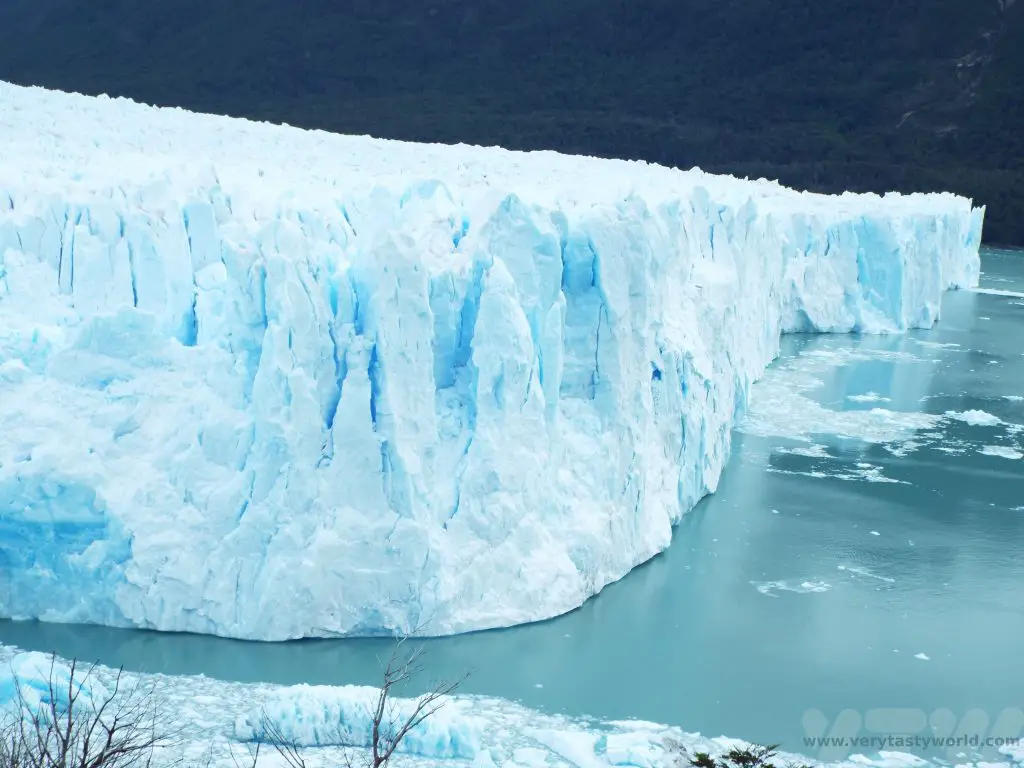
Note: You need to pay a fee to enter Los Glaciares National Park each time and this usually isn’t included in the cost of a tour. As at 2023, the cost is $10,000 AR. We paid in cash, so it’s worth making sure you have enough money with you.
Day 12 Bus to El Chalten (3.5 hours)
Depending on where your hotel is located, the bus station is a short, cheap taxi ride away from the bus terminal on C510, and from there you can catch a bus to El Chalten. It’s around a 3-3.5 hours journey but the scenery is just lovely. When you arrive, the bus stops briefly by the tourist information hut, which is located just out of town. Here you can get a hiking map and briefing about the area in English or Spanish. Then hop back onto the bus for the three-minute drive across the pretty river to the terminal. El Chalten is a very small town and many hotels/hosteria are within walking distance of the bus terminal, but plentiful taxis are available if needed.
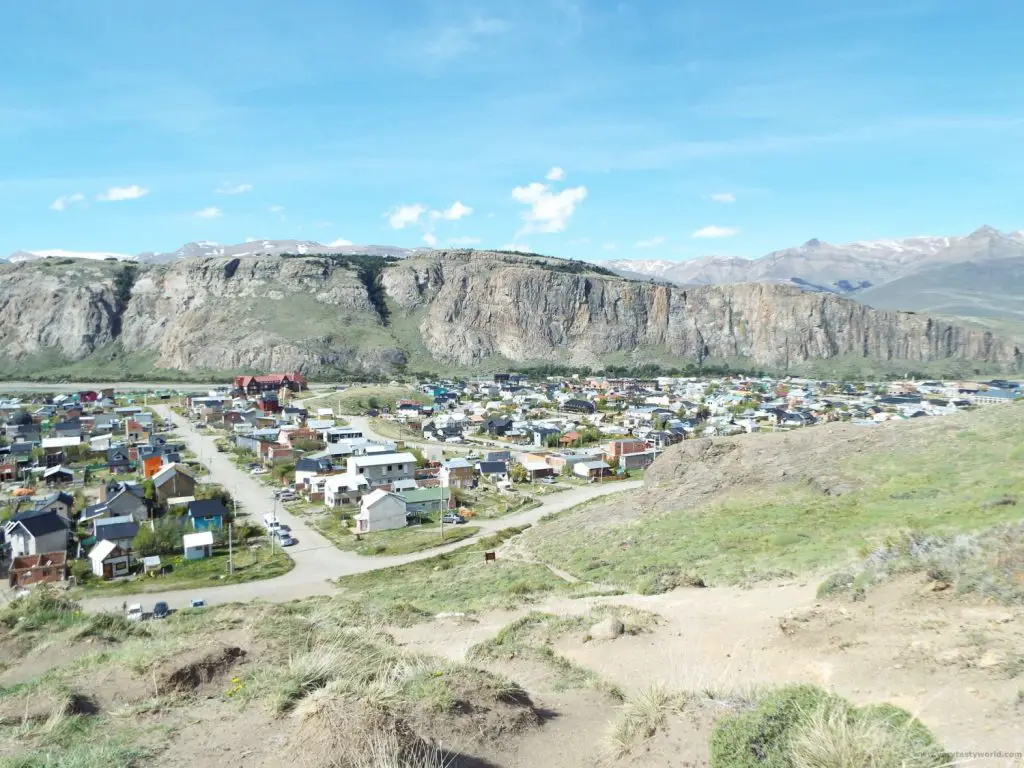
Day 13 Hiking in El Chalten
El Chalten is a hiker’s haven and a climber’s paradise. There a loads of trails in the area, ranging from easy to challenging amidst stunningly beautiful scenery. There are many serious climbers who want to attempt the granite heights of the Fitz Roy Massif, but there are some fantastic walks for casual – and significantly less ambitious – hikers. The weather can be very variable and some paths may be closed off for safety reasons if the wind is howling more than usual – and it howls a lot! But even the easier walks are guaranteed to offer great hiking in gorgeous scenery.
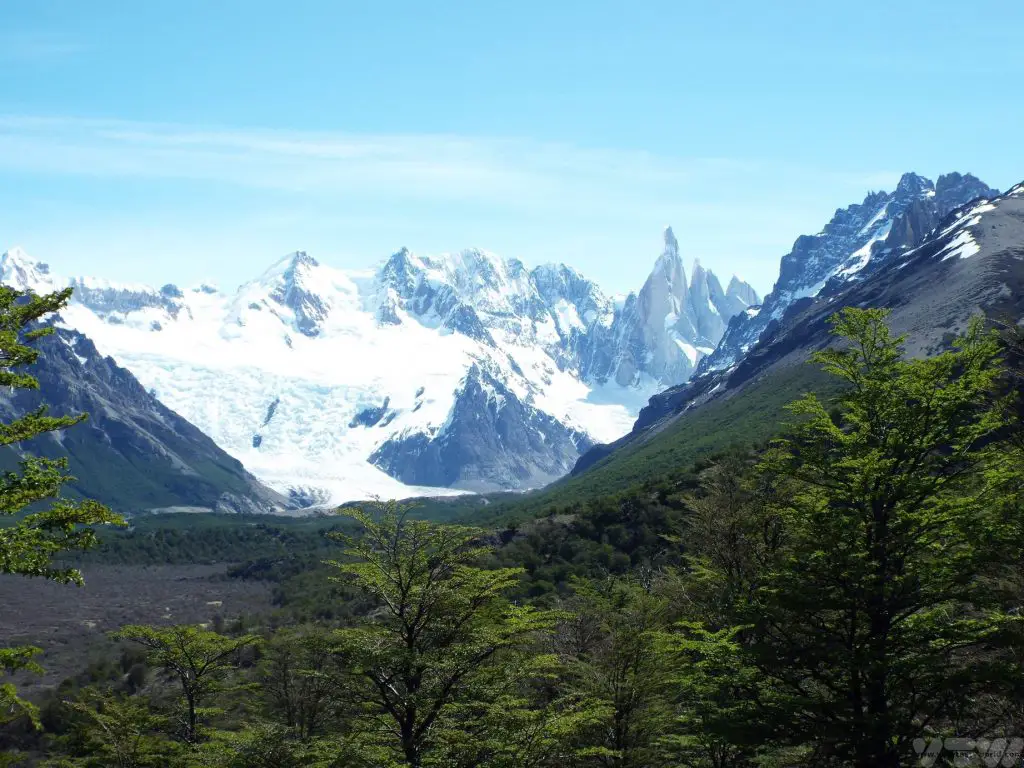
We have details of the hikes we enjoyed in El Chalten.
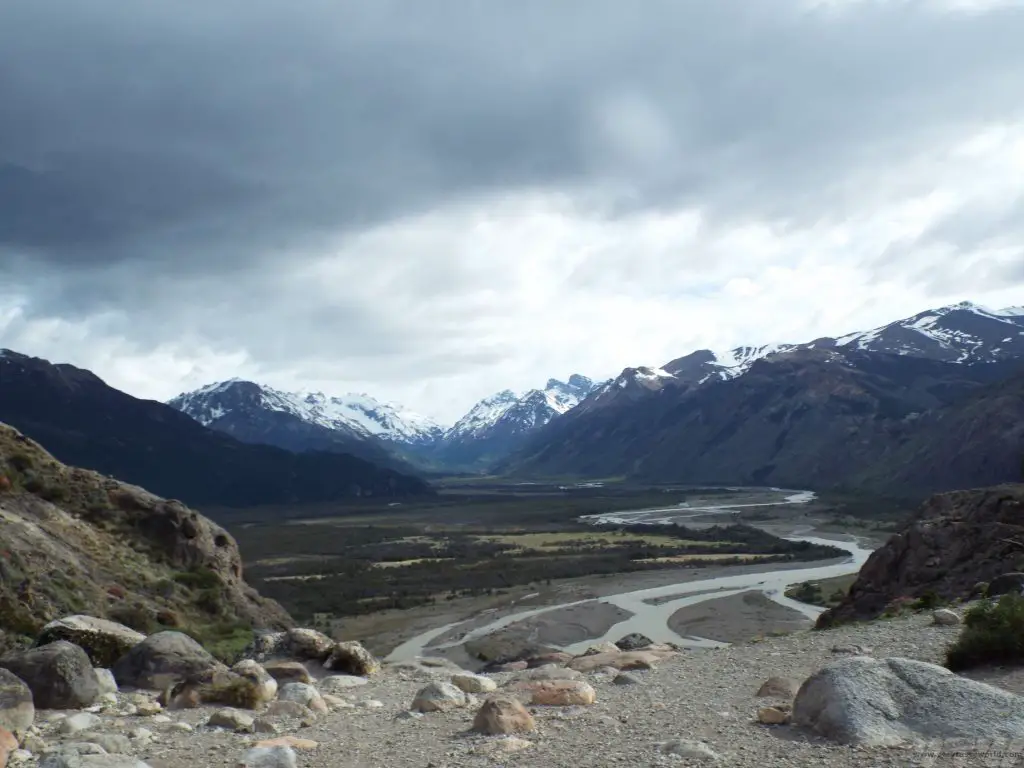
Foodie Recommendations: There are a number of restaurants in the town which offer local fare. There is also craft beer available and the quality is excellent, perfect for a post-hike drink.
Day 14 Bus to El Calafate (3.5 hours)
Depending on when you wish to leave for Calafate (and if the weather is on your side) there may be a chance to get in a few hours’ hiking in the morning. There are regular buses to take you back to El Calafate. It’s worth noting that even if you have pre-booked tickets you may be able to catch an alternative bus. There isn’t a lot to do in town if the weather is bad and you have checked out of your hotel/hosteria. We had planned to do more walking on our last day but it was really wet and very windy and not much fun for hiking. Our lovely hosteria hosts phoned through to the bus station and arranged an earlier bus for us.
Day 15 Fly to Buenos Aires
El Calafate has an international airport around 16 km from the town so is ideal for getting back north. You can get a taxi or a shuttle bus – your hotel should be able to help arrange this.
As with our inbound our flight to Santiago, we gave ourselves a day in hand to catch our international flight, just in case there were delays with our flight from El Calafate. This meant we had a day to explore Buenos Aires before catching our flight home.
There are loads of things to see in BA. We stayed in the Palermo area, which is a cool place to hang out, with plenty of bars and restaurants if you just want to chill after your trip. But there are lots of sights to see within walking distance of Palermo. (It’s a fair walk, depending on where you are staying, so if you’re feeling a bit jaded at the end of your trip, it should be easy to pick up a taxi.)
We particularly enjoyed visiting the famous Cementario de Recoleta, a remarkable cemetery which comprises a huge number of highly decorated mausoleums and tombs. Many famous people have been interred there, including Eva Peron.
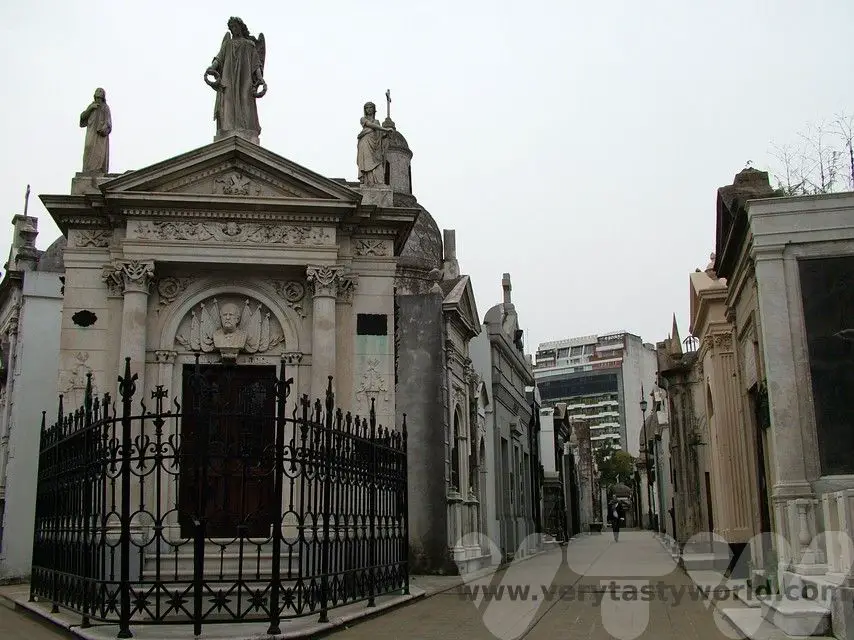
The Museo Nationales de Bellas Artes is a fantastic space for discovering local and international art. It’s free to enter and hosts a variety of permanent and temporary exhibitions. Museo de Arte Latinoamericano de Buenos Aires, known as MALBA, also has some great exhibitions.
In the adjacent park is the Floraris Generica, a huge sculpture of a flower which opens and closes with the daylight.

There are a number of gardens in the area, including a Japanese garden and botanical gardens, where you can see the yerba mate tree from which mate tea is derived.
When To Visit Patagonia
In the southern hemisphere November to March is Patagonia’s summer, where the days are longer and the temperatures warmer, and hence the most popular time to visit. The shoulder season is November. We travelled in late October (we don’t mind the cold!) and were largely lucky with the weather.
Dining and Drinking in Patagonia
If you are an omnivore, Patagonia has a huge amount of excellent food. The seafood in Chile is fantastic -with an incredibly long coastline the country has some of the best fish dishes on the planet. We particularly recommend the crab.
In Argentina the Patagonian lamb is an essential meat to try. Steaks are also available – they are good value and usually cooked very well. Guanaco often appears on menus – the flavour is akin to venison. Empanadas – pasties with a variety of fillings – are also fantastic and definitely worth taking with you on a hike or on the bus if you want a packed lunch. Vegetarians may struggle to find a decent variety of dishes but most restaurants will have vegetarian options.
In terms of drinks, Chilean and Argentinian wines are fantastic and there are even some vineyards in Patagonia, albeit much further north than the places visited in this itinerary! Beer drinkers will find a wide variety of excellent local craft beers.
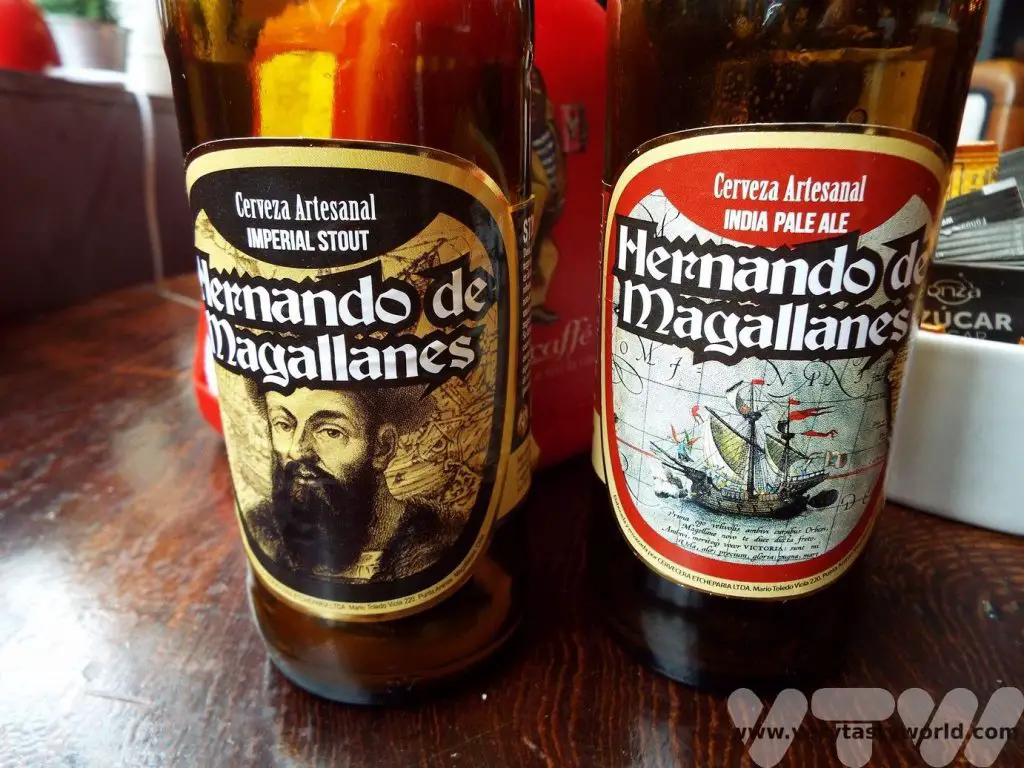
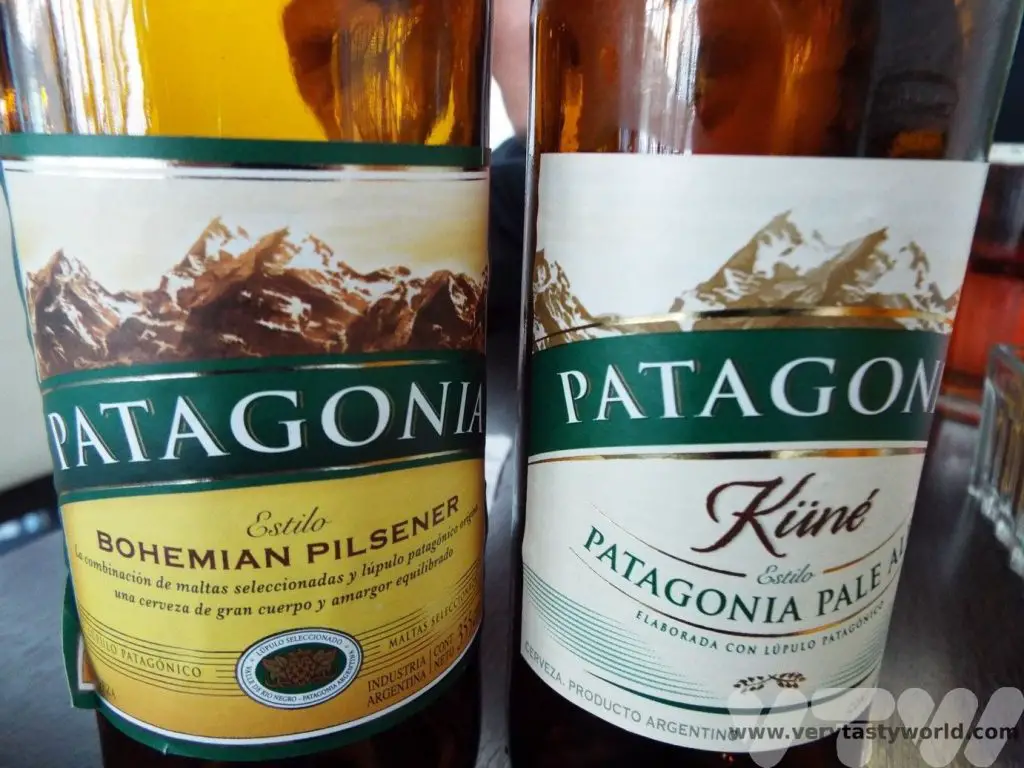
The tap water is fine to drink. In some areas, notably El Chalten, you can even refill your water bottle directly from the streams and rivers as the water is pure.
Getting Around Patagonia
We travelled on buses throughout our trip, apart from the couple of days in Torres del Paine, when we hired a car.
Buses are large and comfortable and run on a regular schedule. There are usually toilets on board.
You can get tickets at the bus station or online and often your accommodation can help. We recommend pre-booking if you can, especially if you are travelling in high season – it means you can ensure a place on the bus. When you buy a ticket you will be assigned a numbered seat. The other great advantage is that the bus driver knows the route so you can simply sit back and just enjoy the scenery. Obviously delays can sometimes happen but all the buses on our journey ran on time.
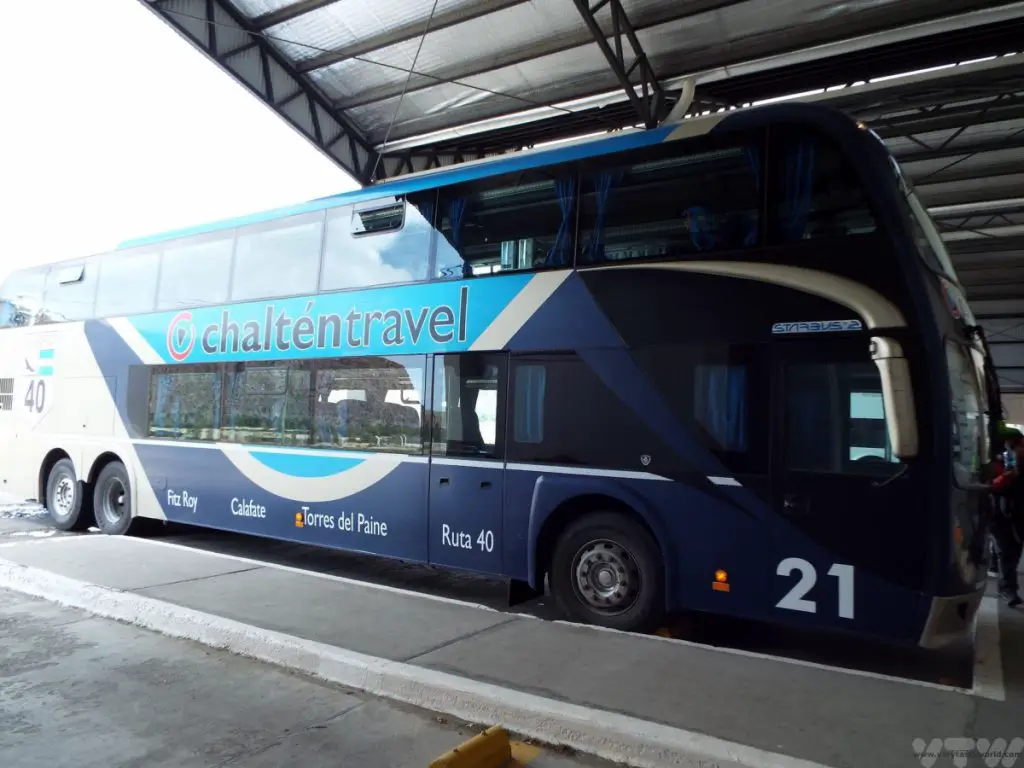
It would be difficult to do this full itinerary using a car rental because you would be driving through two countries so would need a special permit to take a car from Chile to Argentina. And it would be either very difficult or very expensive to do a one-way return of the car to an agency in another country. If you wanted to drive it would be possible to rent a car in each country and just cross the border on the bus. But, honestly, the buses are a convenient – and much cheaper – way to travel.
What To Bring to Patagonia
Hiking boots/shoes. We recommend wearing these on the plane and putting your other shoes in your checked-in luggage. It’s easier to replace lost ordinary shoes than expensive, properly worn-in walking boots.
Warm clothing. Patagonia can be very cold and, even if it isn’t cold, it can be very windy. We suggest bringing lots of layers so you can add/discard clothes as required.
If you do the Perito Moreno glacier walk you will need long-sleeved clothes, long trousers and gloves. You will wear crampons, so sturdy shoes (or your hiking boots) will be needed.
Wet weather gear – although we were generally lucky with the weather on our trip, you never know when it’s going to rain! Ponchos are a good idea if you get caught in a rainstorm.
Sun protection and sunglasses
Water bottle, particularly if you are hiking.
Patagonia really is one of the most remarkable places on the planet. It is remote but the effort to reach this stunningly beautiful wilderness is emphatically worth it.
Related Posts You May Enjoy

- Best Time To Visit Machu Picchu 2024 Update
- A 2 Week Patagonia Itinerary
- Day of the Dead in Campeche
- A Galapagos Land Based Itinerary
- RECIPE: How to Make Costa Rica’s Gallo Pinto
- A Tasty Puebla Food Tour
- Costa Rica Wildlife Sanctuary – Caño Negro
- Visit Torres del Paine National Park in Patagonia
- Atacama Desert Itinerary
Visit Torres del Paine National Park in Patagonia
The Torres del Paine National Park in Chilean Patagonia is one of the most breathtaking places to visit in the region. It is wild, windswept and utterly wonderful and we thoroughly enjoyed spending a couple of days exploring.
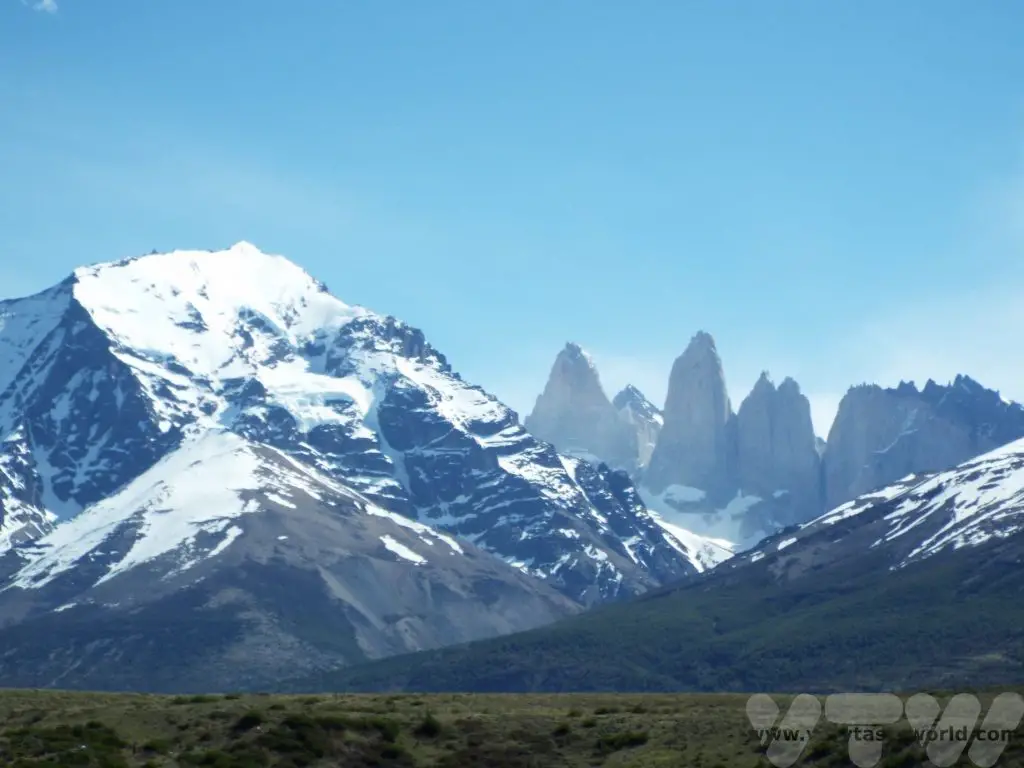
We had flown to Patagonia from Chile’s capital Santiago, where we had spent a couple of days enjoying great seafood at the Mercardo Central and visiting wine country in the Maipo Valley. The flight allowed us to enjoy spectacular views of the Andes and Chilean Lake District as we flew into Punta Arenas.
From there we caught a bus to Puerto Natales which is the gateway to Torres del Paine.
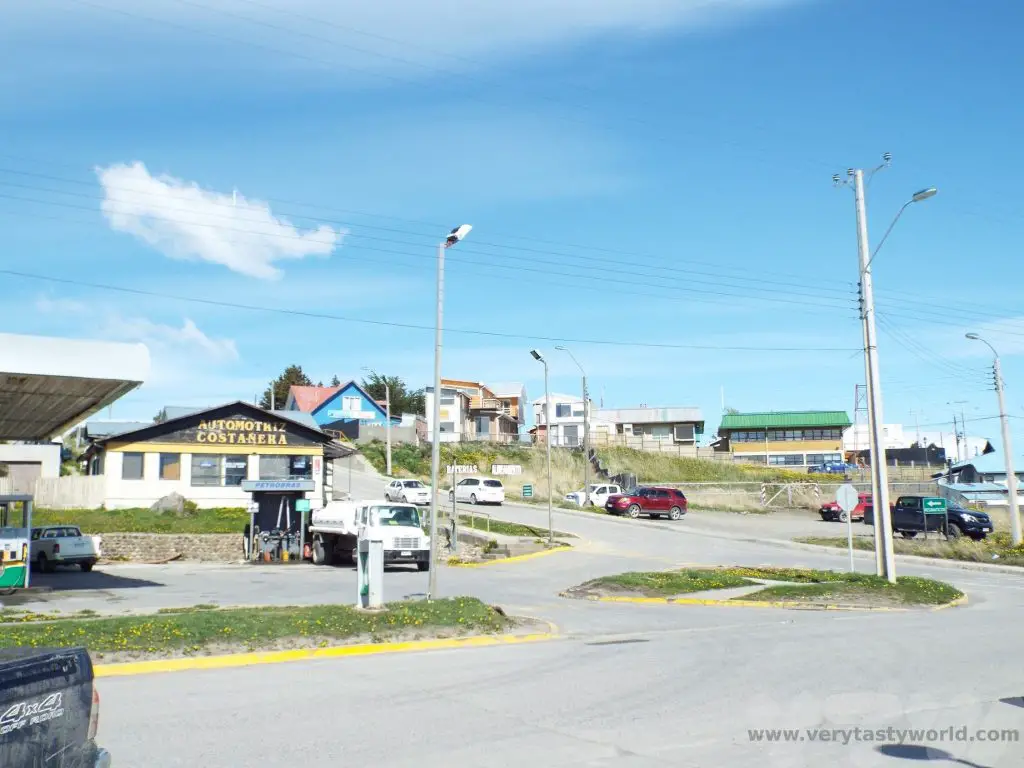
It’s a small town with a pretty lake area and we spent the night there before heading out to Torres del Paine.
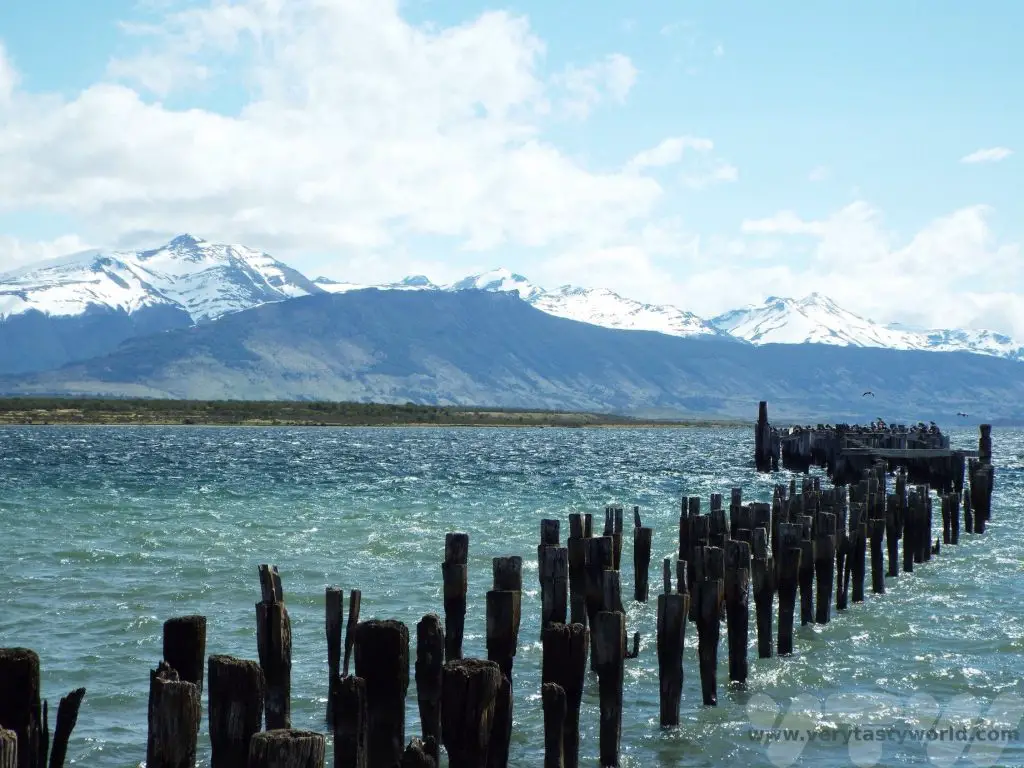
There were plenty of restaurants in town offering great seafood. With its incredibly long coastline, Chile can offer some of the best seafood on the planet. We enjoyed lots of fresh seafood platters in Patagonia, all of which were utterly delicious.



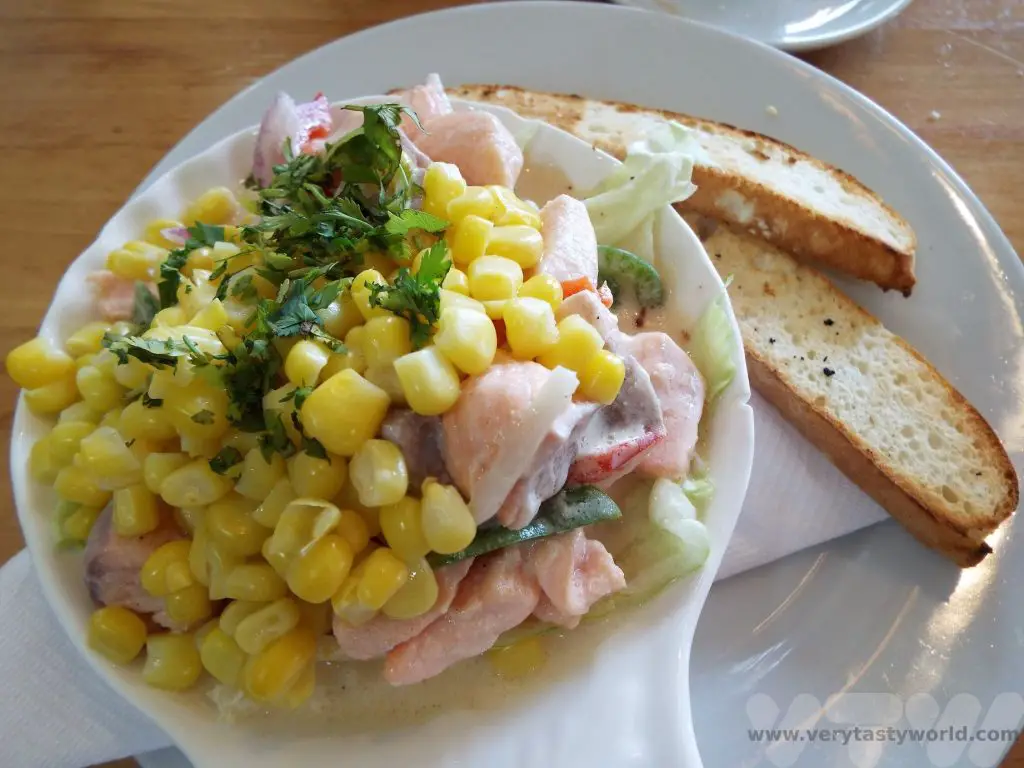
And an intriguing dish called king crab pie. We weren’t sure what it was, so we had to order. It was a gratinated dish – delicious crab meat in a cheesy sauce.
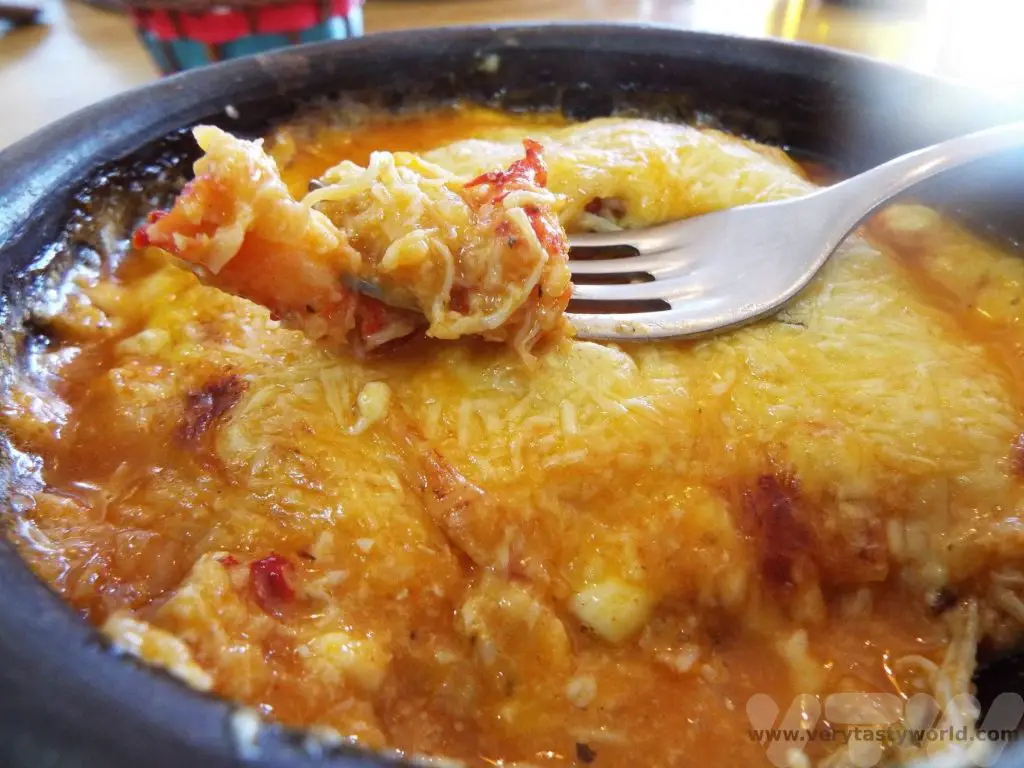
Visiting Torres del Paine – Practicalities
We hired a car for just a couple of days to take us to the National Park – the driving was very easy on clear roads. It is possible to pick up a car at Puerto Natales – the hiring process was all very straightforward and all we needed was a standard driving licence and an international driving permit. We definitely recommend driving if possible – the park is very large with amazing scenery and a car is the best way to visit the various locations at your own pace. However, buses are available from Puerto Natales and run on a regular schedule. It is also possible to join a tour – there will be agencies in Puerto Natales or Punta Arenas which offer coach tours.
When you visit Torres del Paine you have a choice of multiple entrances to the park – the tourist information centre in Puerto Natales gave us a free map of the area. It’s a maximum of 132 km from the town on well-made roads that are clear of traffic.
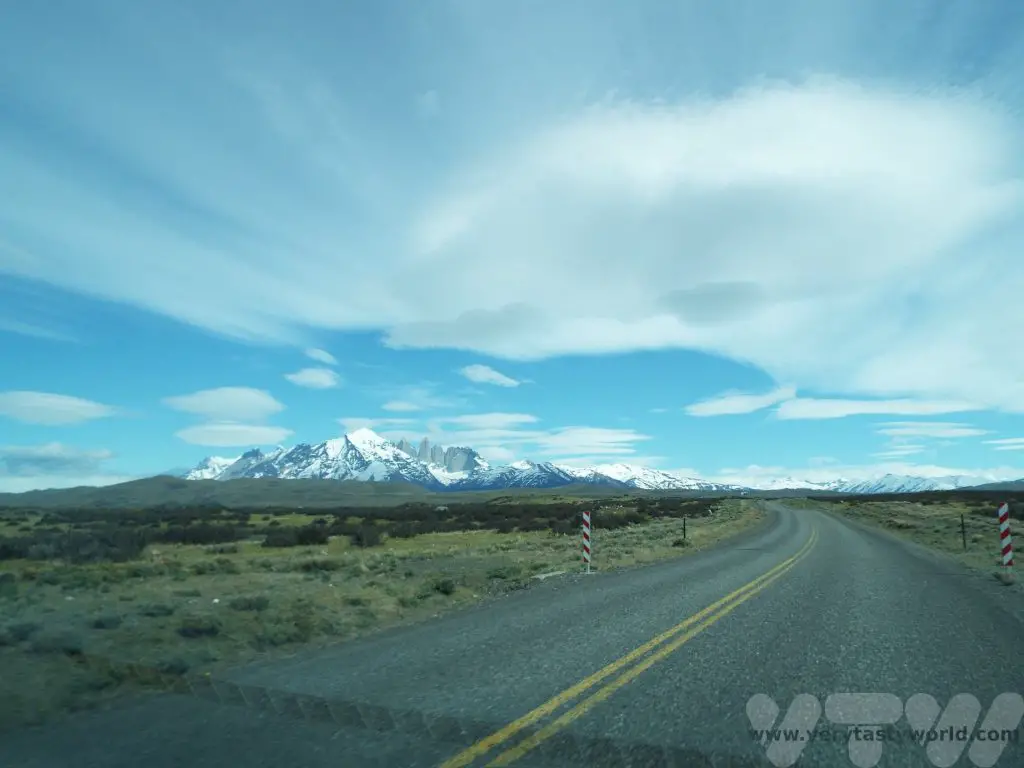
It wasn’t long before we spotted Torres del Paine’s cuernos – ‘horns’ – the famous granite peaks that rise upwards of 2000m and define the area. The cuernos have brilliantly descriptive names: Aleta de Tiburón (Shark’s Fin), Fortaleza (Fortress), La Espada (The Sword), La Hoja (The Blade), La Máscara (The Mask), Cuerno Norte (North Horn), and Cuerno Principal (Main Horn).
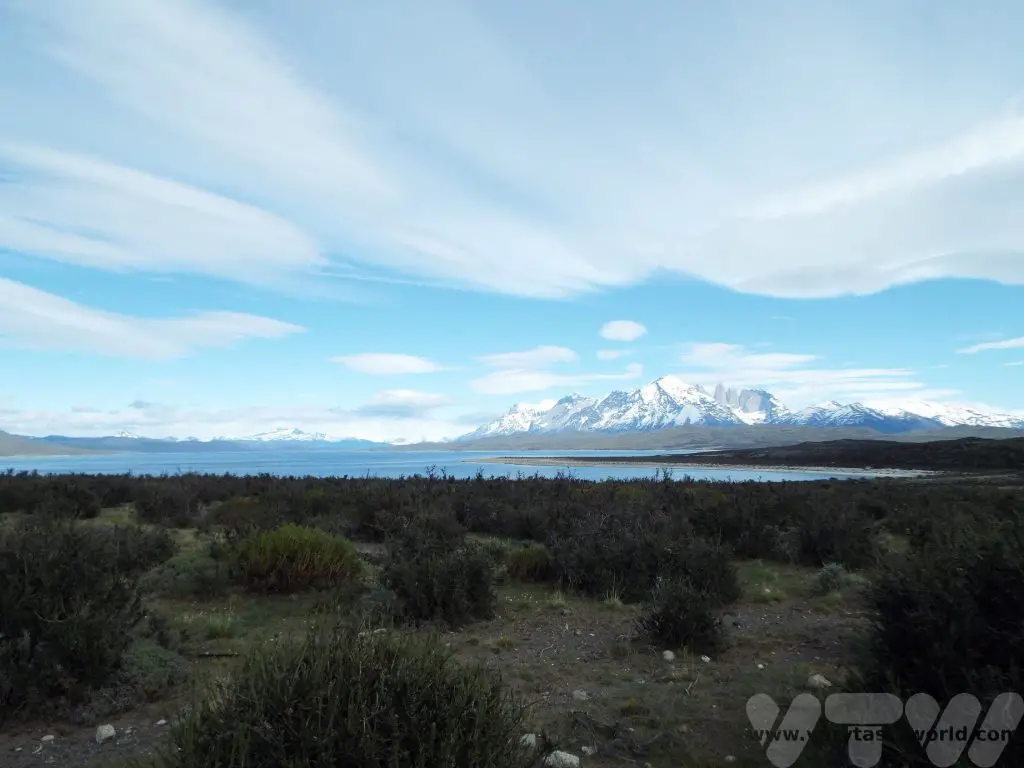
You need a ticket to enter the park – follow this link for entrance fees and ticketing information.
You also need to register at the park entrance – just show your tickets at the checkpoint.
Once inside the park the roads are more ‘natural’ – narrower, even single track in places, and many were of a gravel construction. This didn’t make the driving much more difficult – we just had to take a bit more care when encountering cars or coaches coming in the other direction.
The region is stark, wild and windswept and every inch of the journey offered us fantastic views.
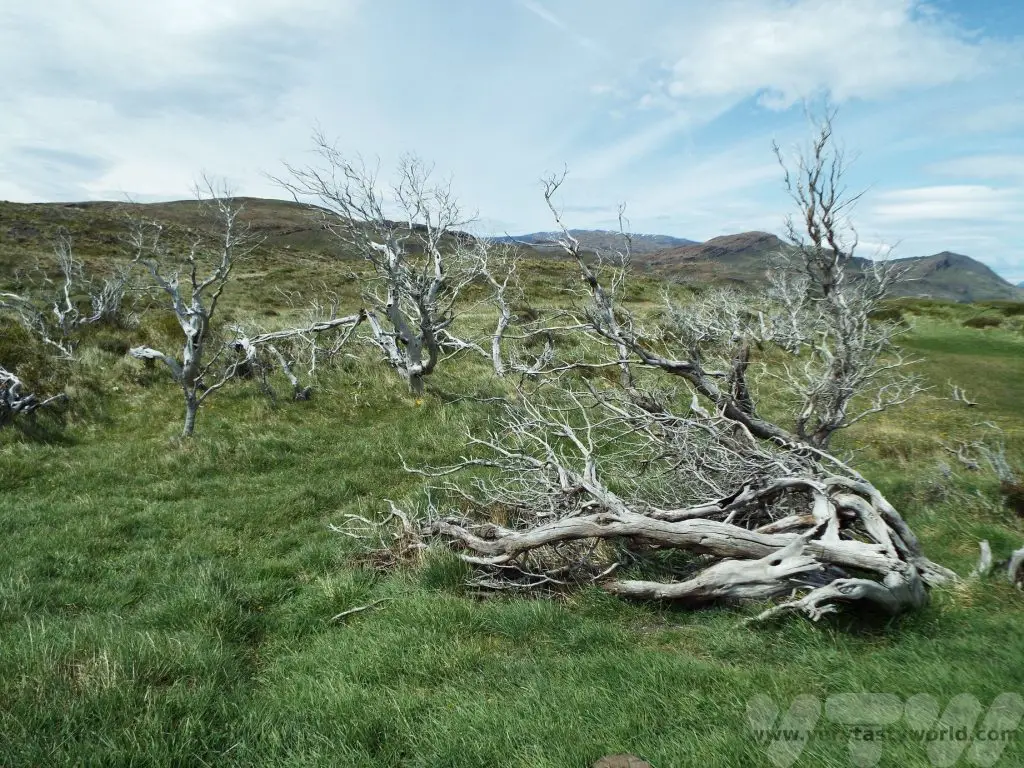
A Tour of the Park
The park is stunningly beautiful and joyful to drive through. There are plenty of places to stop and admire the views of the mountains and lakes. If you are serious about hiking, there are a number of routes through the region, some of which can take several days to complete. We were more limited on time so enjoyed a leisurely combination of driving to the many scenic places and taking lots of walks in those areas.
We passed by Lake Nordenskjöld with its turquoise water…
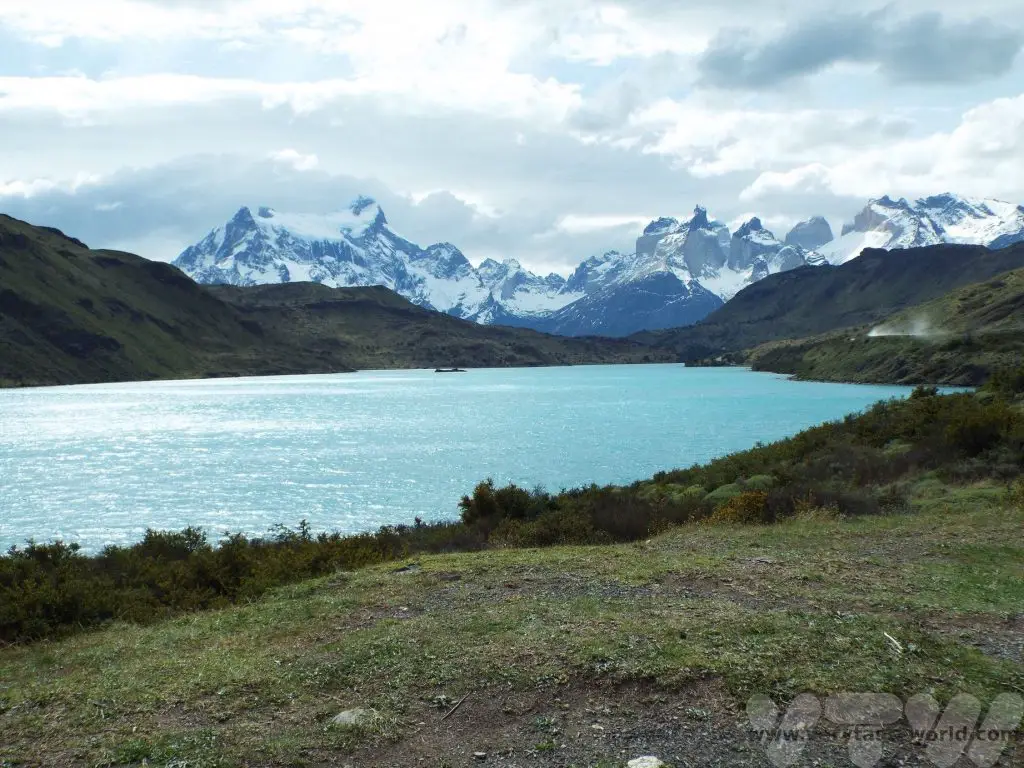
… and towards Salto Grande Waterfall is on the Paine River, fed by Lake Nordenskjöld. The falls drop around 15m into Lago Pehoé.
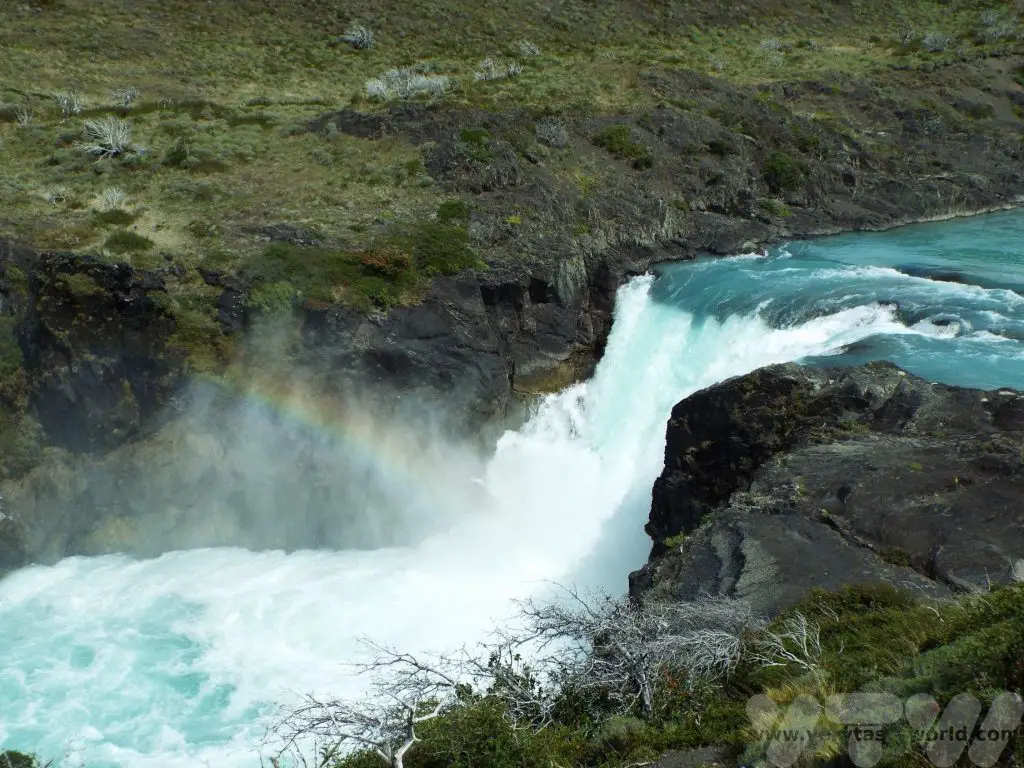
Lago Grey
Grey Lake’s name suits it perfectly. It is a fed by Grey Glacier which is part of the Southern Patagonian Ice Field. The glacier is around is thirty metres high at its highest point and approximately six kilometres wide. There is a visitor centre for Lago Grey close to the road which offers parking and refreshments/toilet facilities. It is possible to walk a 6km trail onto a desolate but strangely beautiful beach to view the lake and the icebergs that float serenely across it.
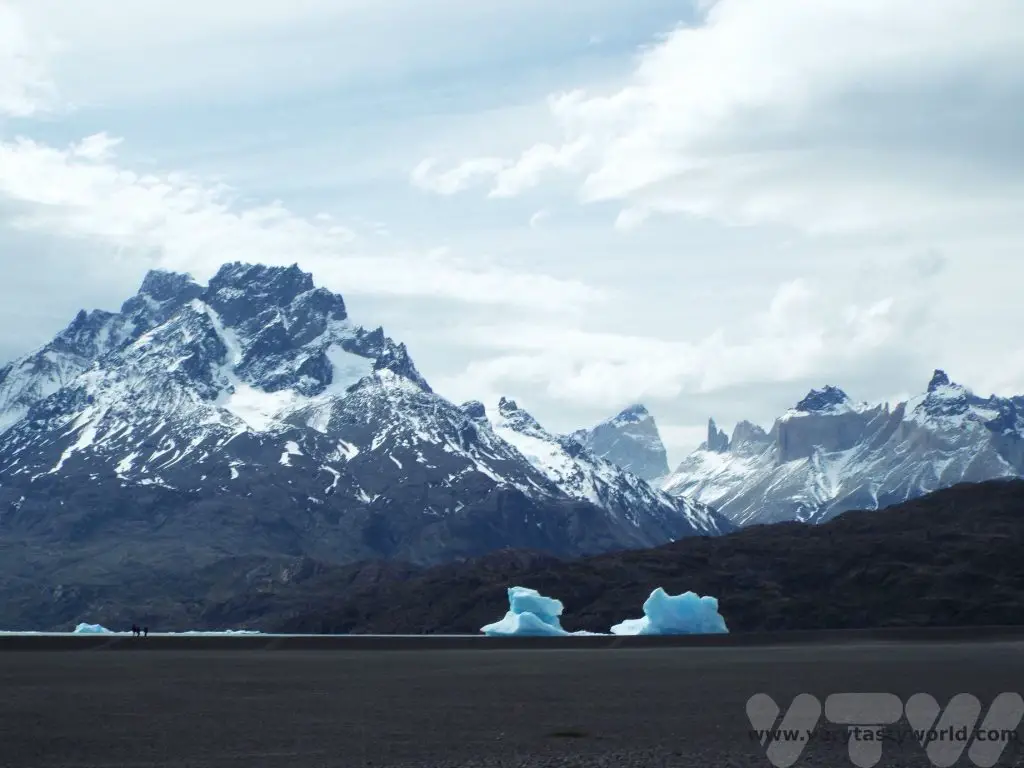
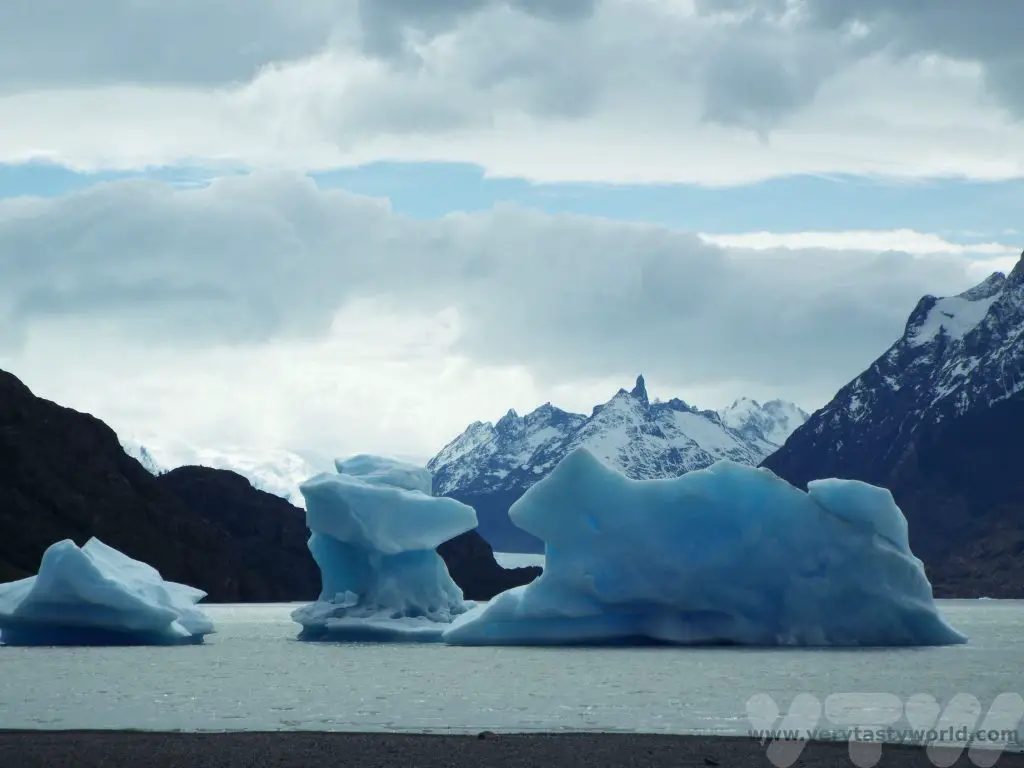
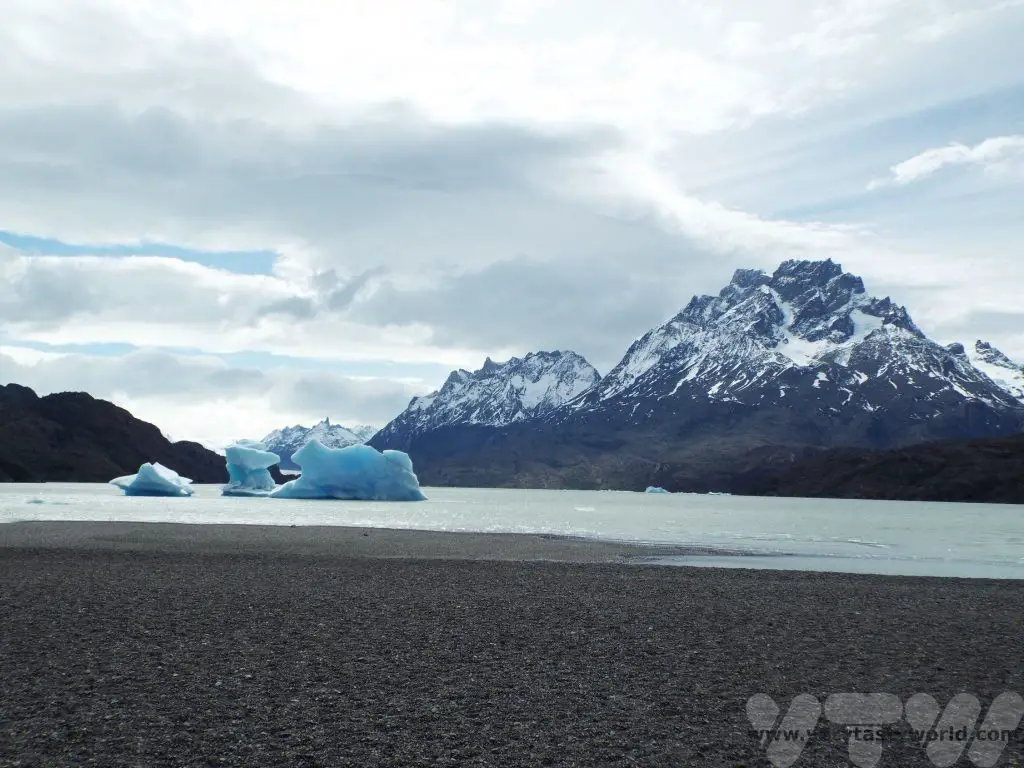
It is also just about possible to see the glacier way across the lake.
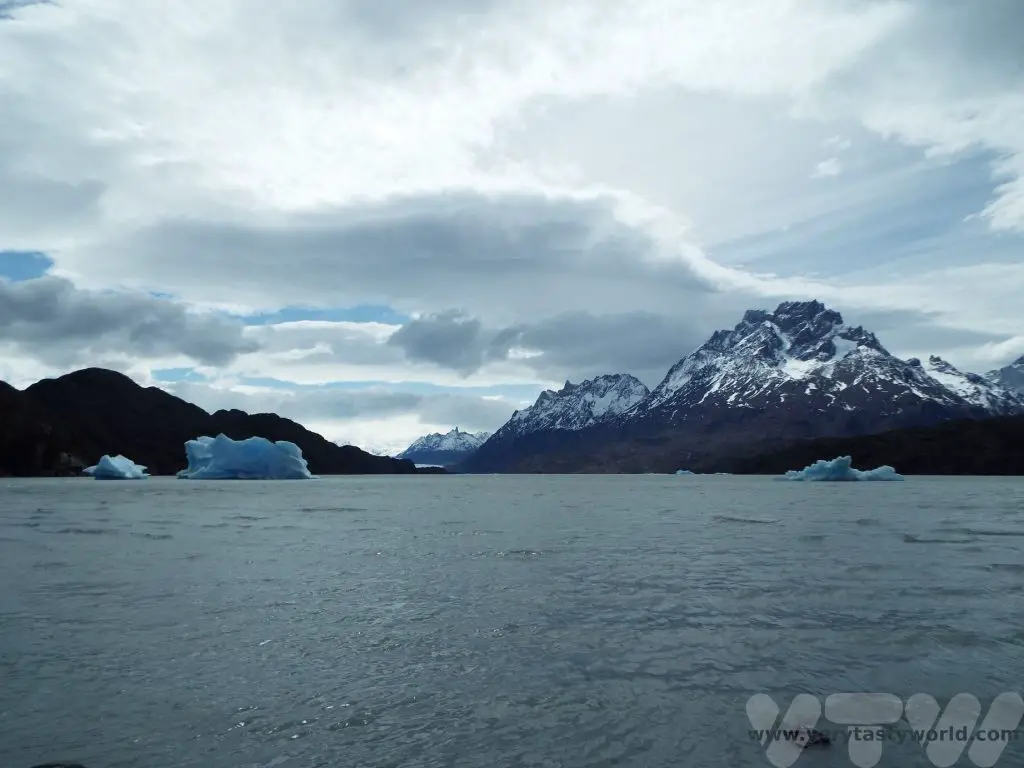
Base de Torres
We then drove up to the Base de Torres towards our hotel for the night. We stayed at Hosteria Los Torres, which was the posh accommodation option and a bit of a splurge for us.

There are cheaper accommodation options, including shelters and campsites.
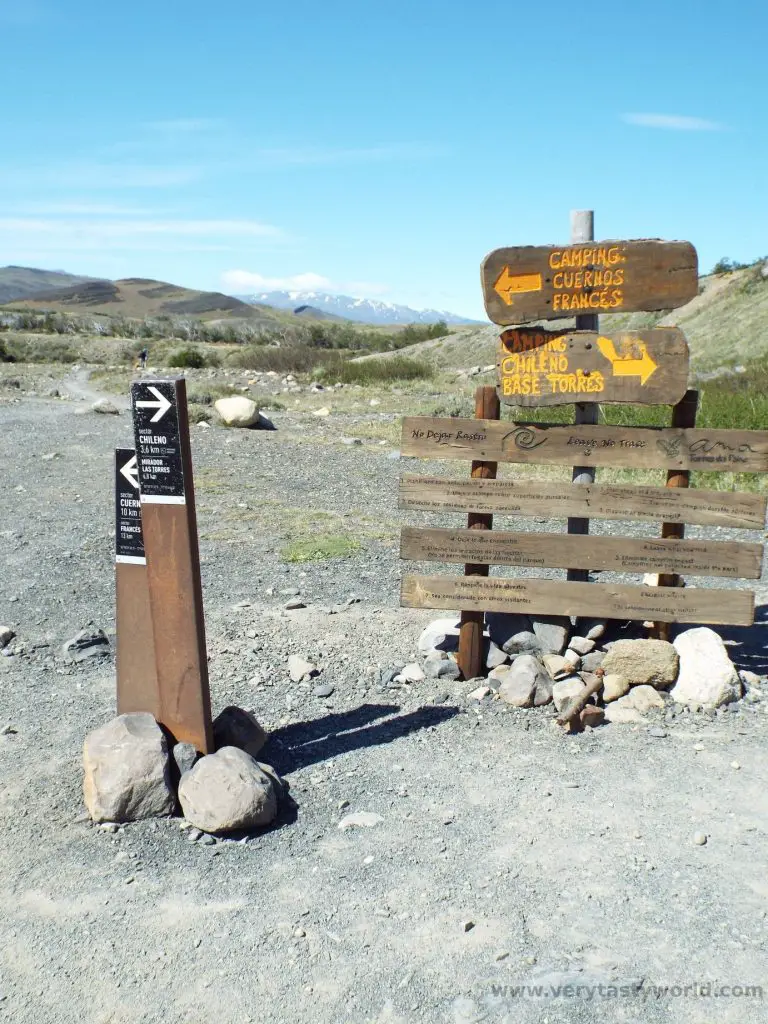
The following day we enjoyed some hiking along the Base de Torres path. We didn’t have time to do the full trek (the round trip takes around 7 hours) as we wanted to spend time exploring other areas of the park, and also needed to return the hire car, but we enjoyed a lovely, long walk on a gorgeous day. We visited in October, which was just at the start of spring and we were expecting the weather to be cold. It wasn’t – the temperature reached an unseasonably warm 20 deg C but the breeze was strong which made for perfect walking weather.
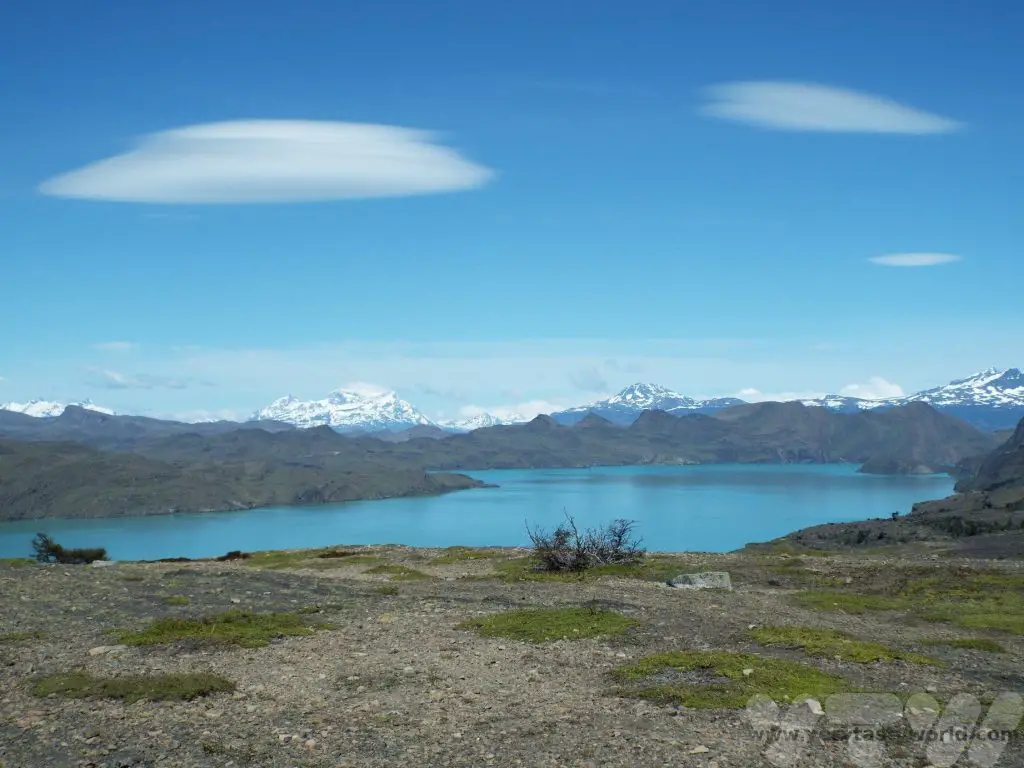
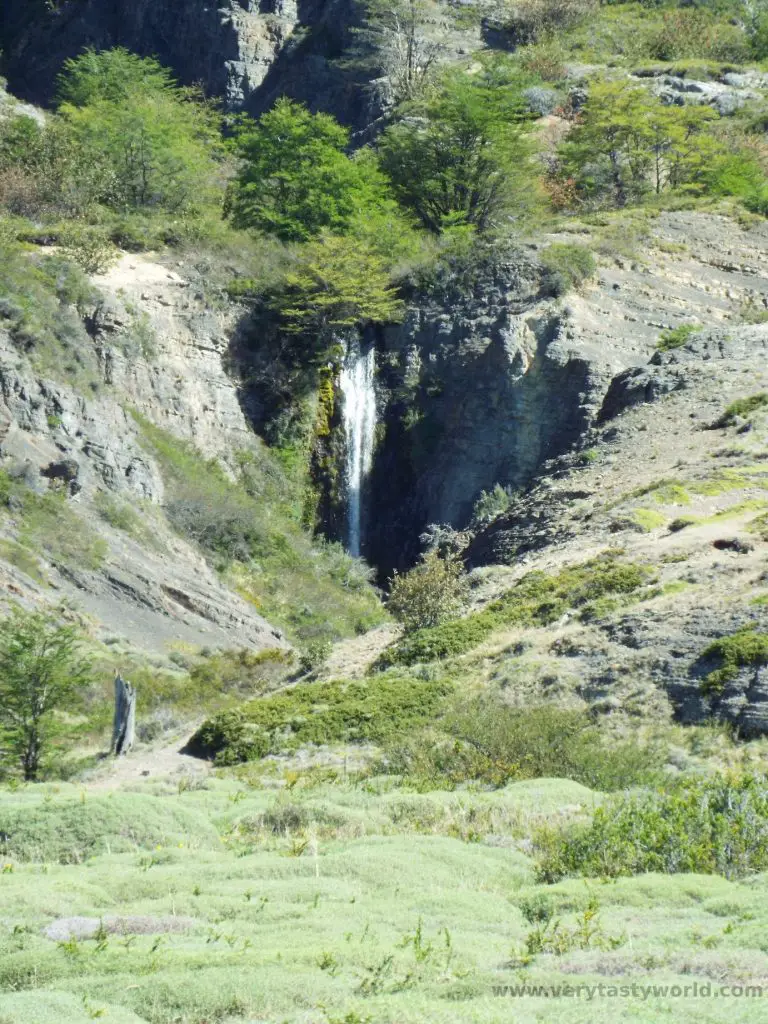
Laguna Azul
Before leaving the park we took a detour to view Laguna Azul. The road to the lake offered some fantastic views of the Torres Peaks along the way.
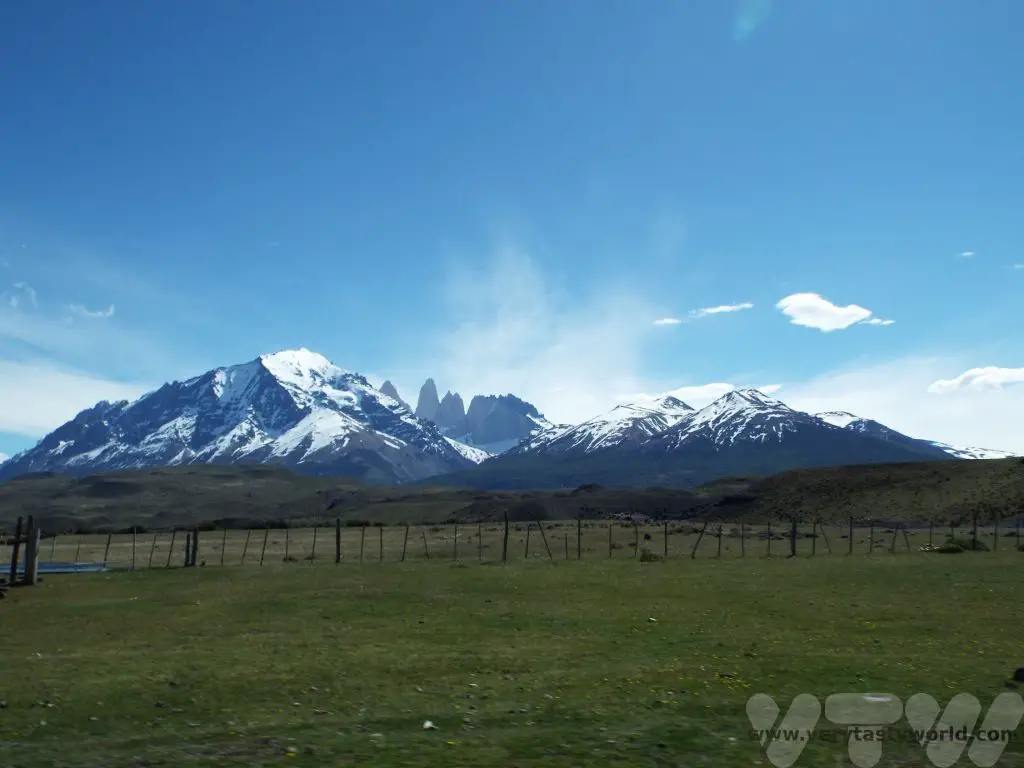
And the lake itself is very pretty.
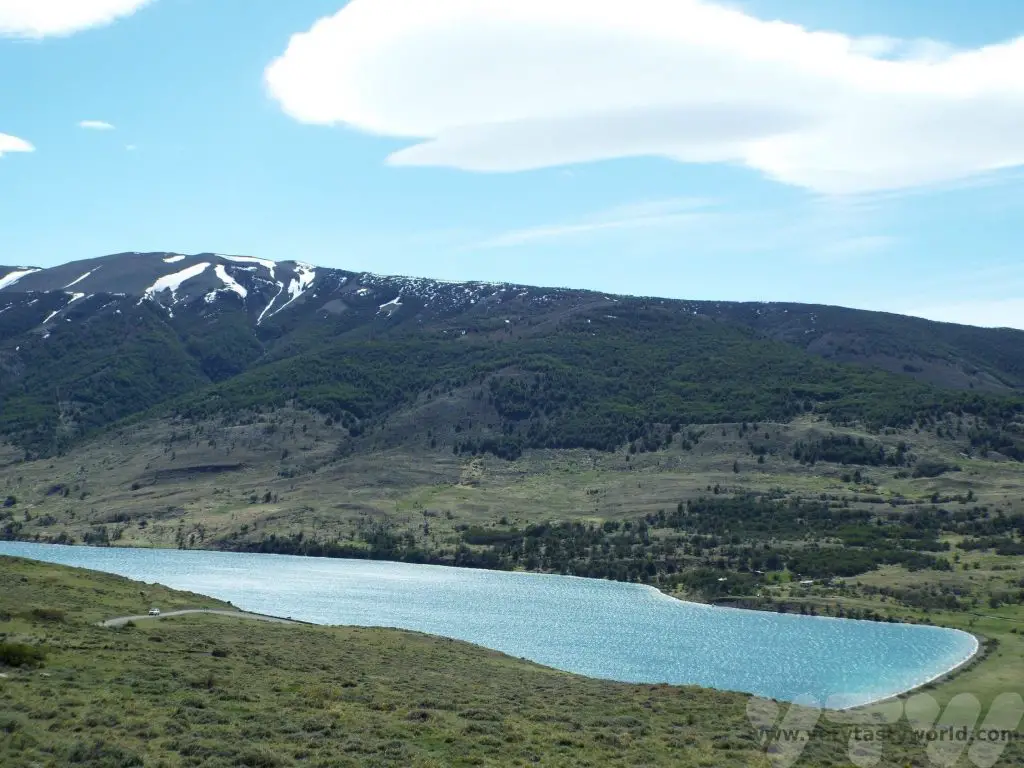
Wildlife in Torres del Paine
There is plenty of wildlife in the area although, as with all wildlife, the clue is in the name: it is wild and therefore sightings cannot be guaranteed. We were unbelievably lucky during our visit. One tip that we learned many years ago: if you see people stop, look in a particular direction and point, go over to them and find out what they are pointing at. It’s usually something interesting.
We were initially quite confused by guanacos – when we first saw them we knew they weren’t llamas or alpaca, but weren’t quite sure what they were. Fortunately local people were around to tell us about them. They were to be found all over the park.
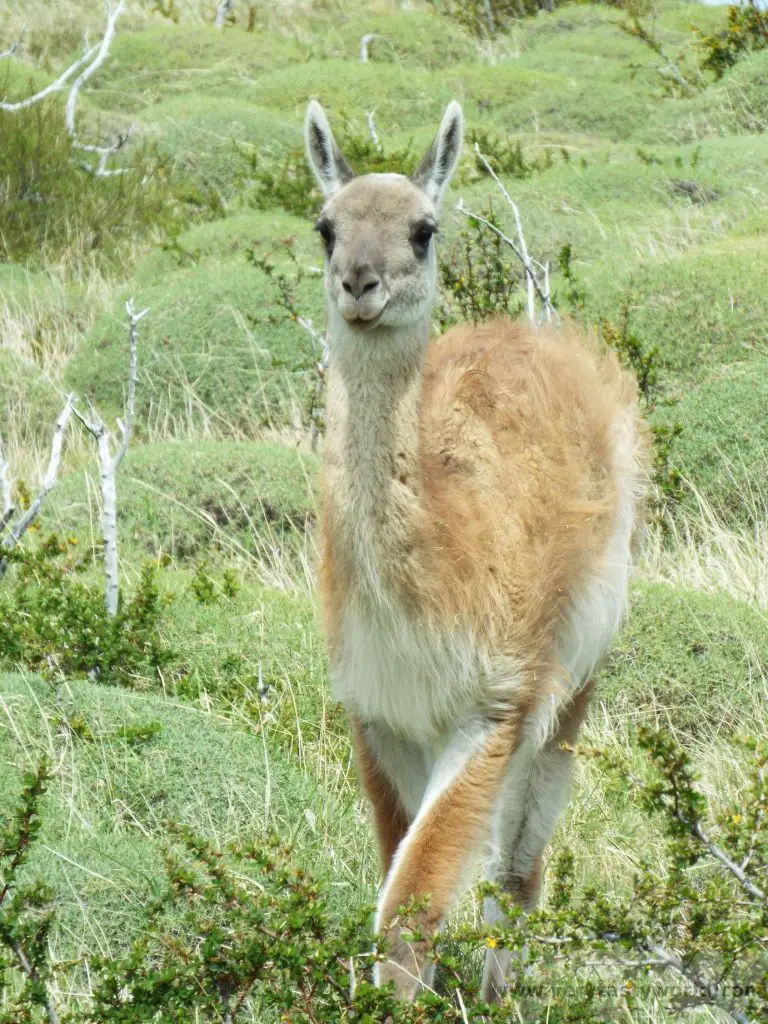
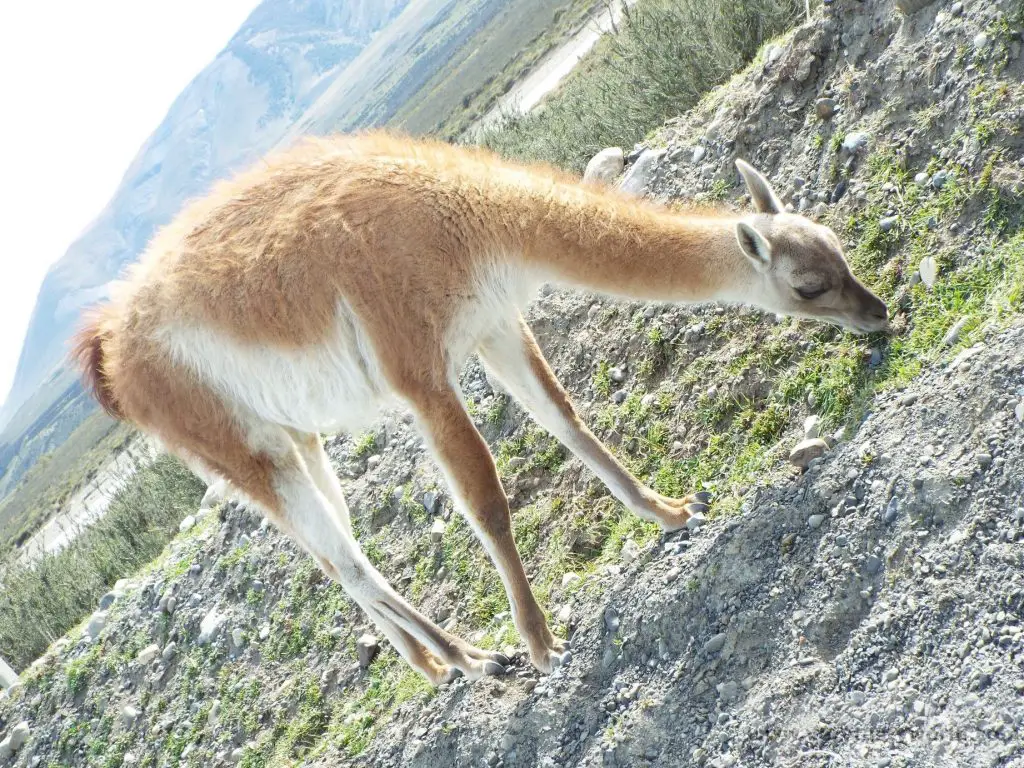
Because it was early spring when we visited Torres del Paine, the rutting season was beginning. The males compete with each other to impress the lady guanacos. They had a very funny rutting technique. (The background noise is the wind – Torres del Paine is very windy!)
We also spotted hares and lots of birds
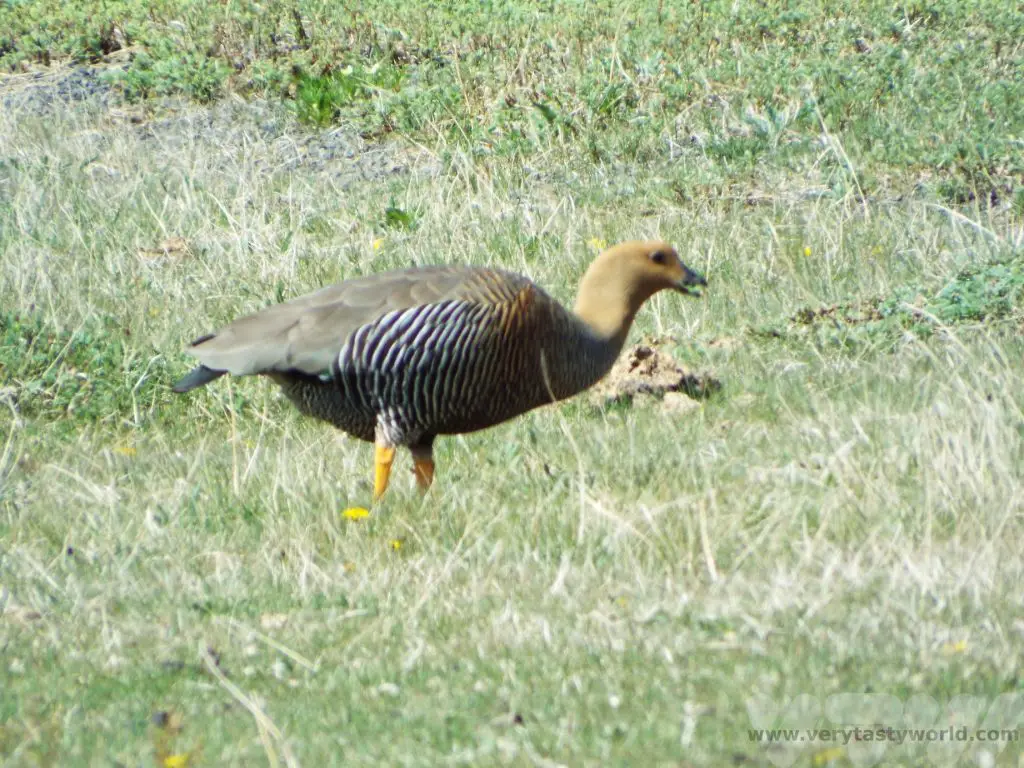
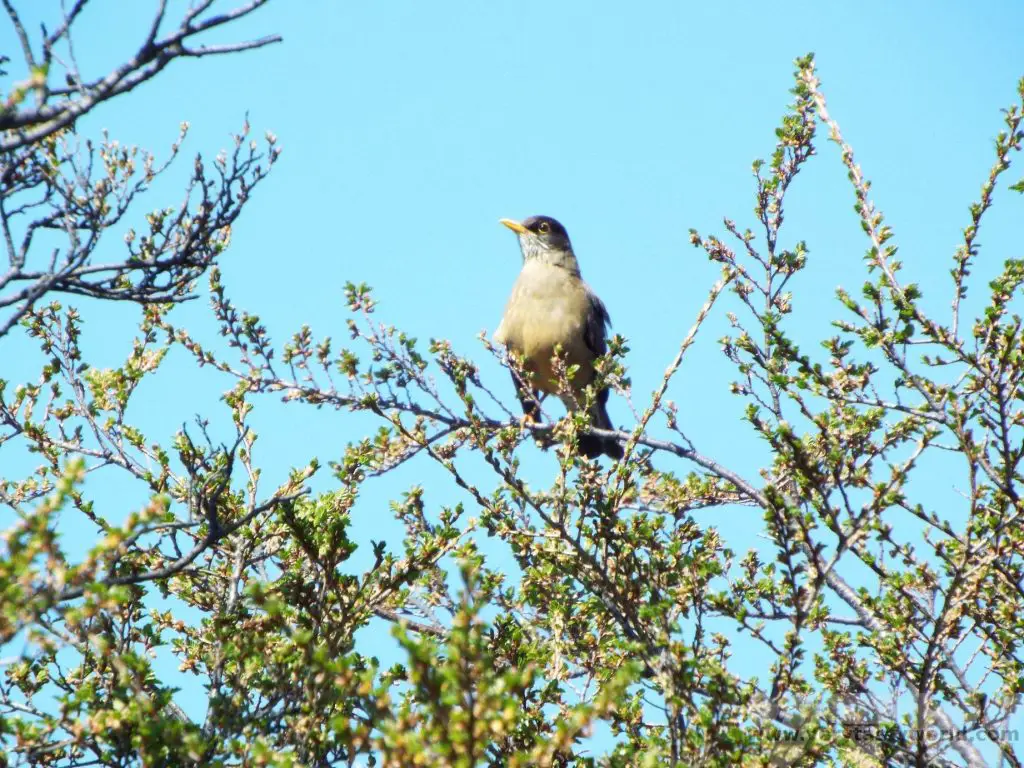
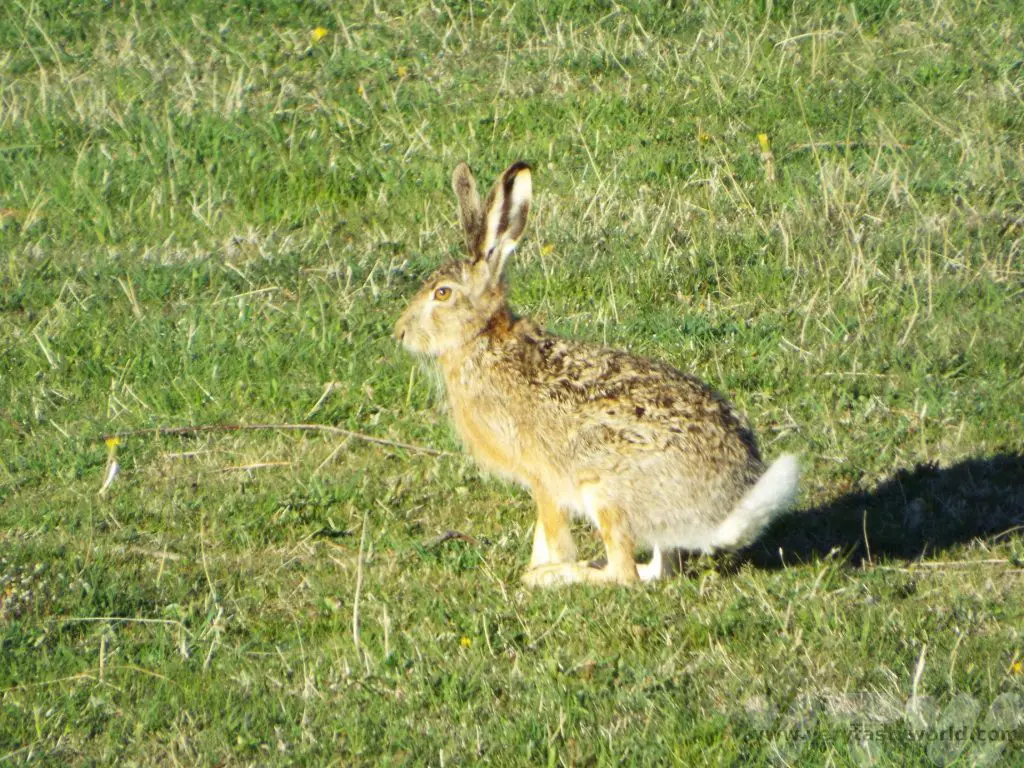
There are apparently around 200 puma living in the area, which is one of the highest concentrations in the world. They are generally quite shy and, although it is quite common to see evidence of their kills along pathways, we didn’t have high expectations of actually encountering one. You obviously have to be cautious – while they are unlikely to attack, they are big, wild cats so it is important to keep a distance. Also, never run away from a big cat – it would definitely want to chase!
We were lucky enough to see this magnificent puma on our Base de Torres walk. It was casually striding through the long grass. We got chatting to another walker as we climbed further up the route. He had been searching for a puma all day and was very envious of our sighting. We pointed him in the direction of where it had been heading but it was probably long gone.
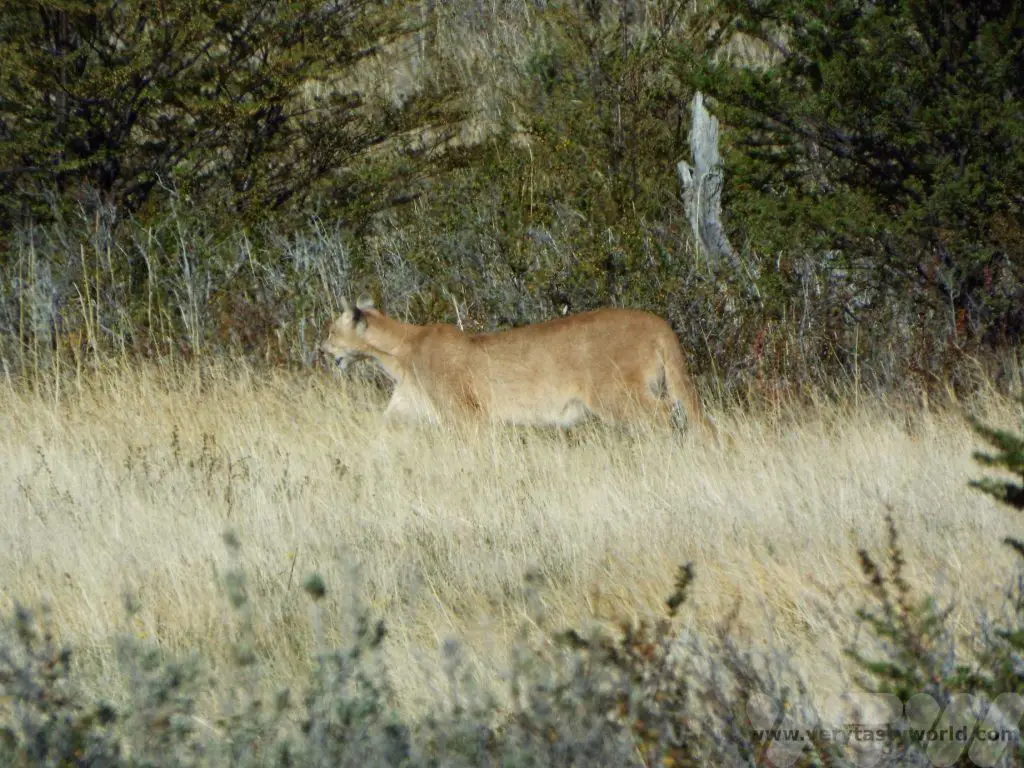
Having been lucky enough to have seen so much of the local wildlife, just as we started the drive back to Puerto Natales, we commented to each other that it would have been perfect if we had been able to see a rhea. And what should appear?
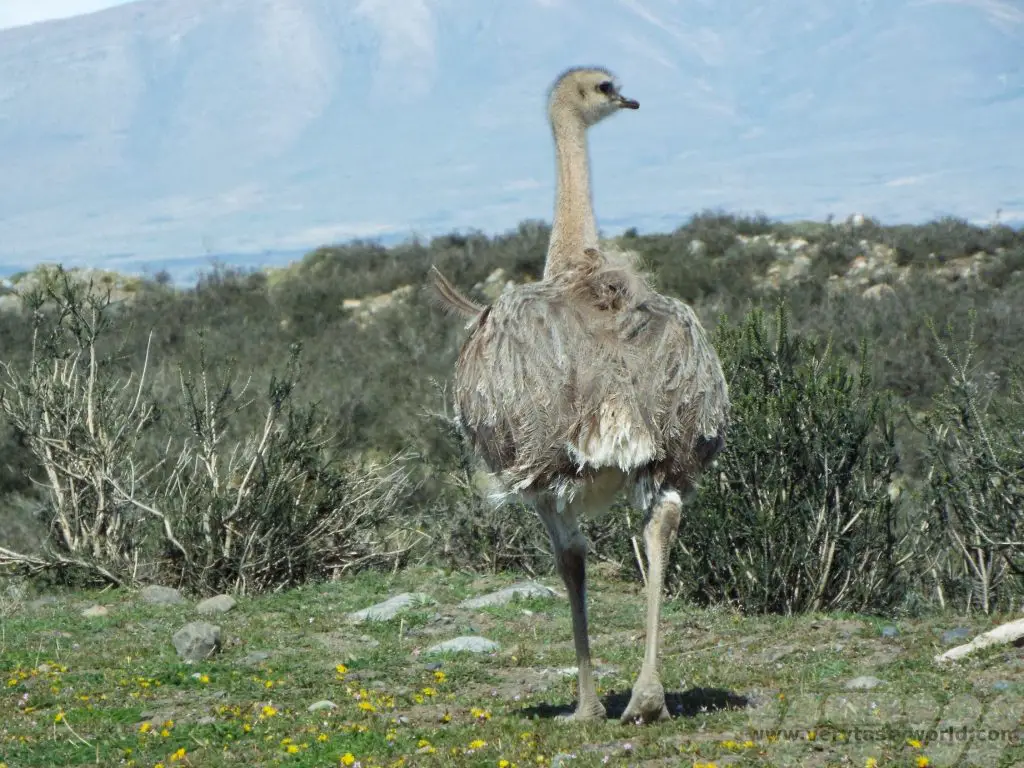
A rhea is a large, flightless bird which is similar to an ostrich. This one was enjoying a strut through the scrub.
And then, on our return to Puerto Natales, we spent one more night enjoying more seafood before heading for the bus stop the following morning, in order to make our way across the border into Argentina. Our aim was to visit Los Glaciares National Park at El Calafate and to hike in El Chalten. Torres del Paine was one of the highlights of our trip to Patagonia – wild, desolate and utterly magical.
Related Posts You May Enjoy

- Best Time To Visit Machu Picchu 2024 Update
- A 2 Week Patagonia Itinerary
- Day of the Dead in Campeche
- A Galapagos Land Based Itinerary
- RECIPE: How to Make Costa Rica’s Gallo Pinto
- A Tasty Puebla Food Tour
- Costa Rica Wildlife Sanctuary – Caño Negro
- Visit Torres del Paine National Park in Patagonia
- Atacama Desert Itinerary
Atacama Desert Itinerary
The Atacama Desert in Chile, lying just to the west of the Andes, in the northern part of this amazingly long country, is the world’s driest desert. It has some stunningly beautiful landscapes. Here’s our guide to an Atacama Desert itinerary which took three days.
Getting To The Atacama Desert
The nearest airport to the Atacama is Calama and we flew in from Chile’s capital Santiago. You can catch a bus from there but it’s a long journey so flying may be the better option if you are short on time.
You stay in the small oasis town of San Pedro de Atacama. We chose the lovely Hotel la Casa de Don Tomas, which was a short walk from the town centre (and hence a bit quieter). They were able to arrange a transfer from the airport for an agreed fee – we made an email reservation stating our flight number and arrival time and they picked us up. They were also available to return us to the airport at the end of our visit. The journey from the airport took around 1 hour 45 minutes. Some hotels will offer pick-ups but, if not, there are a number of shuttle bus companies at the airport of varying reliability, so it’s worth checking the most recent reviews.
We spent three nights in the Atacama which, based on an early morning flight in and a late afternoon flight out, was nearly four days for us. There were plenty of things to do.
San Pedro is totally geared towards tourism. Its main high street, unpaved, is lined with adobe buildings that largely comprise bars and restaurants as well as a plethora of tour companies with whom you can book excursions. The tours are very easy to book. Some may be available on the day, others, such as a trip to the spectacular El Tatio geysers, are definitely worth booking a couple of days in advance. These are usually group tours, a minibus-sized bunch of tourists accompanied by a local guide who will speak both Spanish and English. Many tour companies are able to arrange a hotel pick-up, which can be especially useful if you have an early start, otherwise they will let you know the pick-up point, which won’t be far away as it’s a small town.
San Pedro is located at 2500m above sea level. We didn’t feel as though we needed to acclimatise to the altitude (although some of the excursions go much higher) but you may find that you need to take things easy for a day or so if you are not accustomed to the elevation. It is also very sunny, so sun protection is essential.
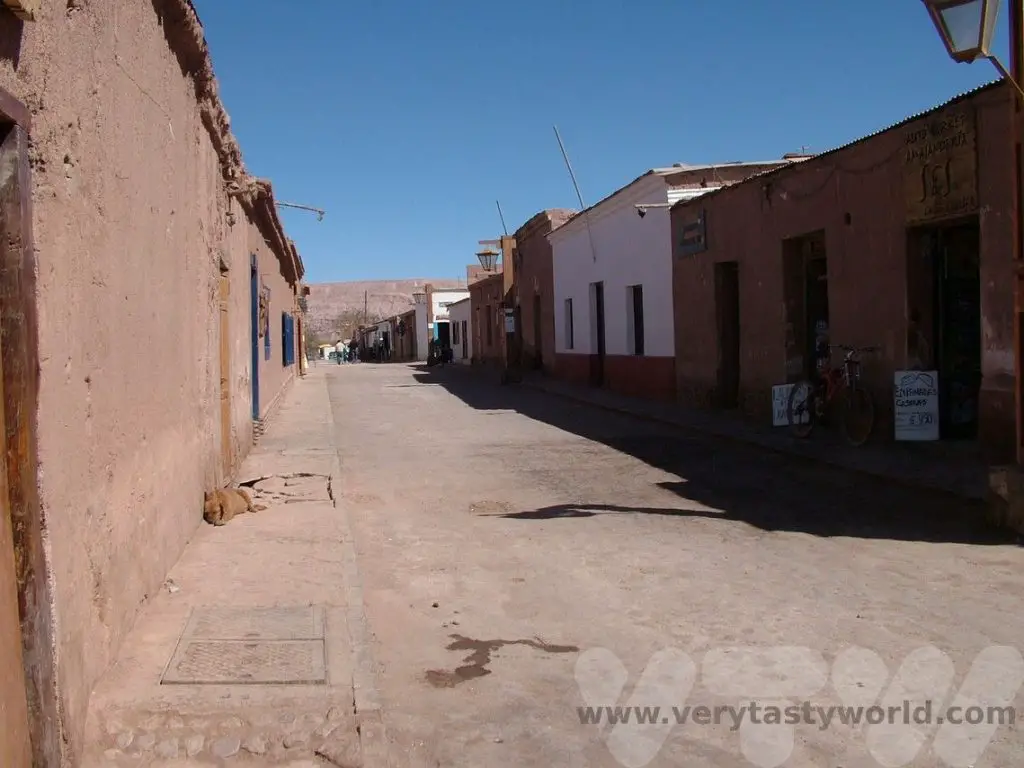
Atacama Desert Itinerary – Walking Through Dramatic Landscapes
We completed a number of walks in the Atacama. Death Valley (Valle de la Muerte) was stark and dramatic. Its location lies inside a salt mountain range and was originally the bottom of a lake, the sediment of which was forced from a horizontal to a vertical position through the movement of the earth’s crust over the years. This has resulted in huge dunes surrounded by sand and salt structures.
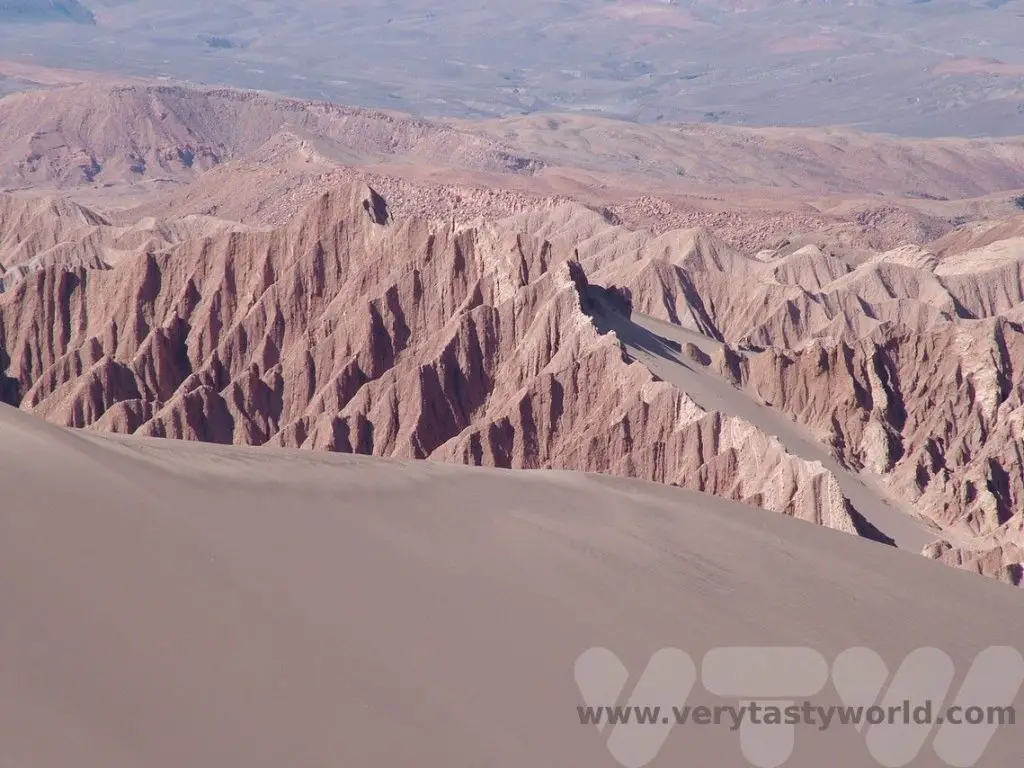
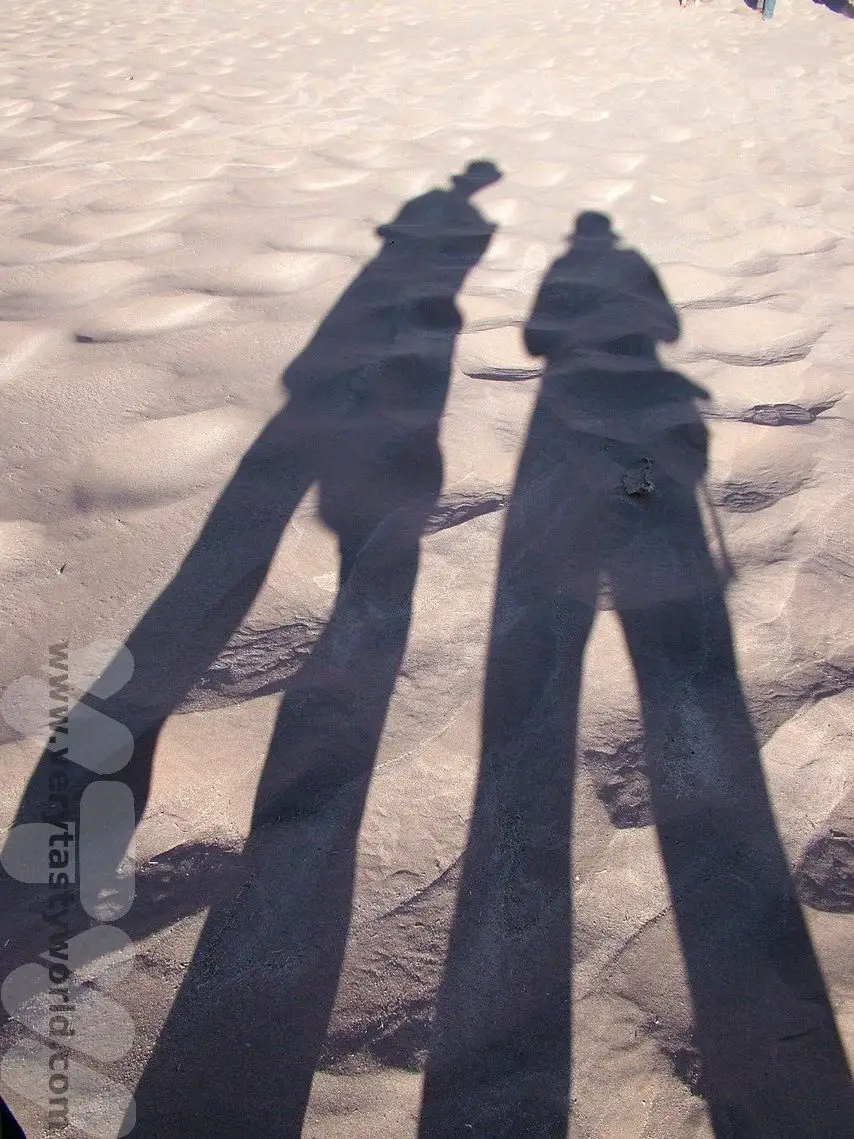
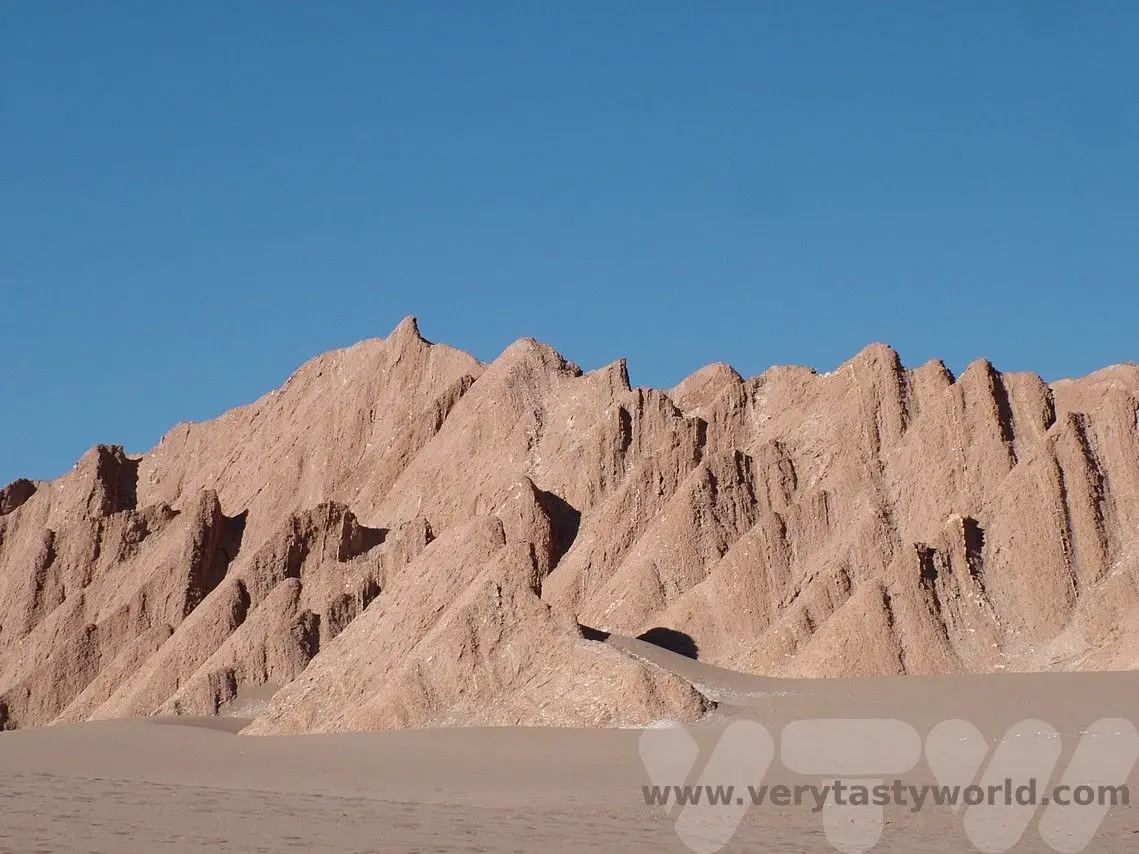
Walking down a sand dune in bare feet was wonderful – the sun was hot but the sand was cool.
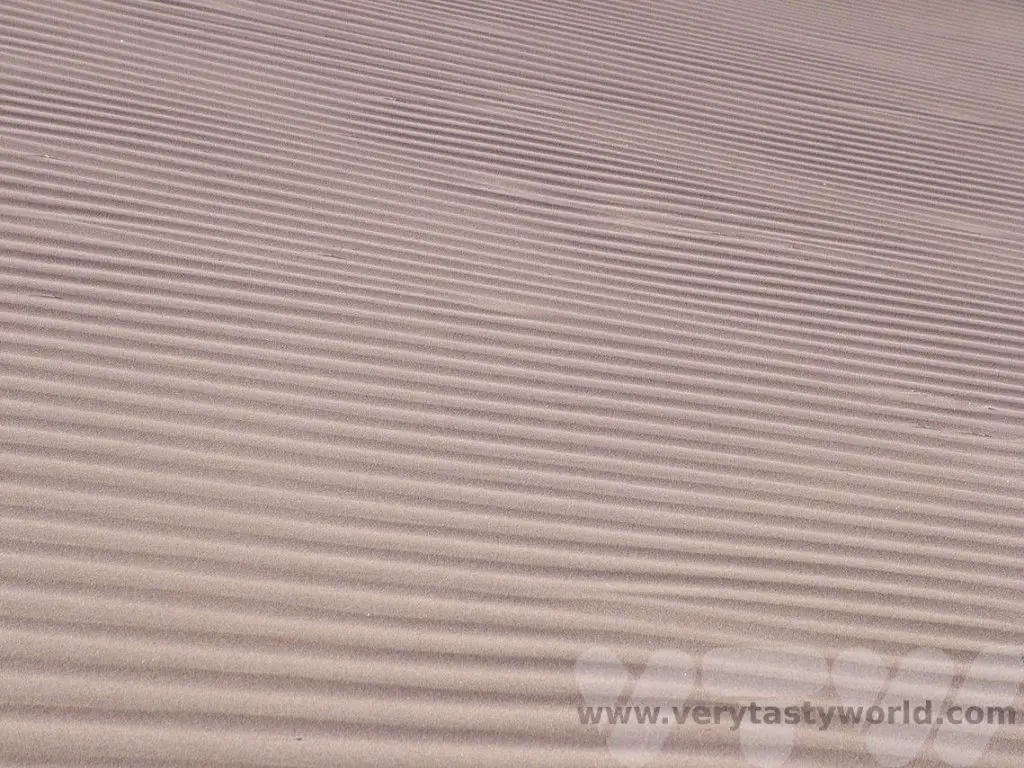
It is possible to do activities such as sandboarding there. There will be plenty of tour operators who will have the necessary equipment.
Moon Valley’s (Valle de la Luna) name is entirely appropriate. It is stark and strange and highly reminiscent of a lunar landscape.
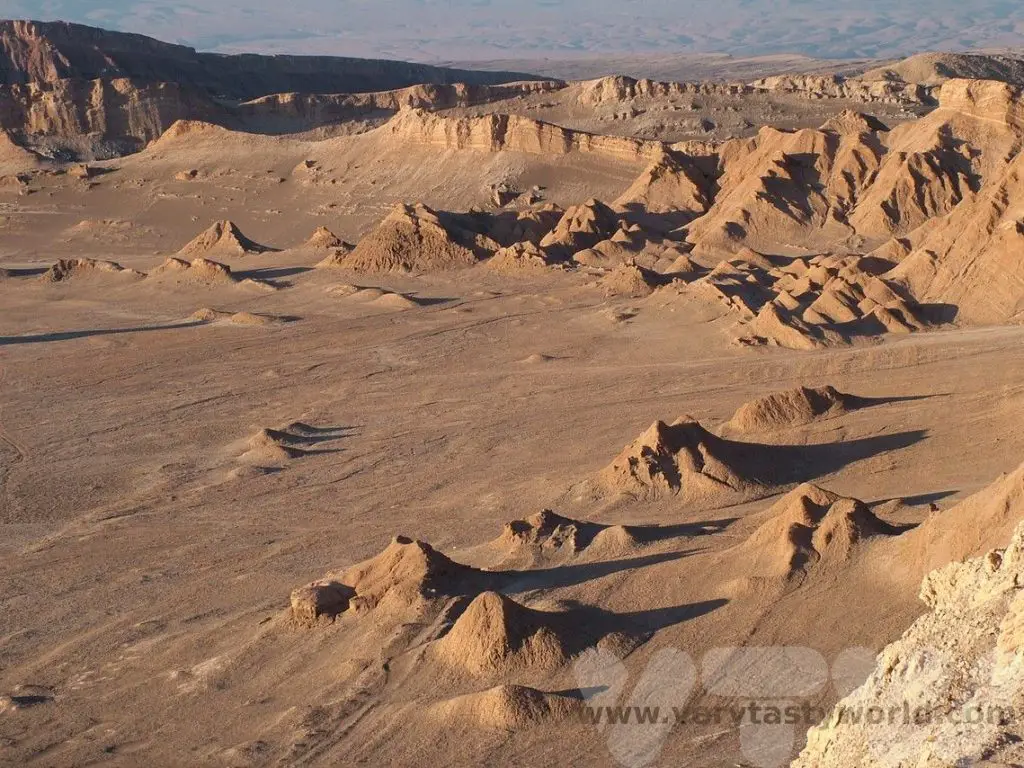
It is covered with structures composed of salt, gypsum and clay, eroded and shaped by the wind over several thousands of years.
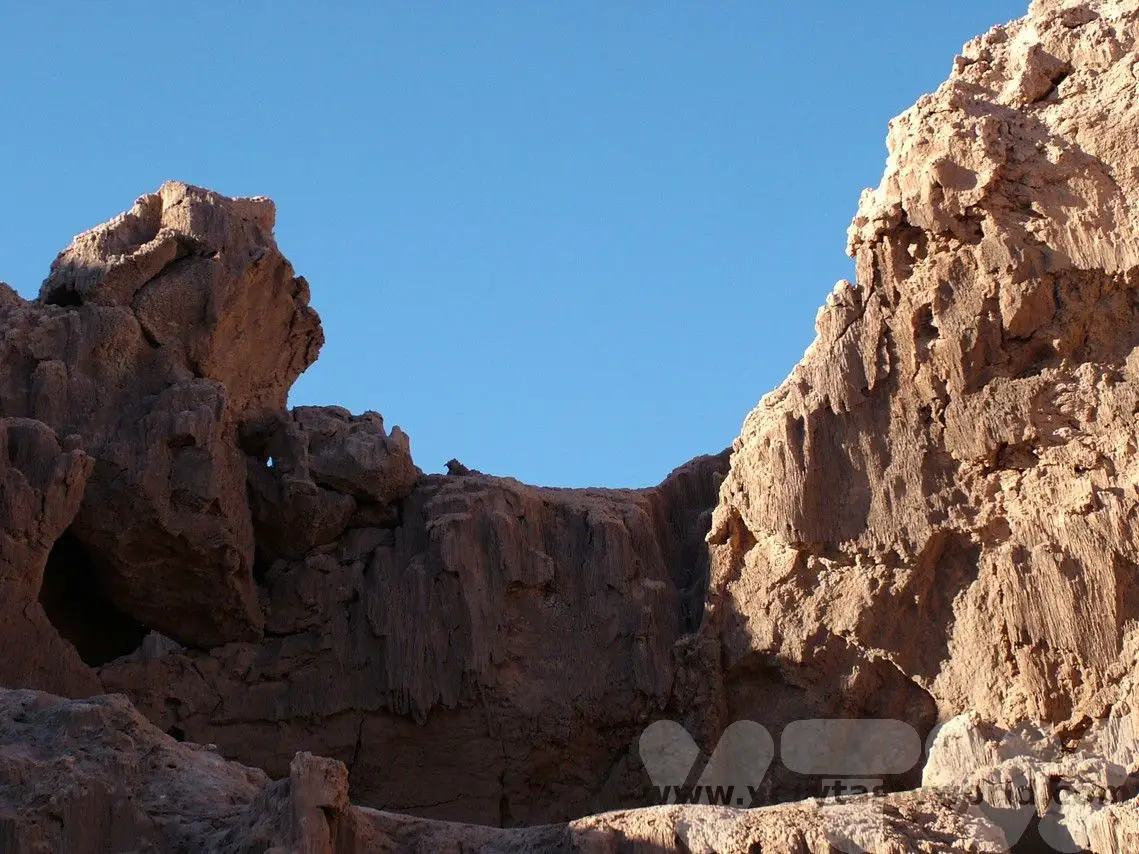
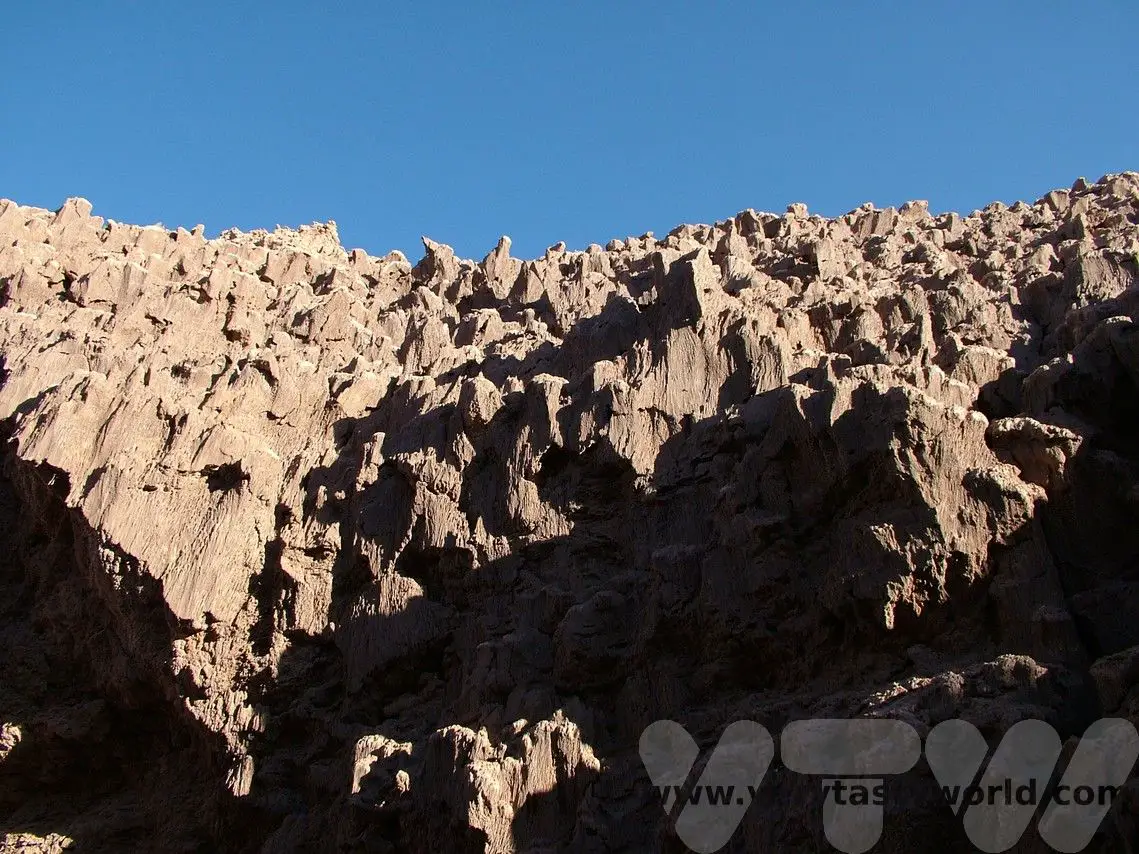
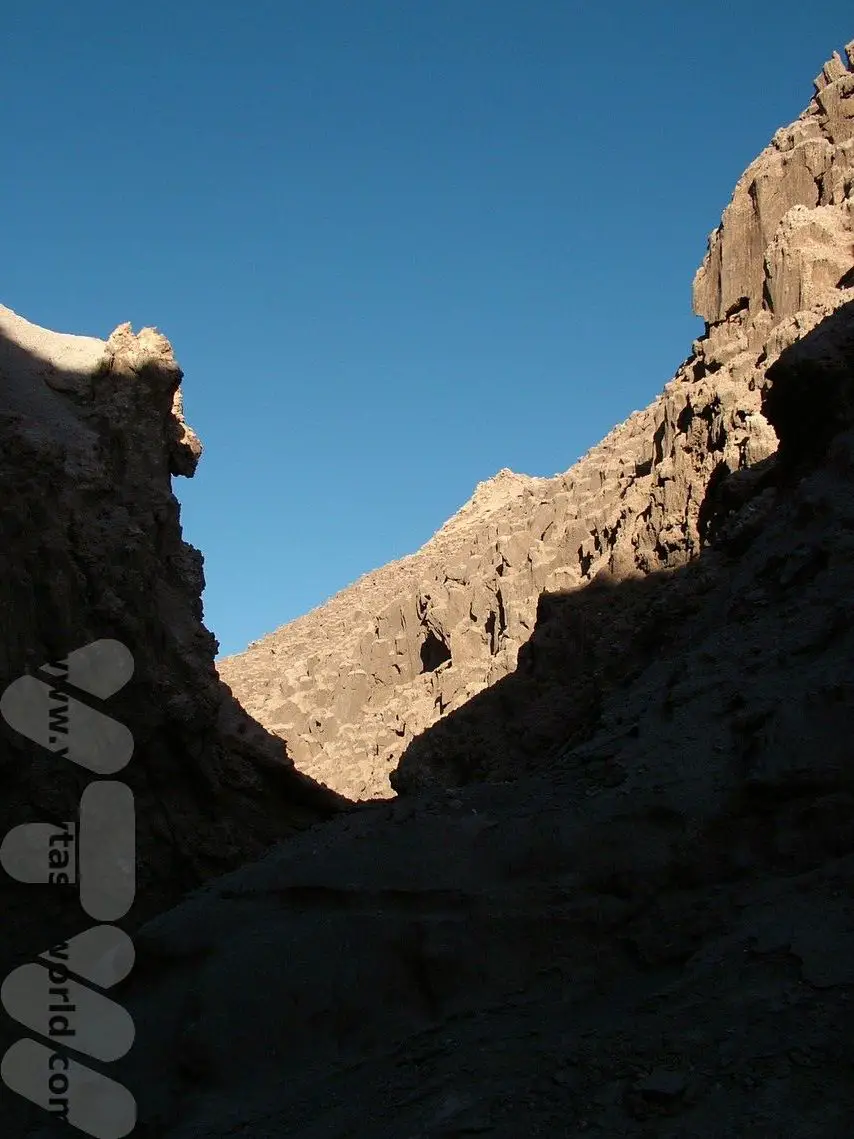
After exploring these dramatic landscapes we also took the chance to watch the sun set and the moon rise behind the Licancabur volcano. It’s worth arriving early in order to find the best viewing spot, as the area will slowly and surely fill with tourists as the sun goes down. It’s a beautiful sight, with the colours changing every minute.
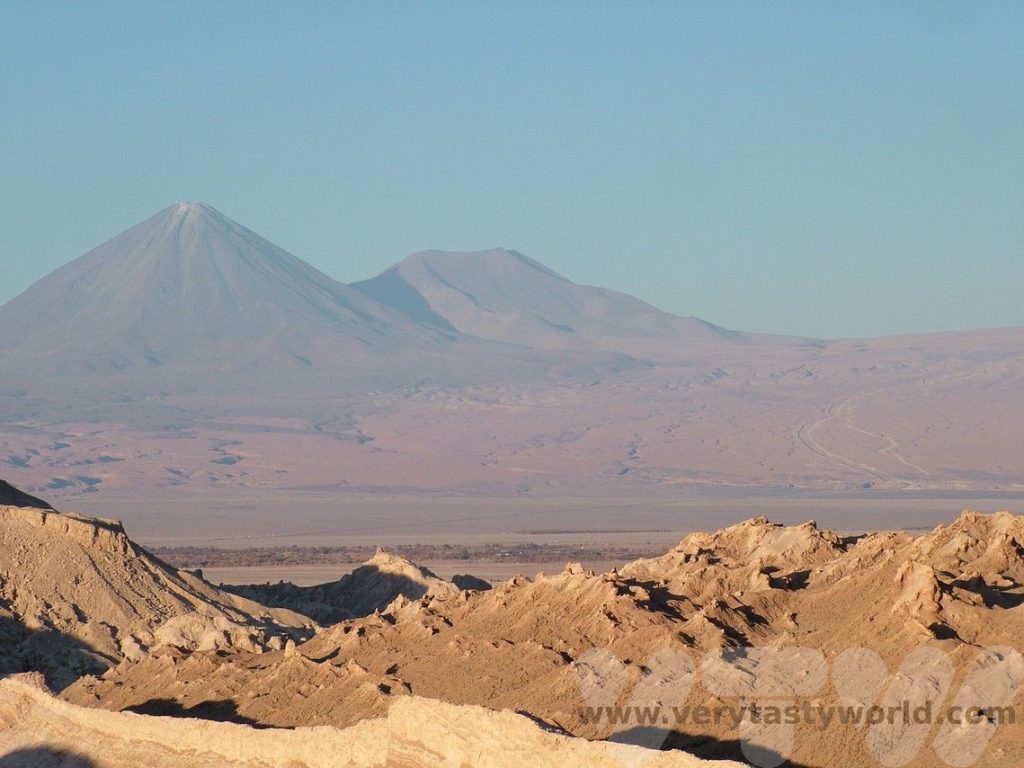
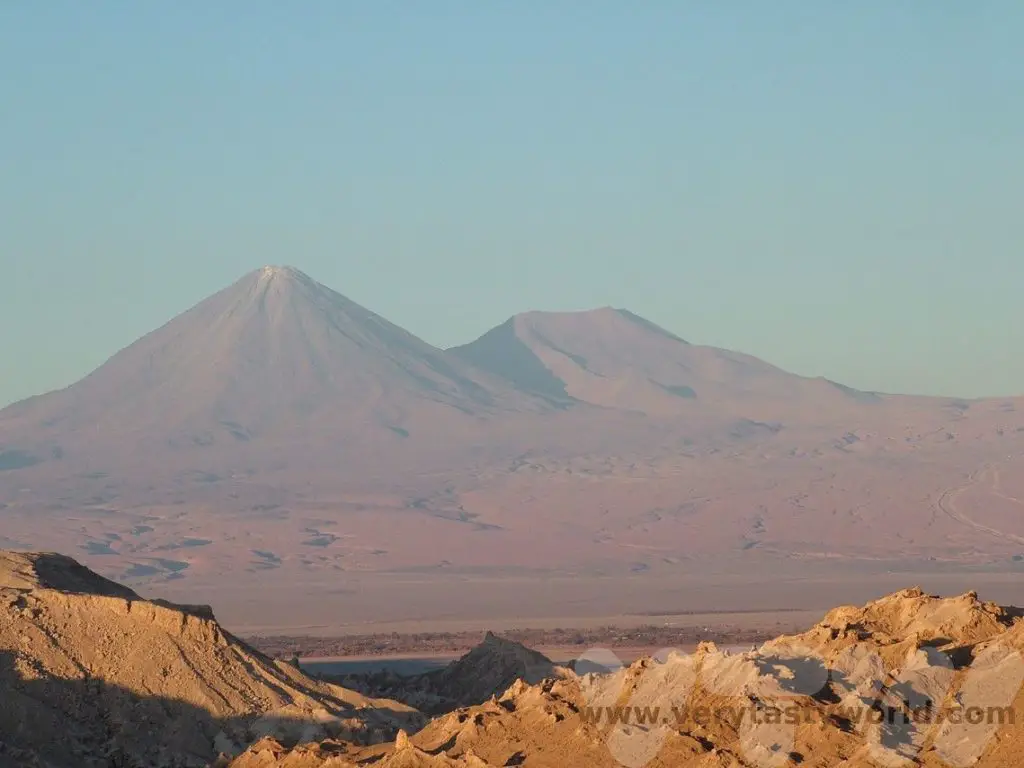
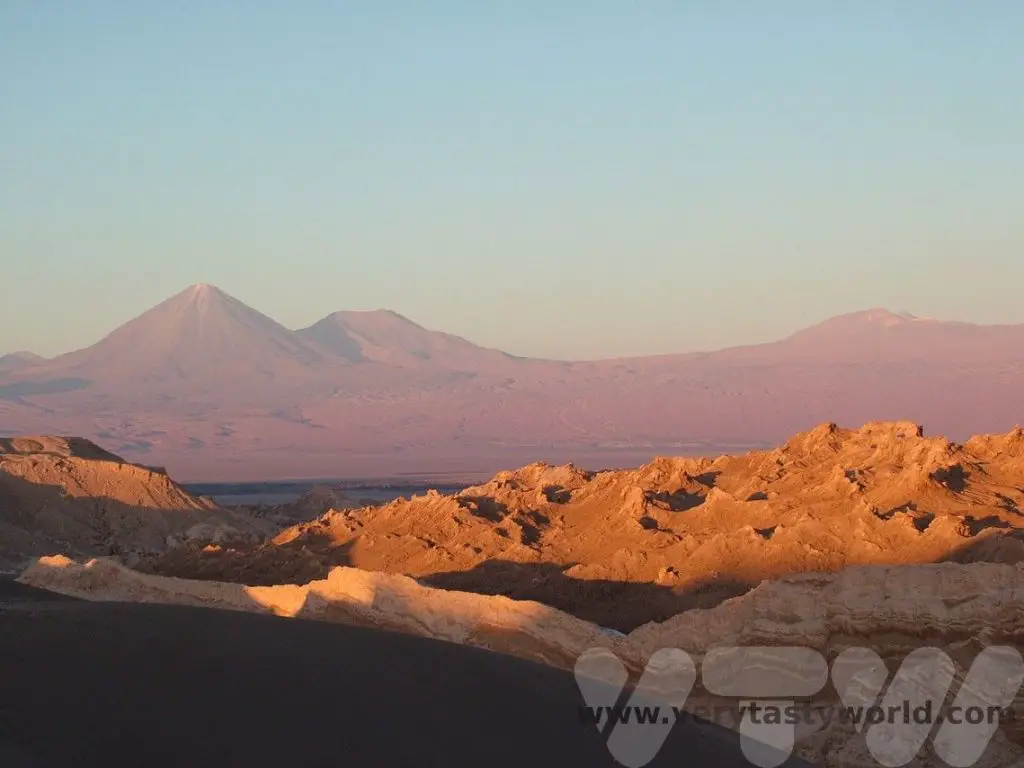
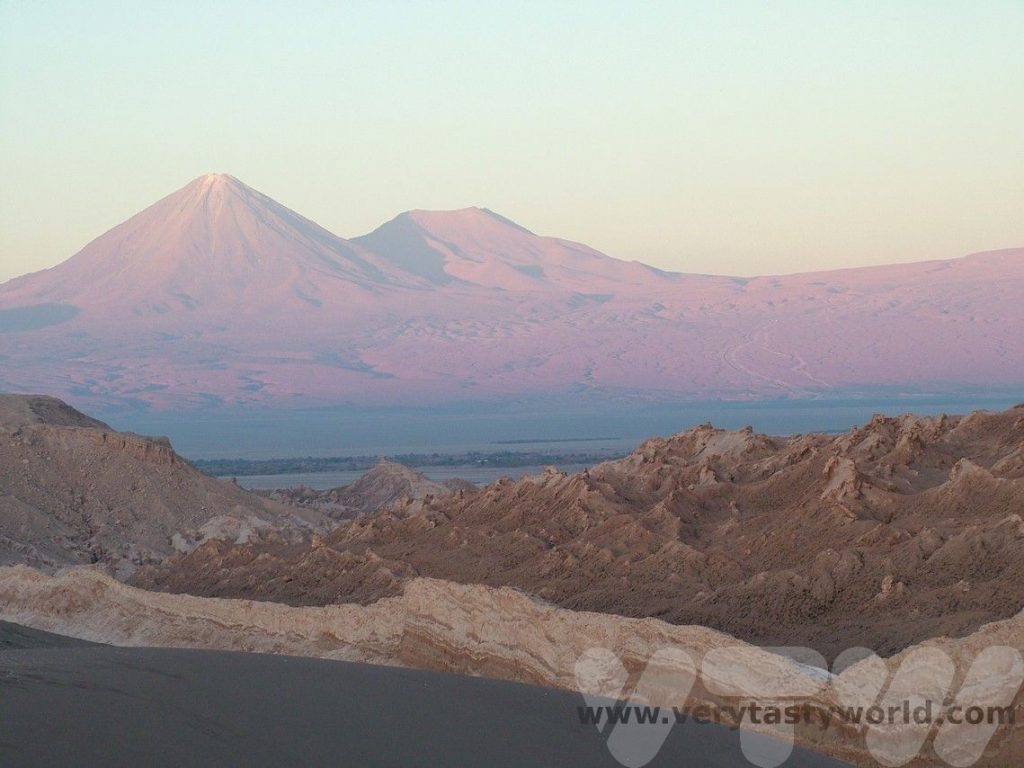
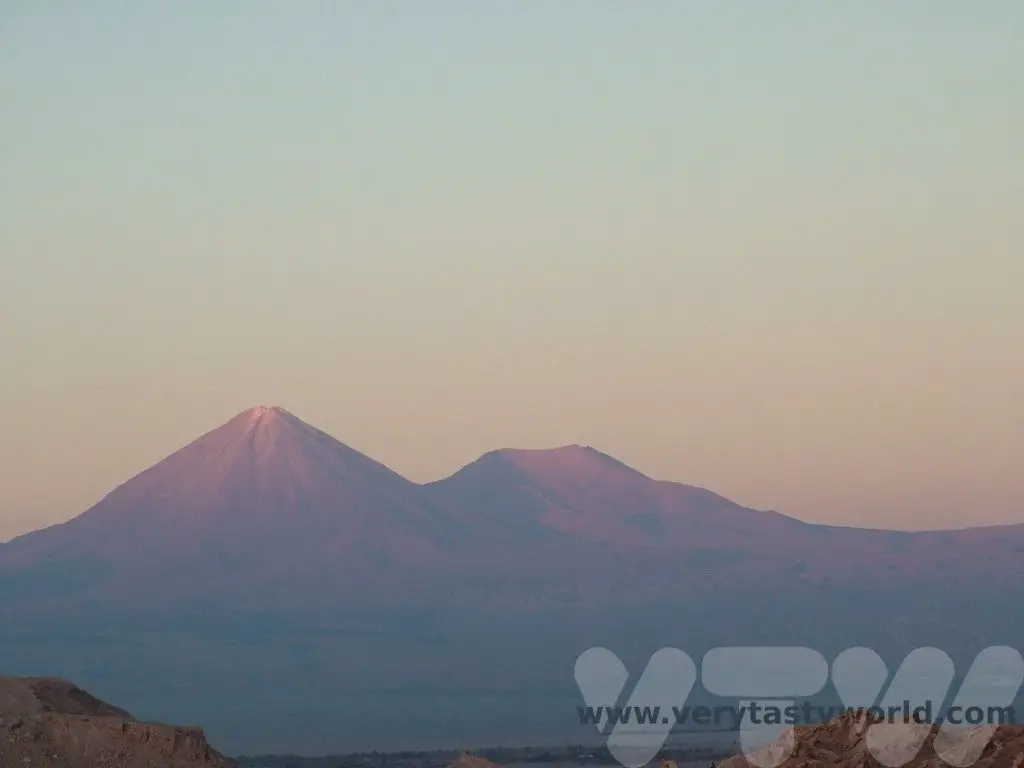
Full Day Trip To Salt Flats And Altiplanic Lakes
The Atacama also has salt flats located around 55km from San Pedro. At around 3000 square km they are the third largest salt flats in the world, after Uyuni in Bolivia and Salinas Grandes in Argentina. Because it virtually never rains in the Atacama, the salt is crusty – unlike Uyuni which has a totally smooth surface.
If you get up early you can go on a tour which takes you to the salt flats in the morning. It was good to see the volcano at sunrise.
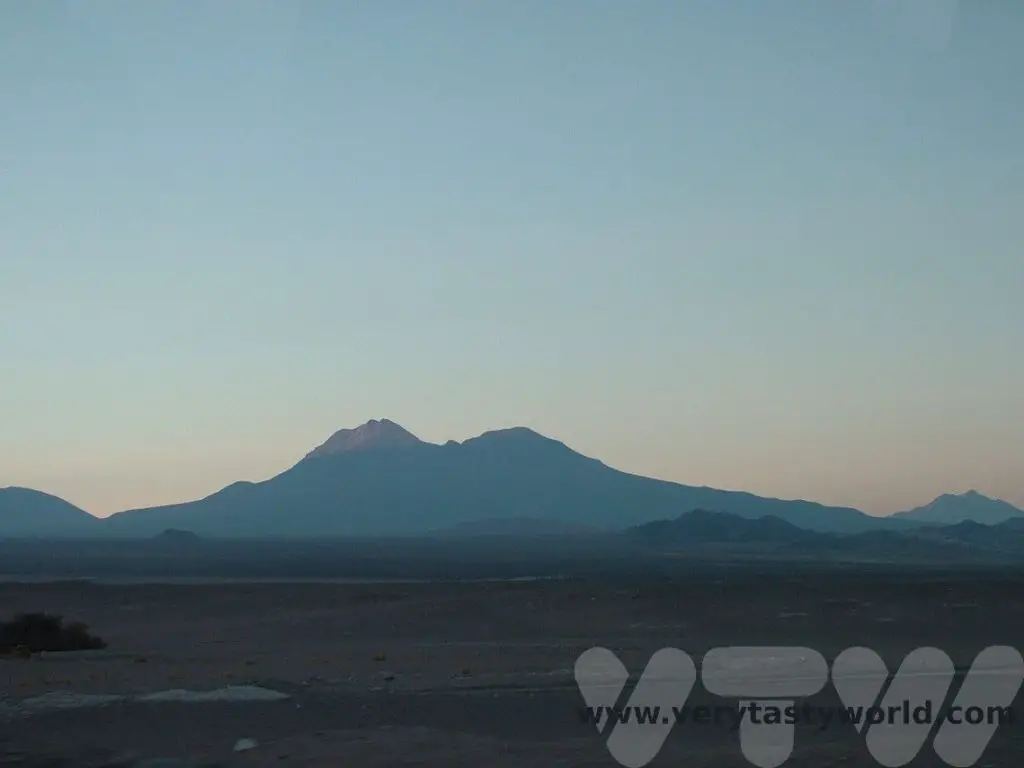
It’s possible to go walking on the salt flats and view the flamingos on the laguna before the other tourists arrive and scare them off. (It is definitely worth taking the early morning option for a visit.) The desert is really cold in the morning, about 0ºC, but warms up to over 30ºC by noon.
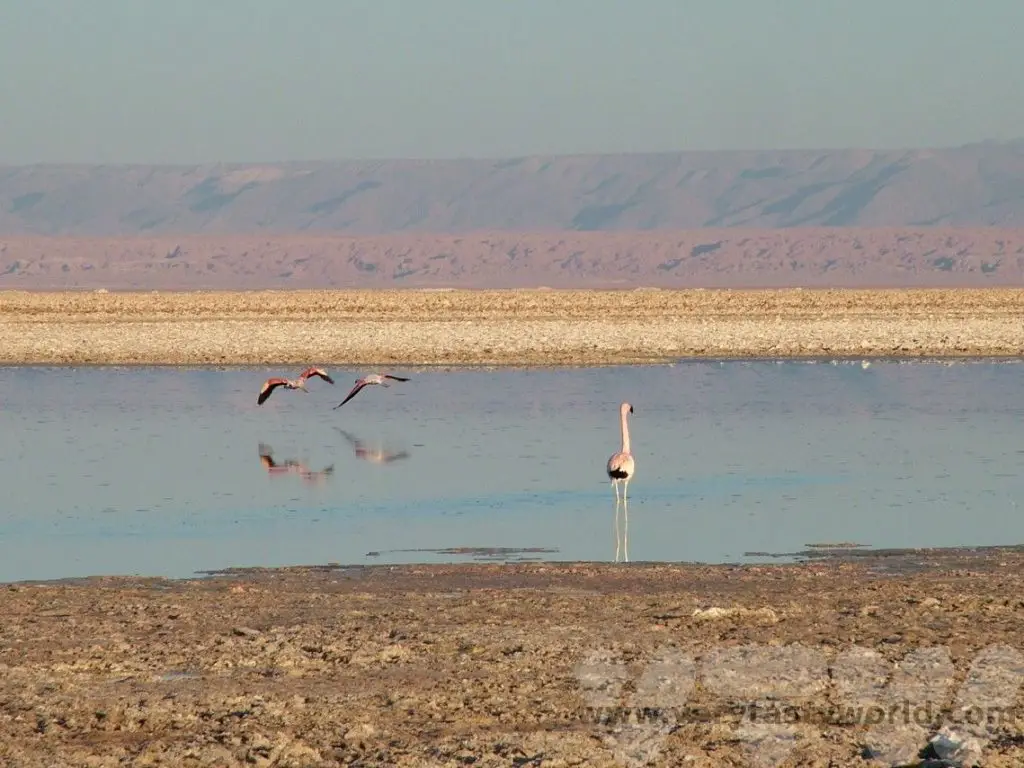
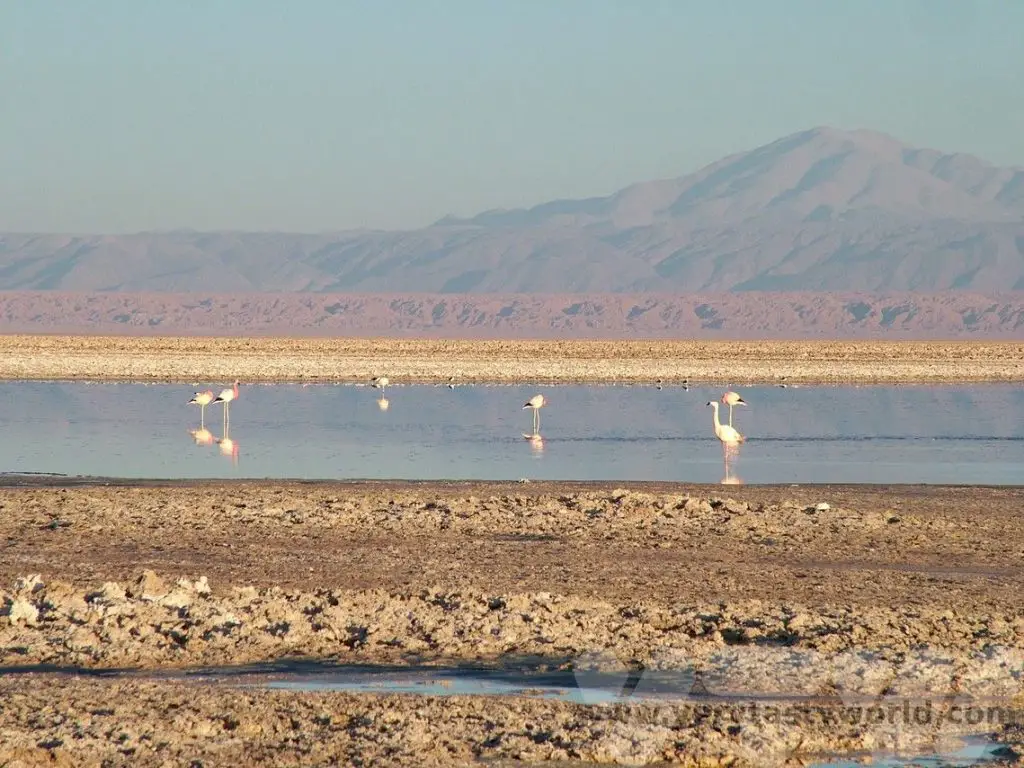
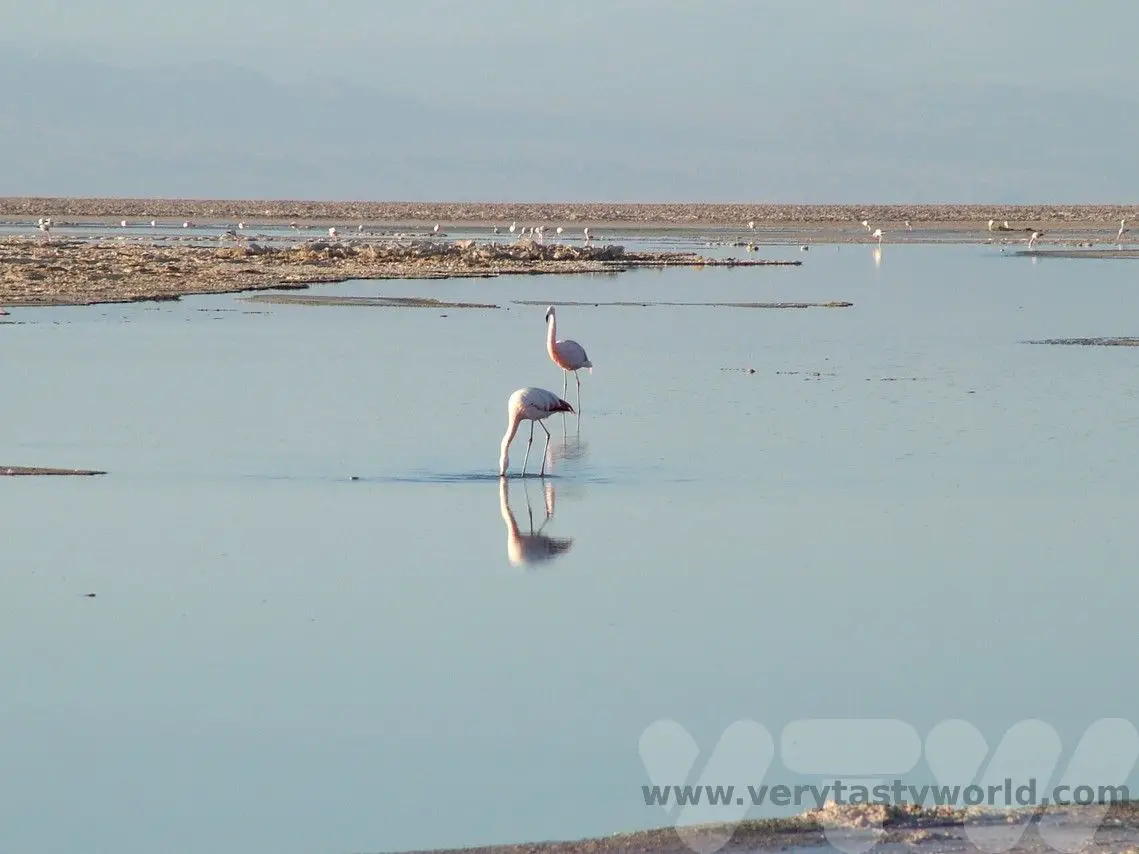
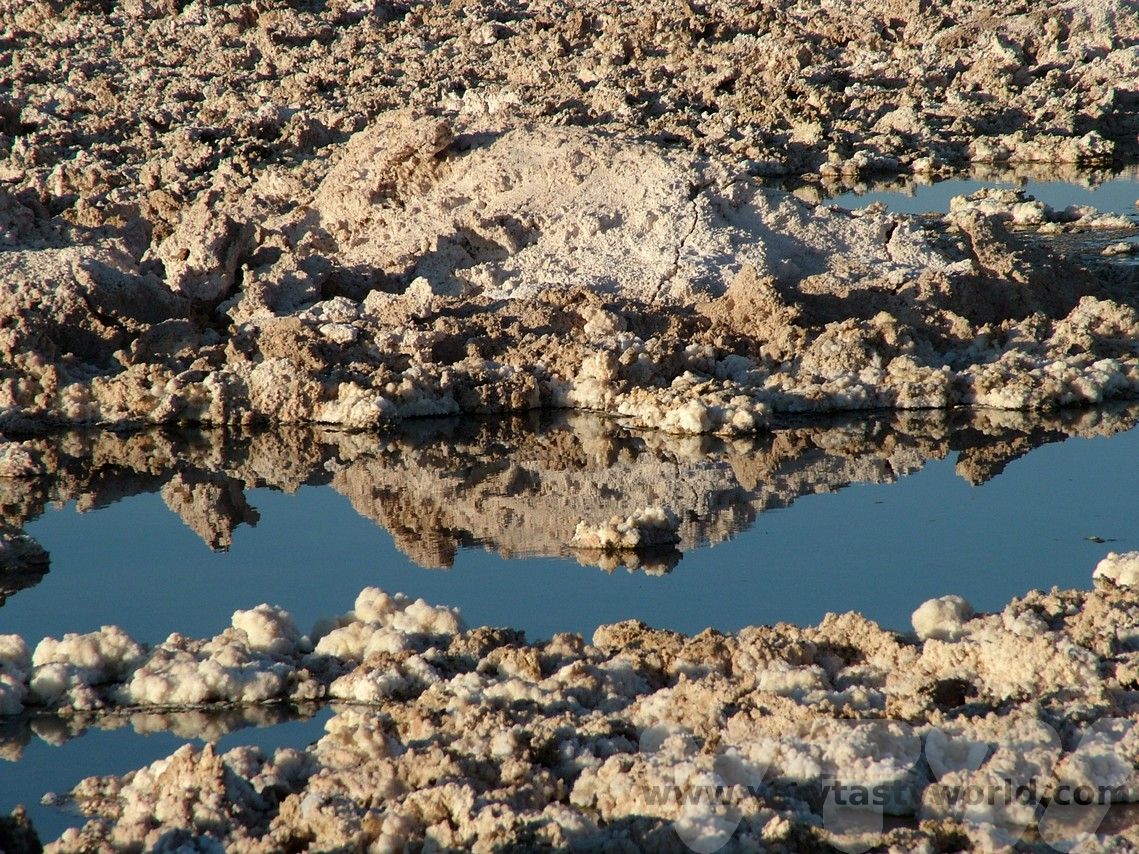
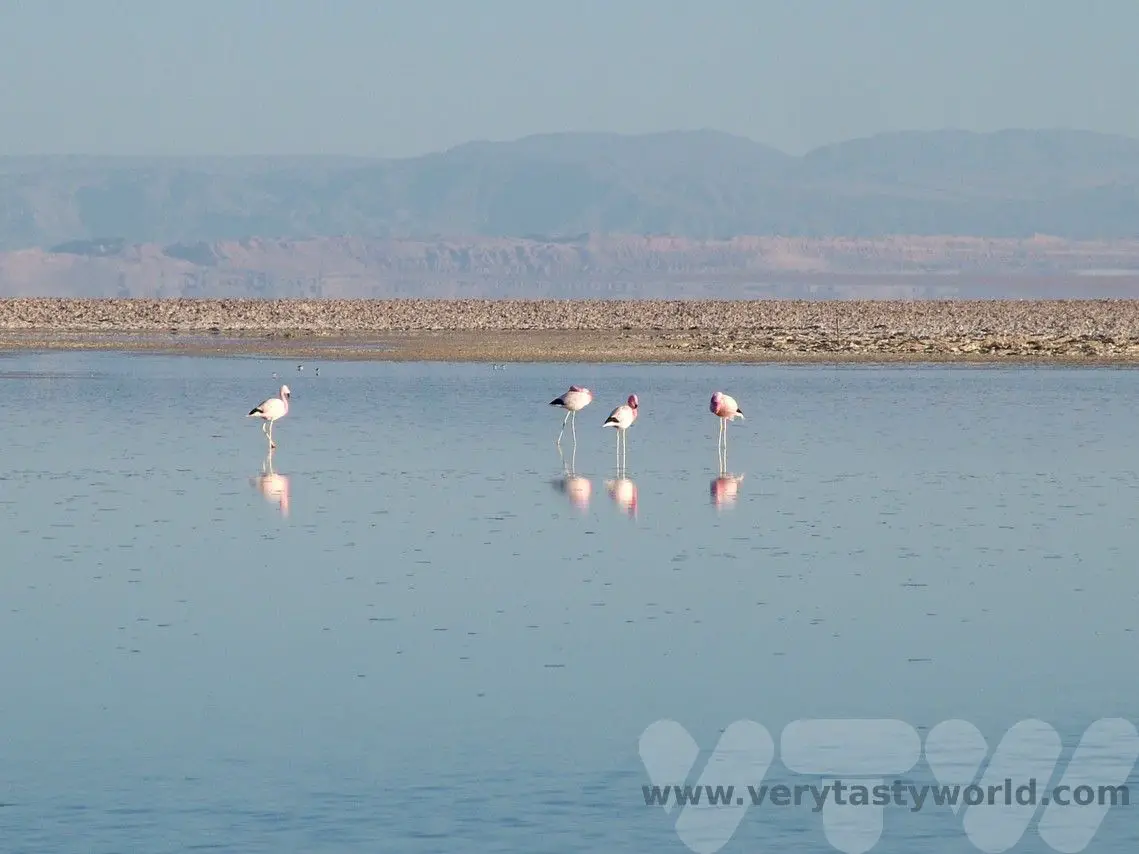
After a walk across the the salt flat we travelled across the altiplano.
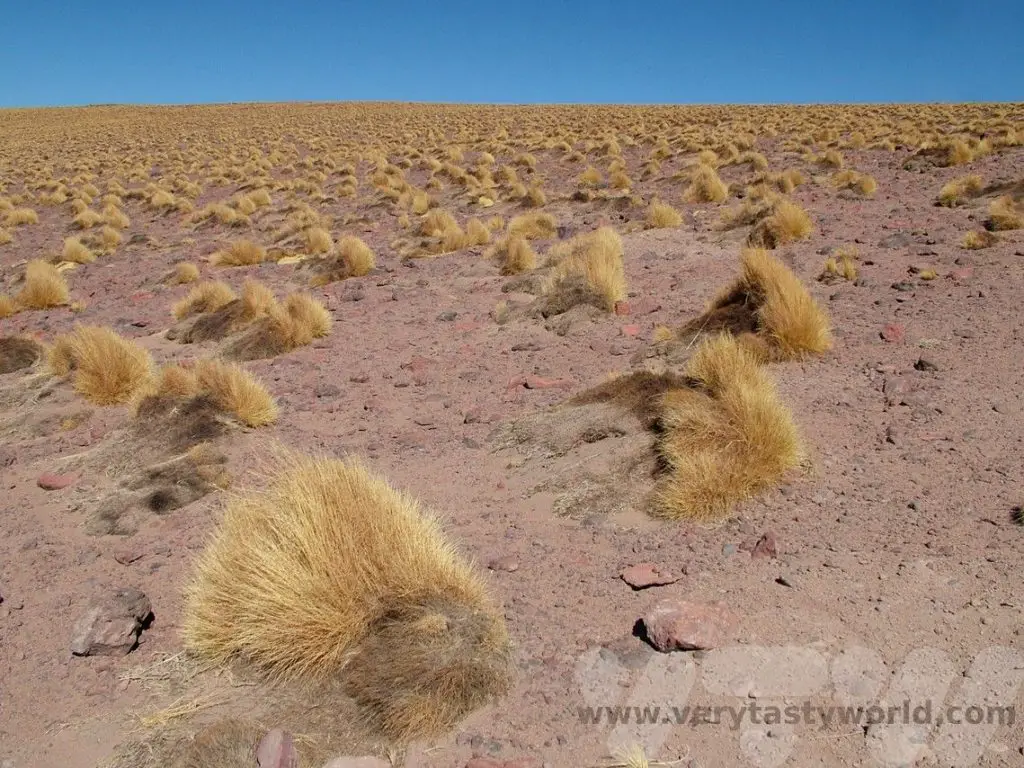
There are also altiplanic lagoons to visit – these lakes were completely beautiful and utterly serene. They are, respectively, Laguna Miscanti and Laguna Miñiques.
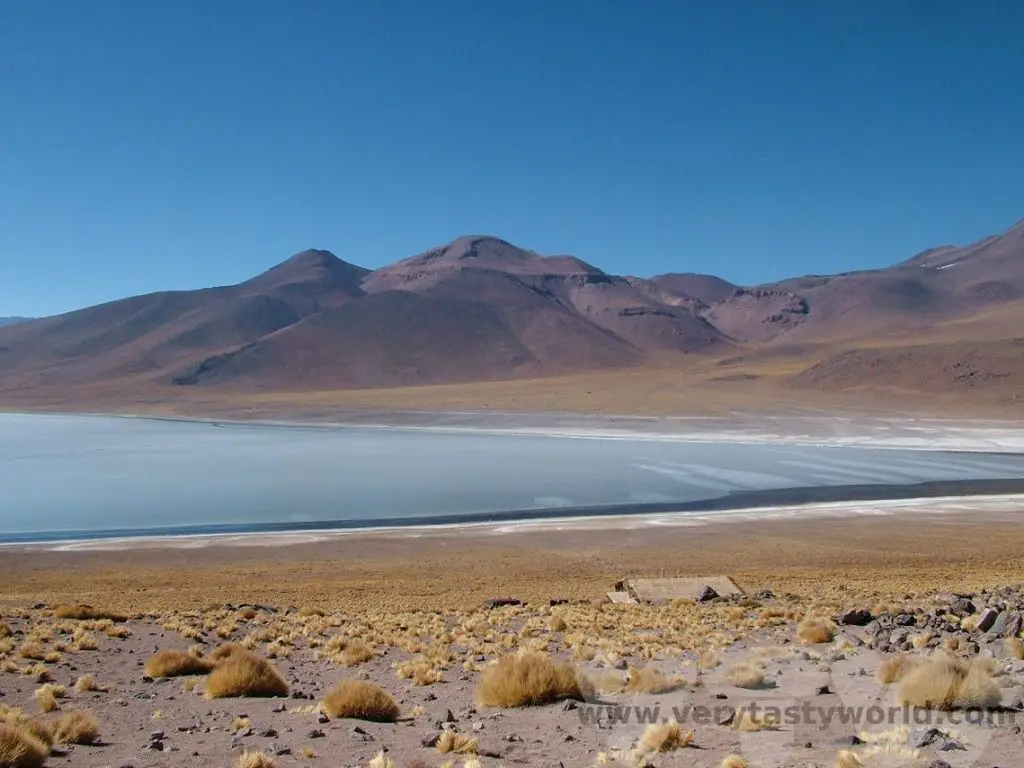
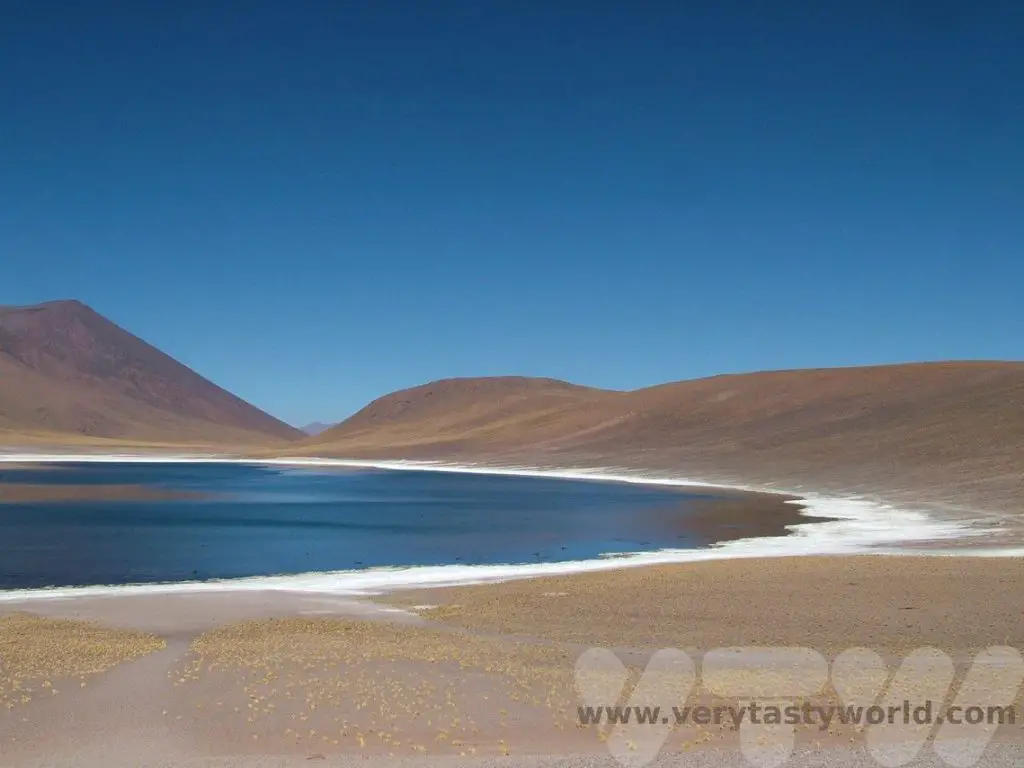
Day Trip To The El Tatio Geysers
We could class these as an essential excursion when on a visit to the Atacama Desert. This tour was the one that we booked a few days in advance, on arrival at San Pedro. We were picked up from our hotel at 4am to embark on a dark, bumpy 95km minibus ride for three hours. This was another trip where appropriate clothing was important: it was –9ºC on arrival but the temperature had reached above 30ºC by mid-morning. Wearing lots of layers and discarding them as necessary is the best approach.
The El Tatio geysers in the Atacama Desert are the world’s highest altitude geysers. It was absolutely worth getting up so early. We arrived at sunrise to see the geysers at golden hour. They were spectacular.
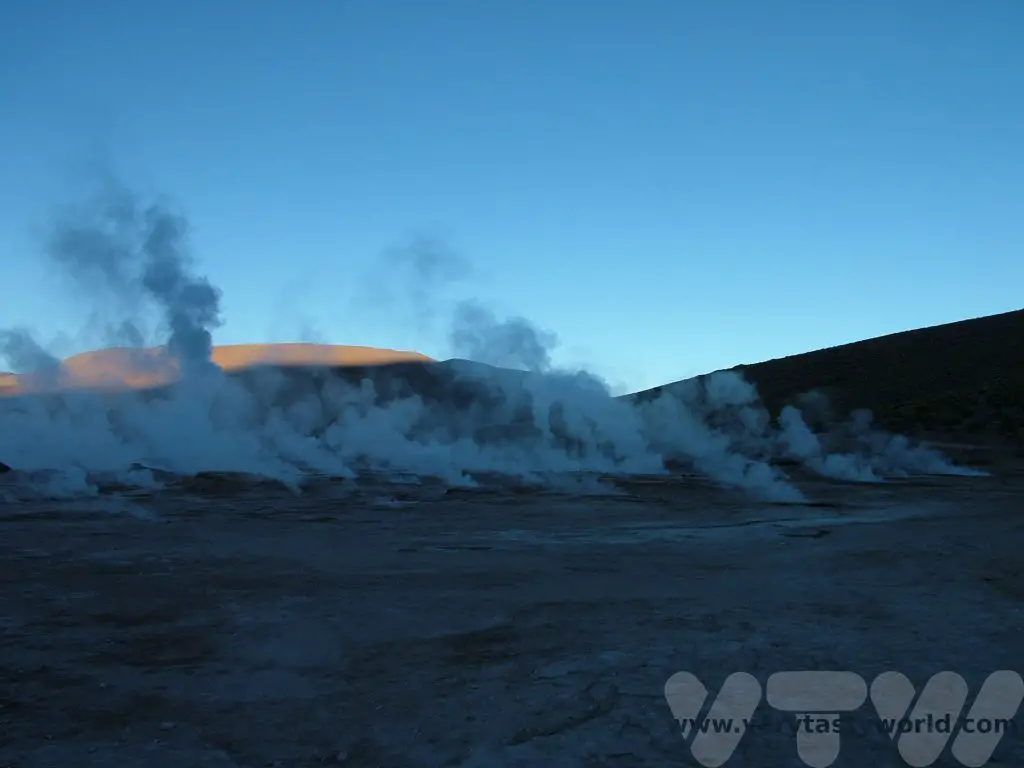
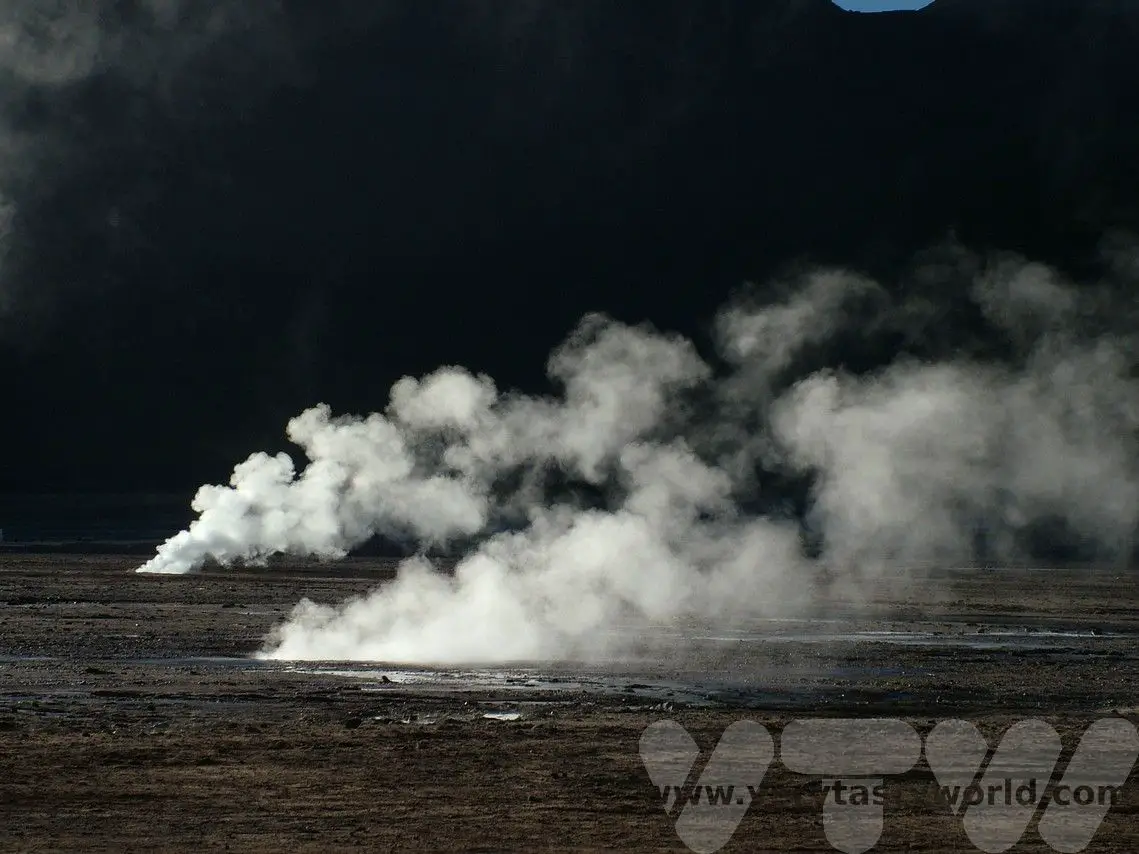
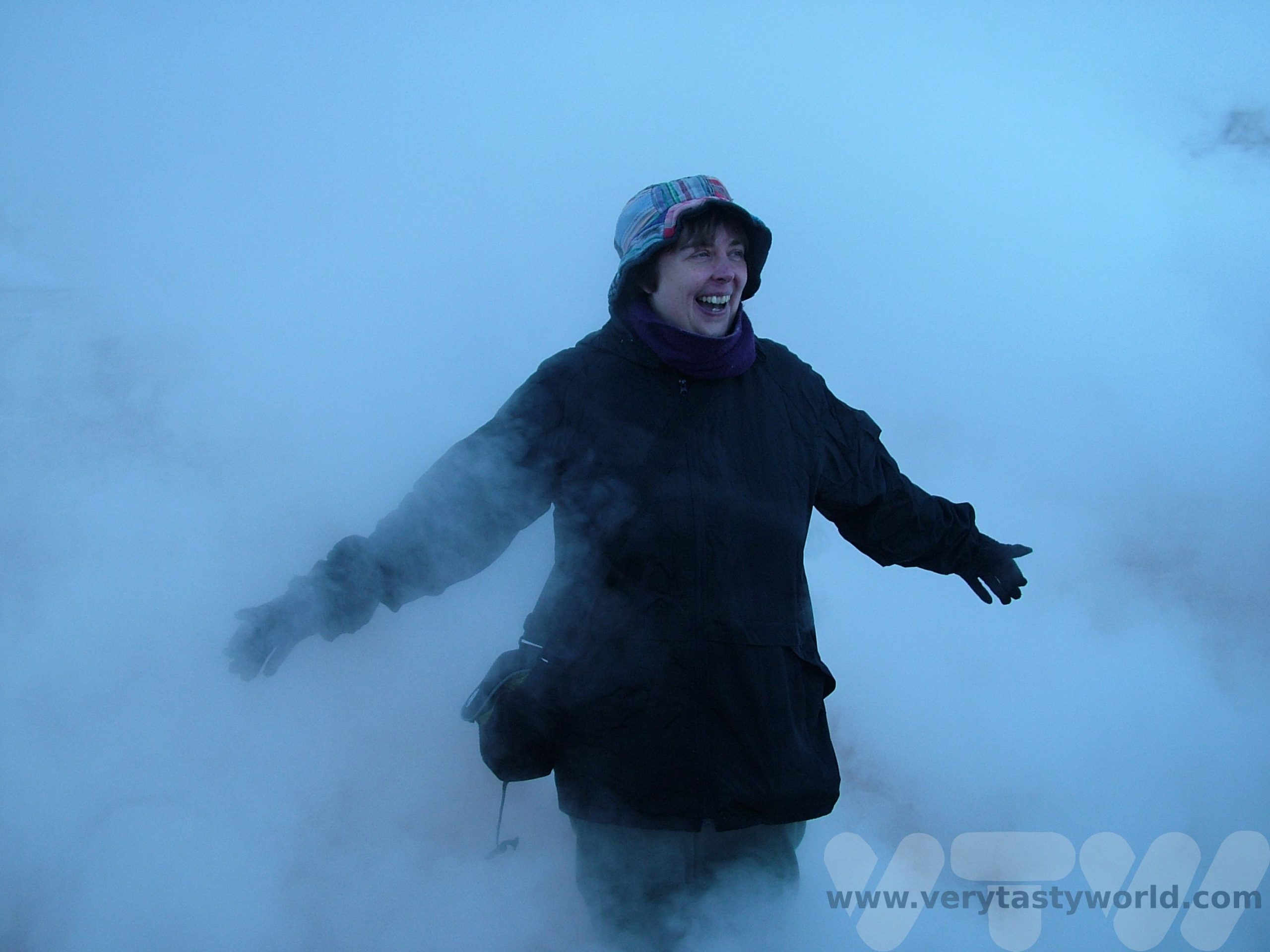
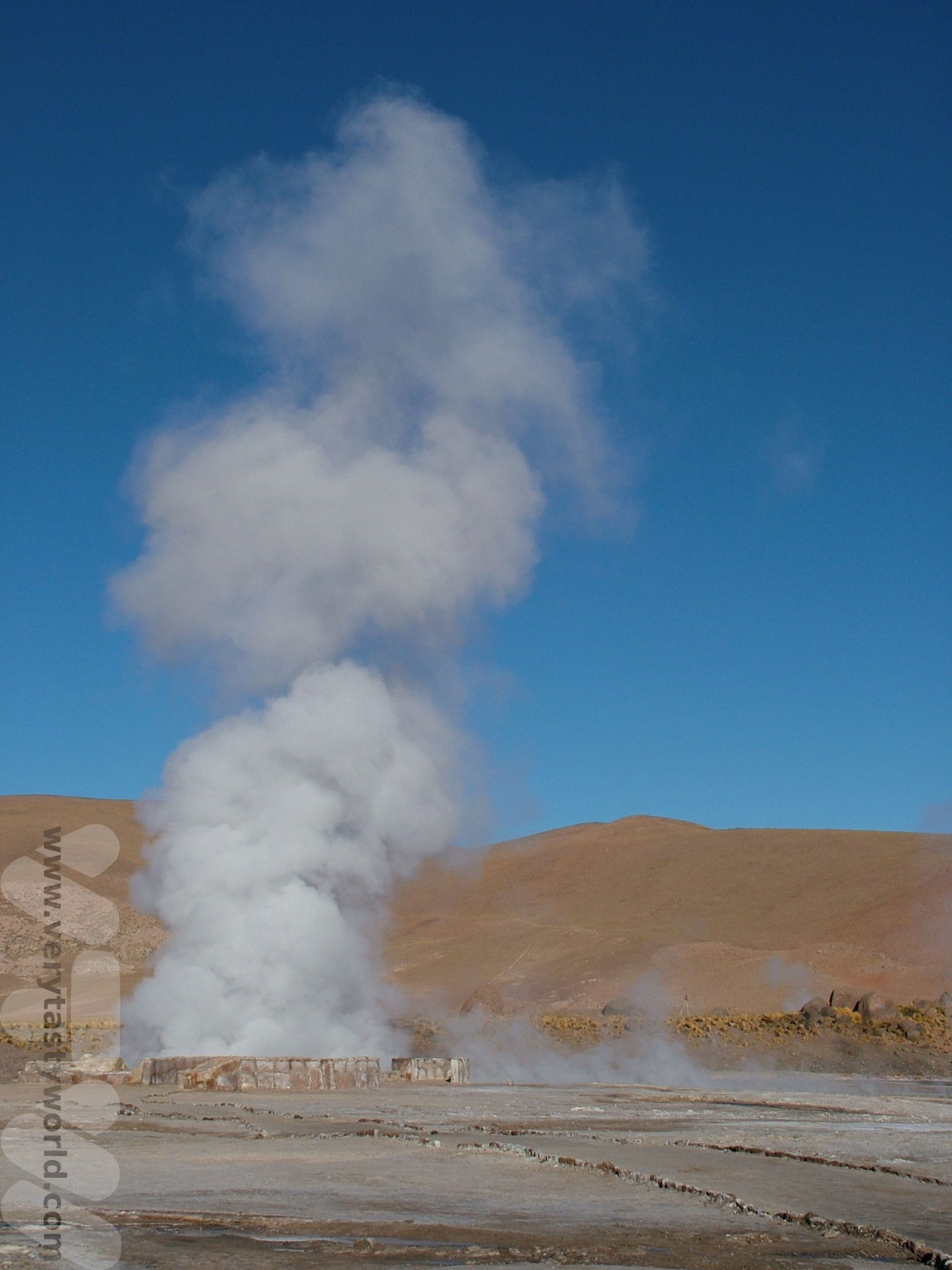
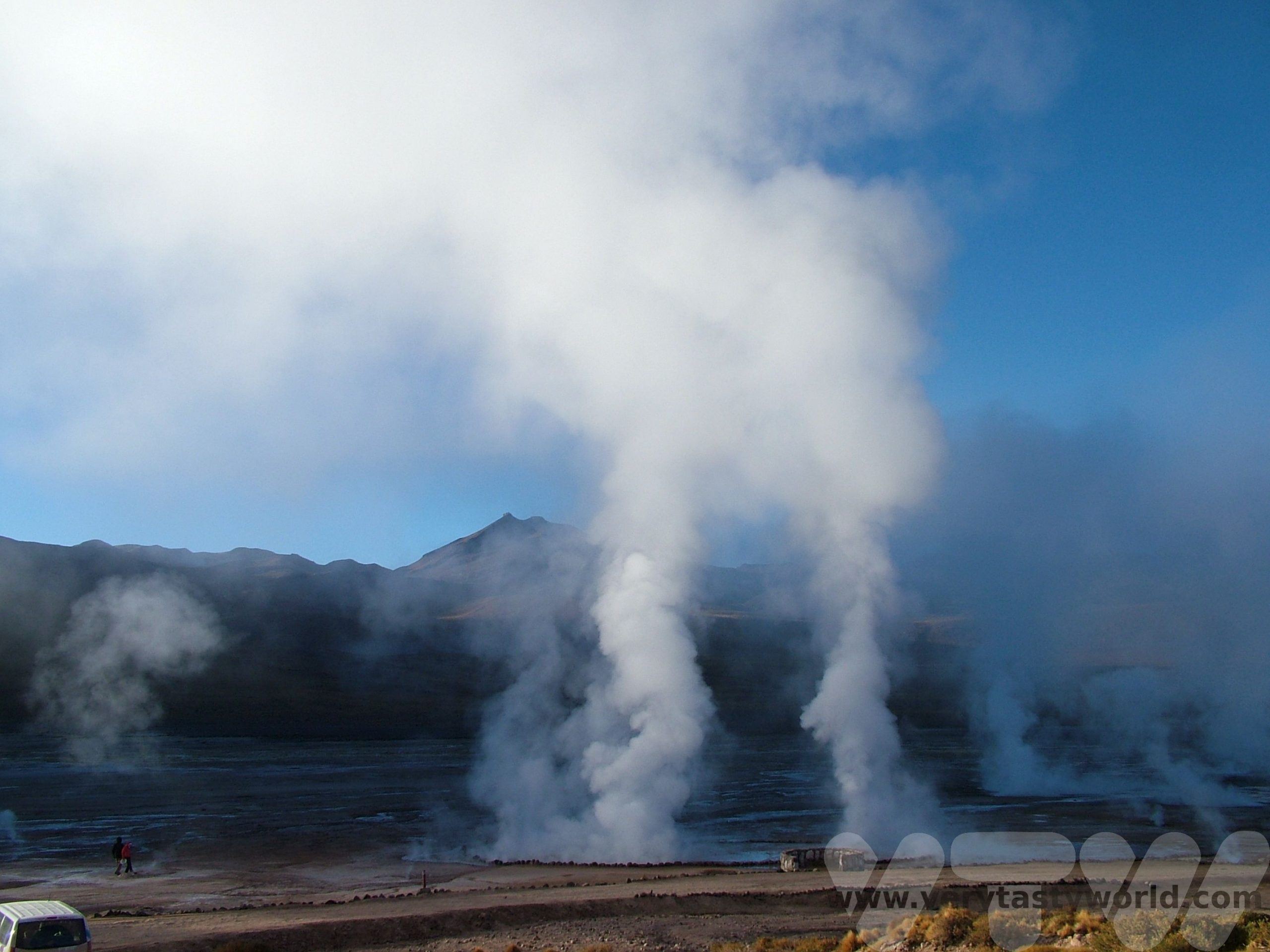
The trip also included a more leisurely journey back to San Pedro, viewing some lovely scenery and visiting a cactus forest.
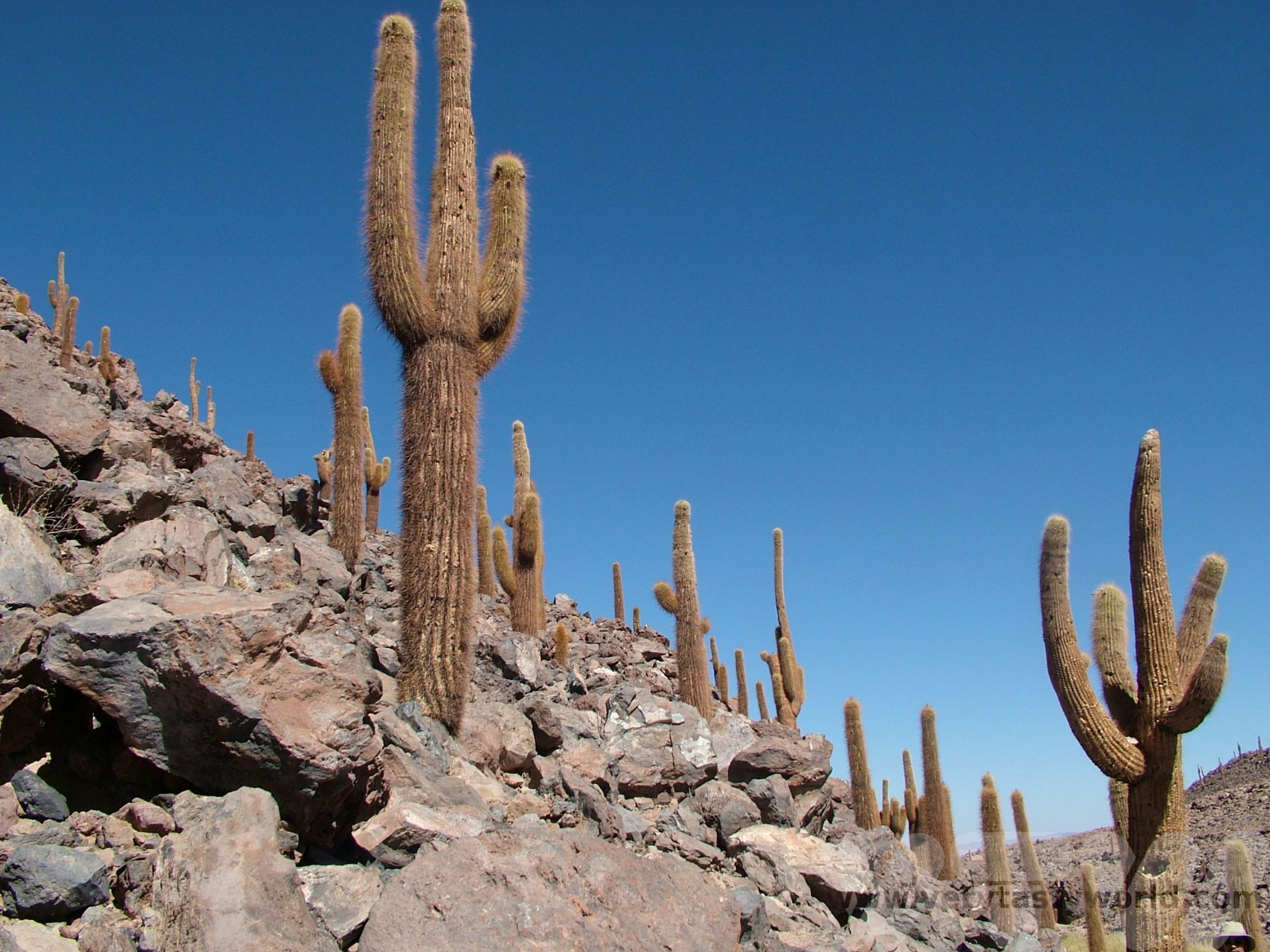
We have a more detailed account of this trip and more photos here.
San Pedro
Back at San Pedro there are plenty of bars and restaurants to keep you entertained. Some have live music in the evening. It also had a cute museum, with a lovely geodesic design, that displayed local artefacts, although apparently it has sadly closed. Since we visited further museums have opened up. One activity that would definitely be worth investigation would be the astronomy observatory. The Atacama has some of the clearest night skies in the world and it is possible to do a tour – at an observatory that is open to the public – to look at the skies.
Related Posts You May Enjoy

- Best Time To Visit Machu Picchu 2024 Update
- A 2 Week Patagonia Itinerary
- Day of the Dead in Campeche
- A Galapagos Land Based Itinerary
- RECIPE: How to Make Costa Rica’s Gallo Pinto
- A Tasty Puebla Food Tour
- Costa Rica Wildlife Sanctuary – Caño Negro
- Visit Torres del Paine National Park in Patagonia
- Atacama Desert Itinerary
Please note that this post contains affiliate links. If you click the link and decide to make a purchase we will earn a small commission, at no cost to you, which helps towards running this site.
The Maipo Valley in Chile
You’re the Wine That I Want
Less than an hour’s drive from the bustling capital Santiago is Chilean wine country. The Maipo valley is ideally located for growing vines – a combination of perfect soil, altitude and climate.
Concha y Toro is probably Chile’s most famous wine producer – its wines are exported all over the world. Their working vineyard isn’t available to visit, which is a shame, but just outside the village of Pirque they have a visitors’ centre whereby you can tour the grounds and cellars as well as visit a very big shop. There are tours available in English and Spanish which all have a set starting time.
The vineyard was established in 1883 by Chilean businessman Melchor Concha y Toro who recognised the potential for winemaking in Pirque. He procured French vines from Bordeaux and invested in the equipment needed to start producing wine on a grand scale.
You get to see the exterior of the family house, its gardens and a display areas showing the different grape varieties with commentary on how the grapes are cultivated.
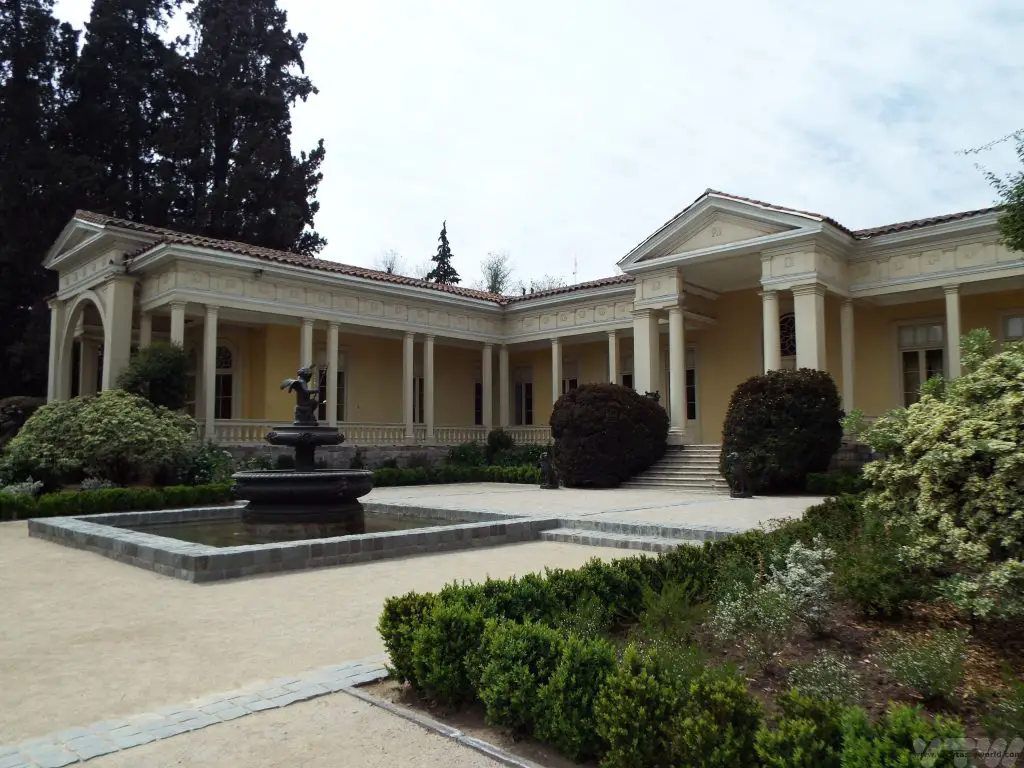
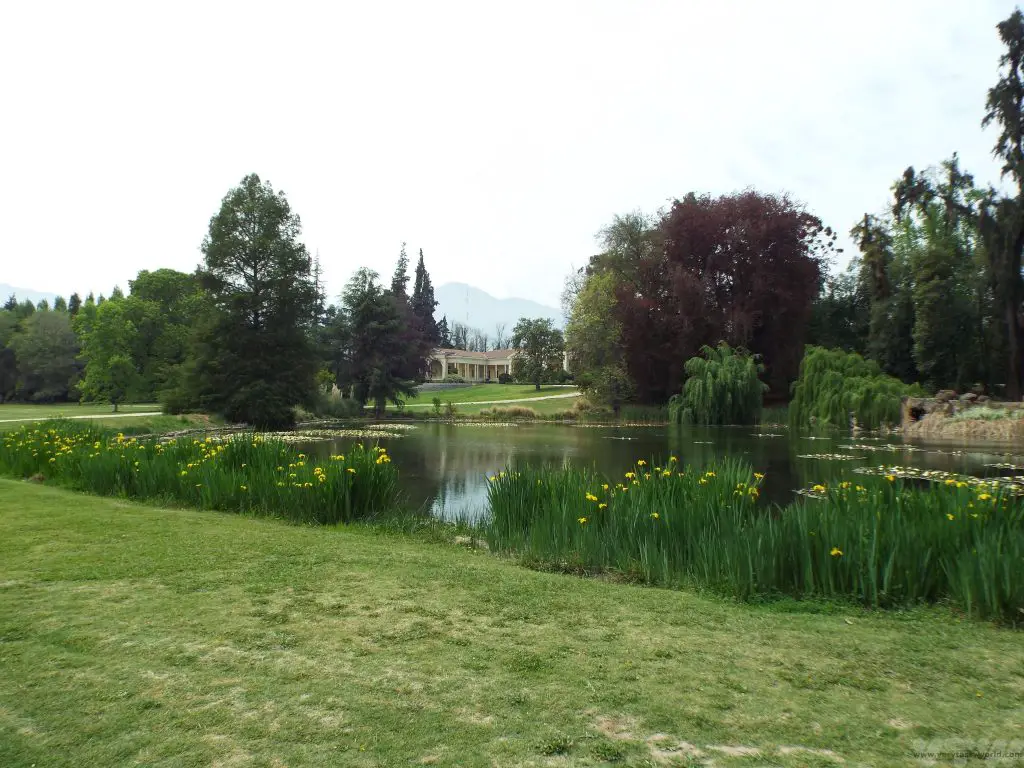
Then it’s into the cool, cool cellars where you can see lots of barrels and a sound and light display.
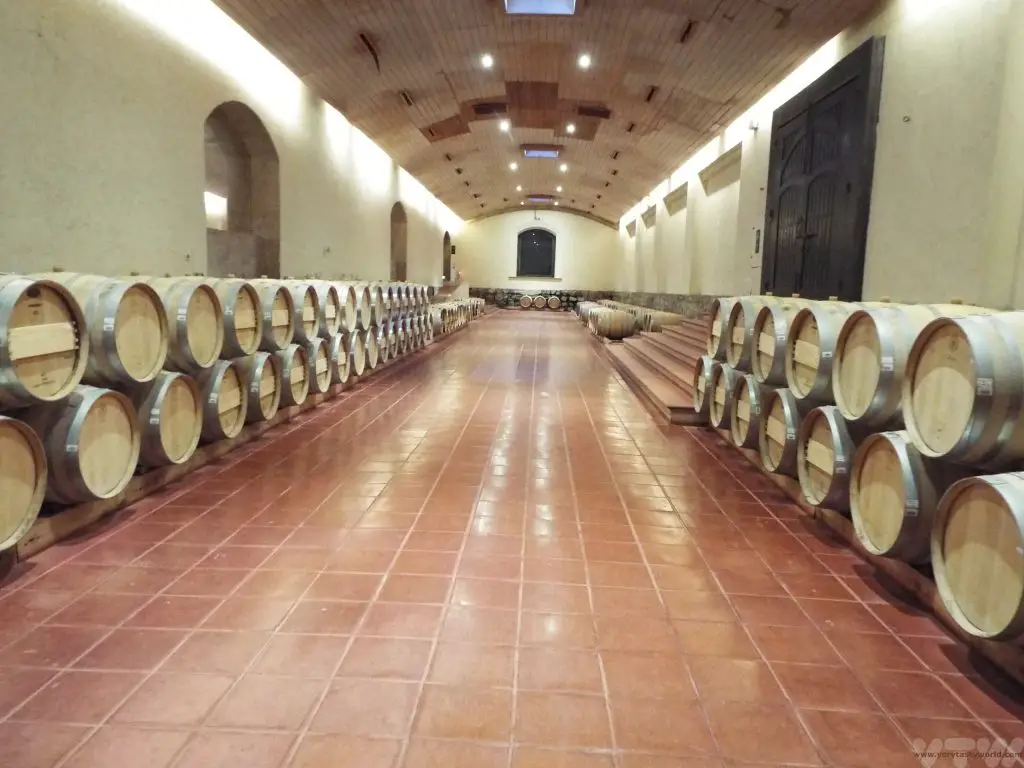
There was a legend that in the early days of the winery, despite the cellars being locked, bottles of wine used to go missing overnight. The owners started a rumour that the devil lurked within the cellars. And since that rumour circulated, not a single bottle of wine ever went missing again.
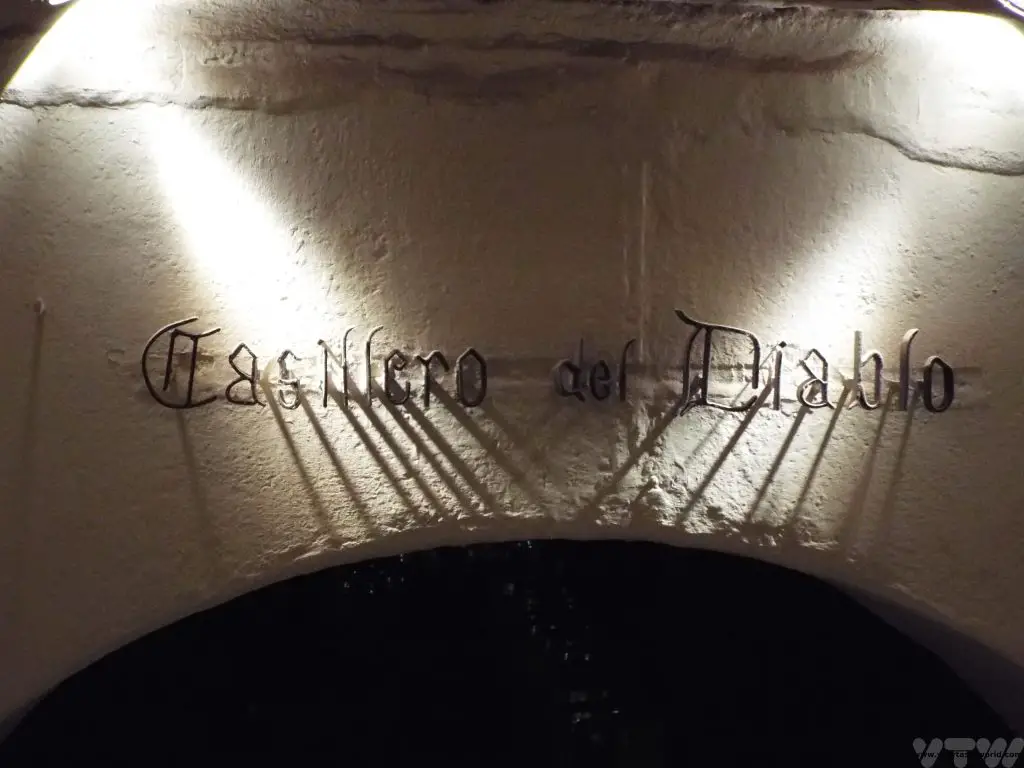
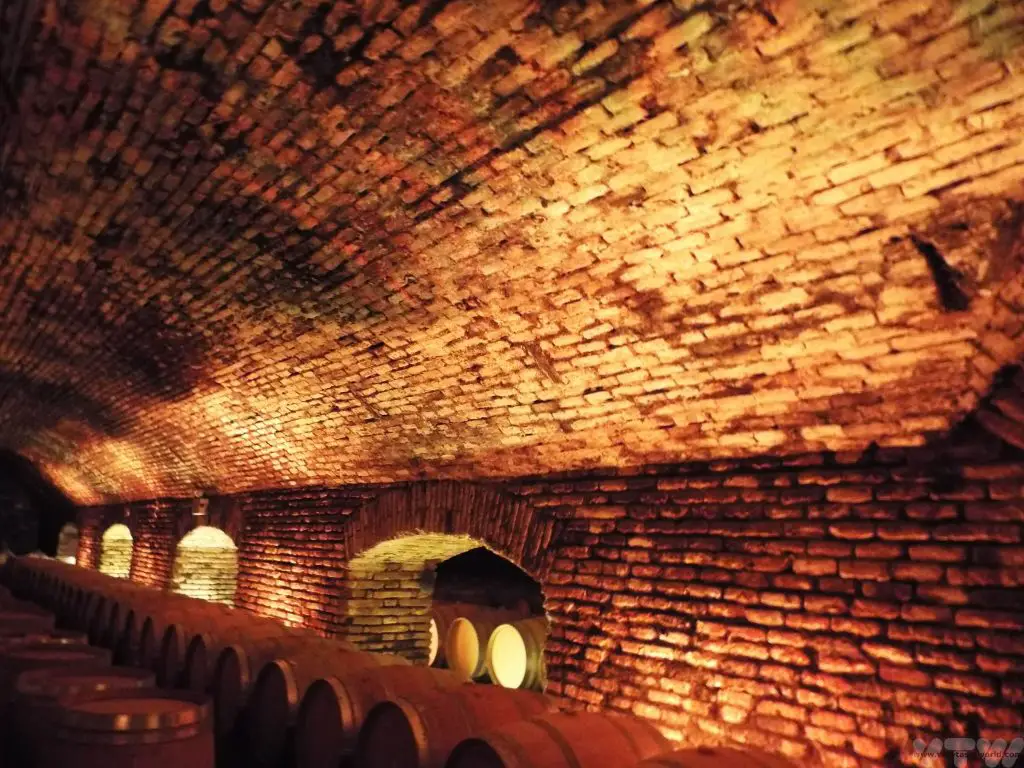
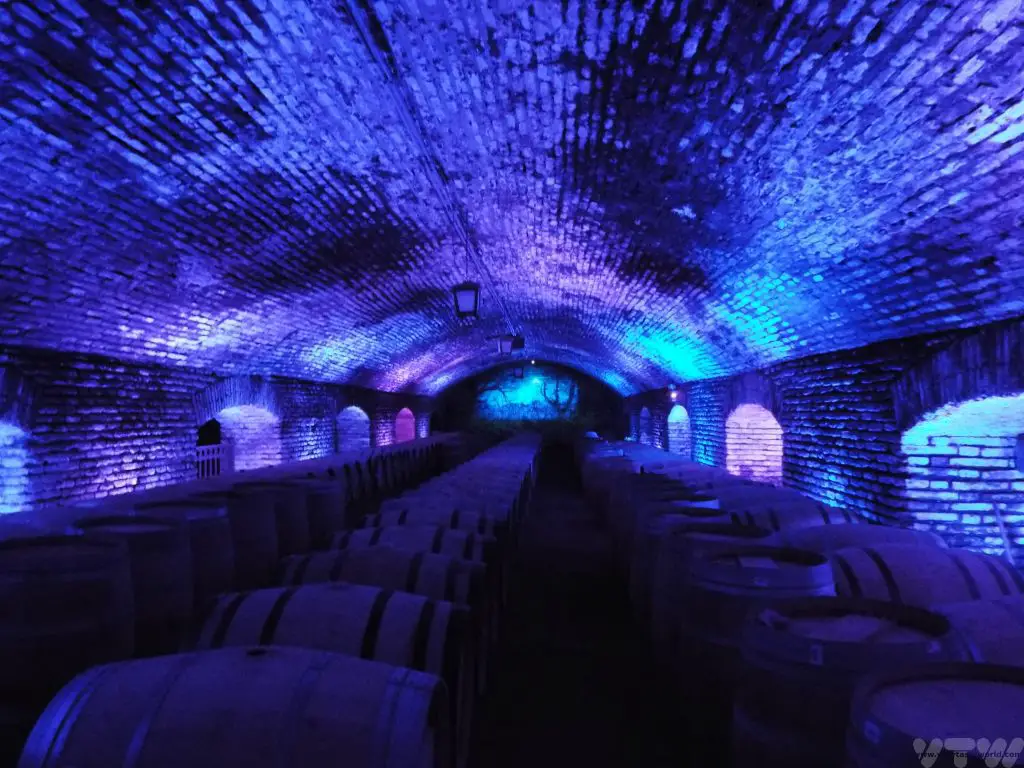
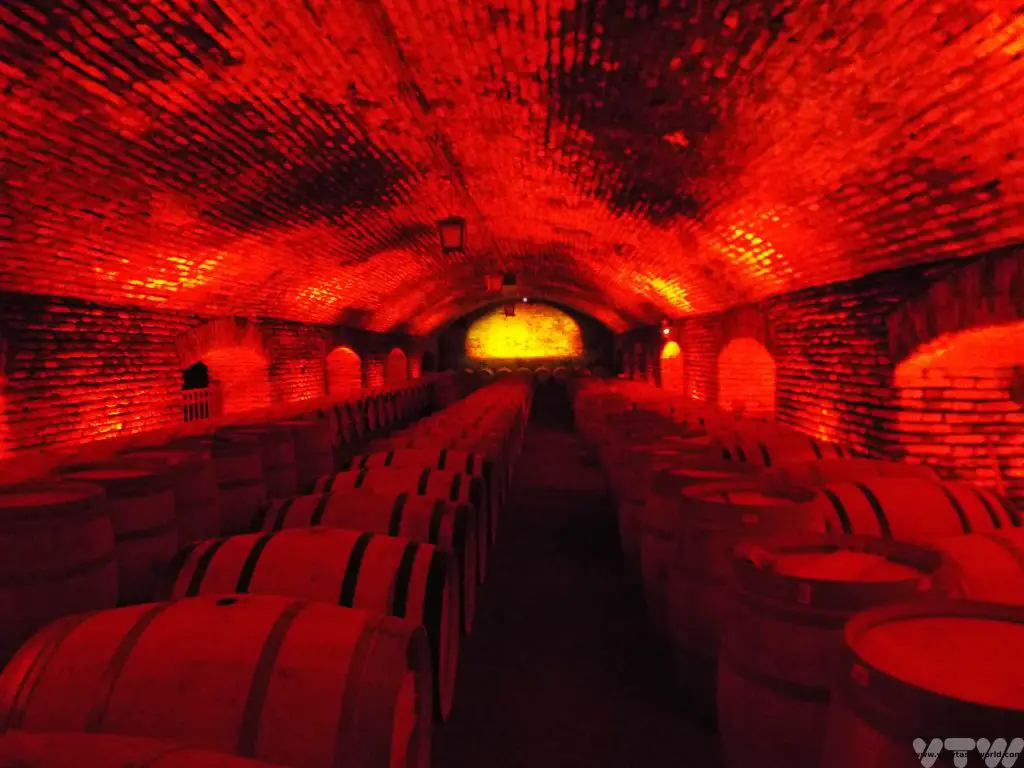
Maipo Valley Wine Tasting
You are given a tasting glass which you can keep. (If you are travelling to other destinations, stuff a t-shirt inside the bowl, wrap it around the whole glass, taking special care to protect the slender stem, place the whole lot gently back into its souvenir box and hope for the best – both of our glasses survived a further fortnight travelling around South America.) And receiving a glass means you get to taste a variety of the winery’s produce.
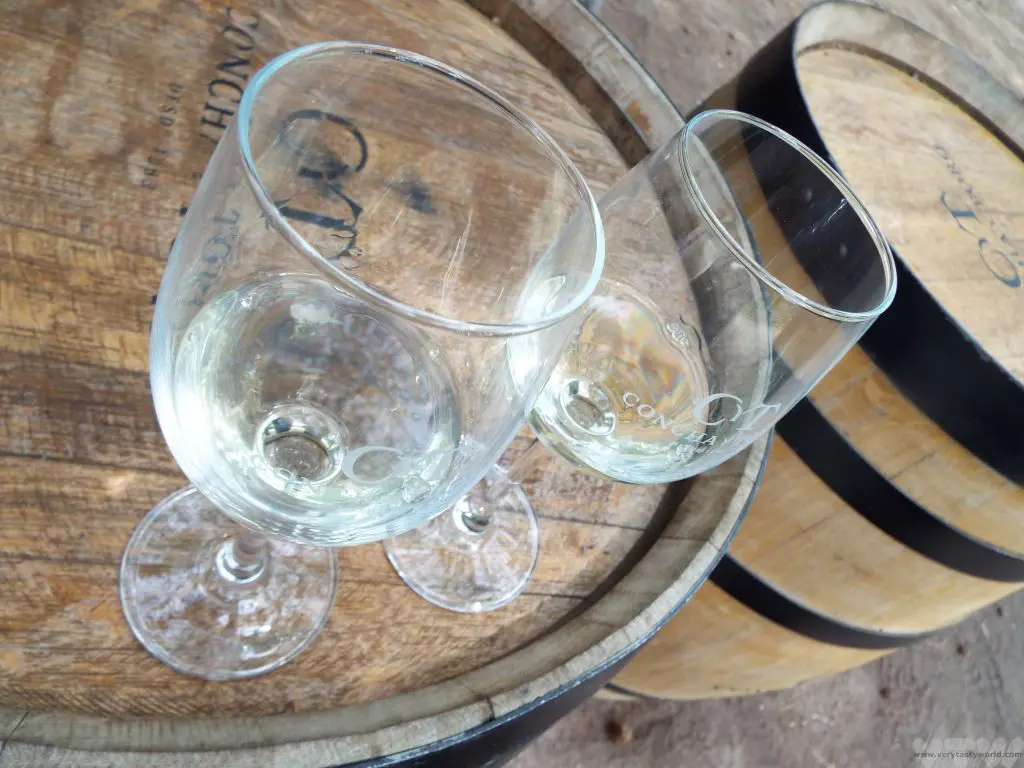
Originally grape varieties were brought over to the Maipo Valley from Europe (Bordeaux) and these included Cabernet Sauvignon, Sauvignon Blanc, Semillon, Merlot and Carménère. The latter is very rare in Europe these days, having been pretty much destroyed by the dreaded phylloxera, a sap-sucking bug. So Chile is now the Carménère capital of the world. It’s a variety that we had never tried before. The wine we tasted was incredibly fruity, like raspberries and cherries with sour notes and a lingering finish.
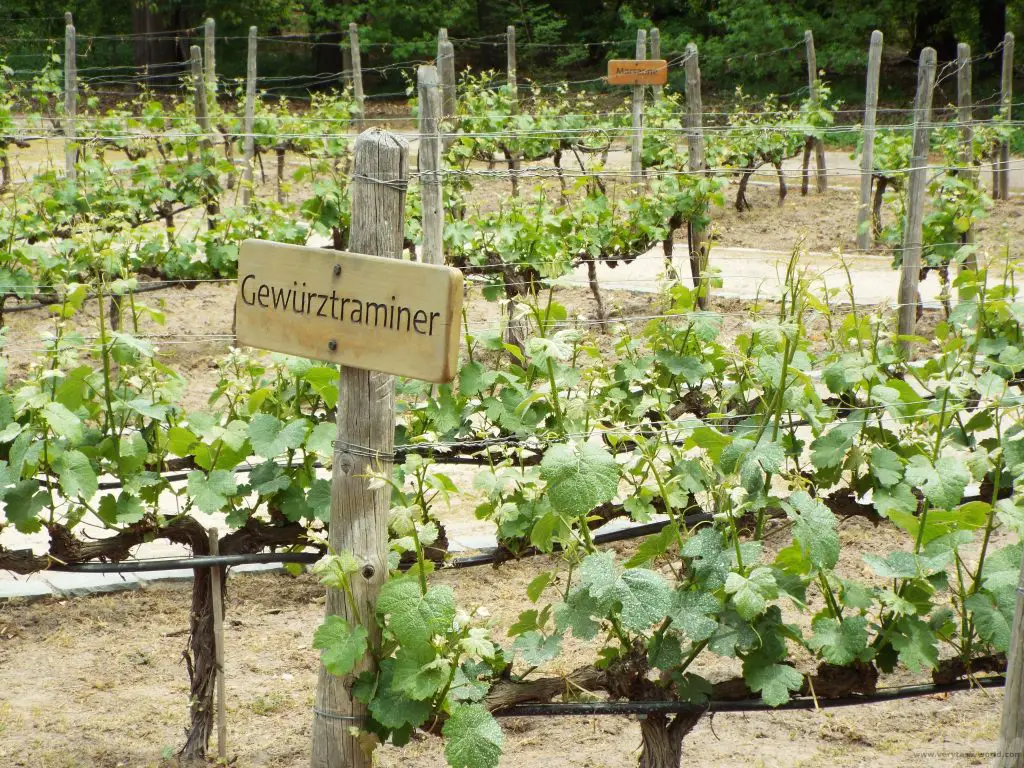
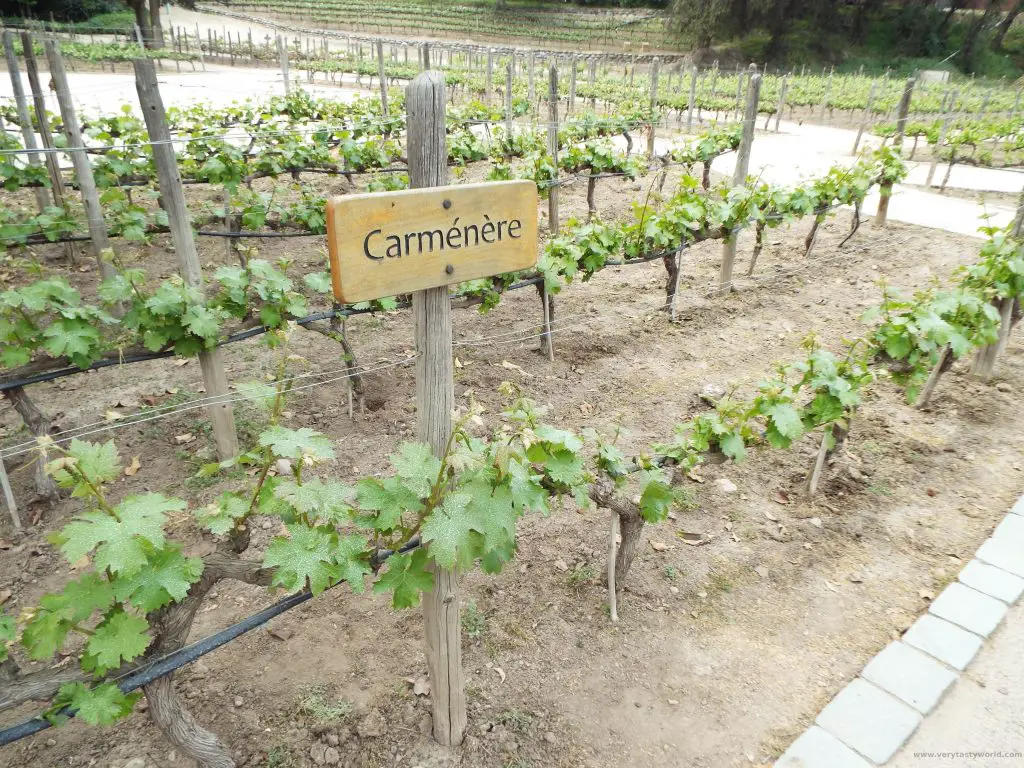
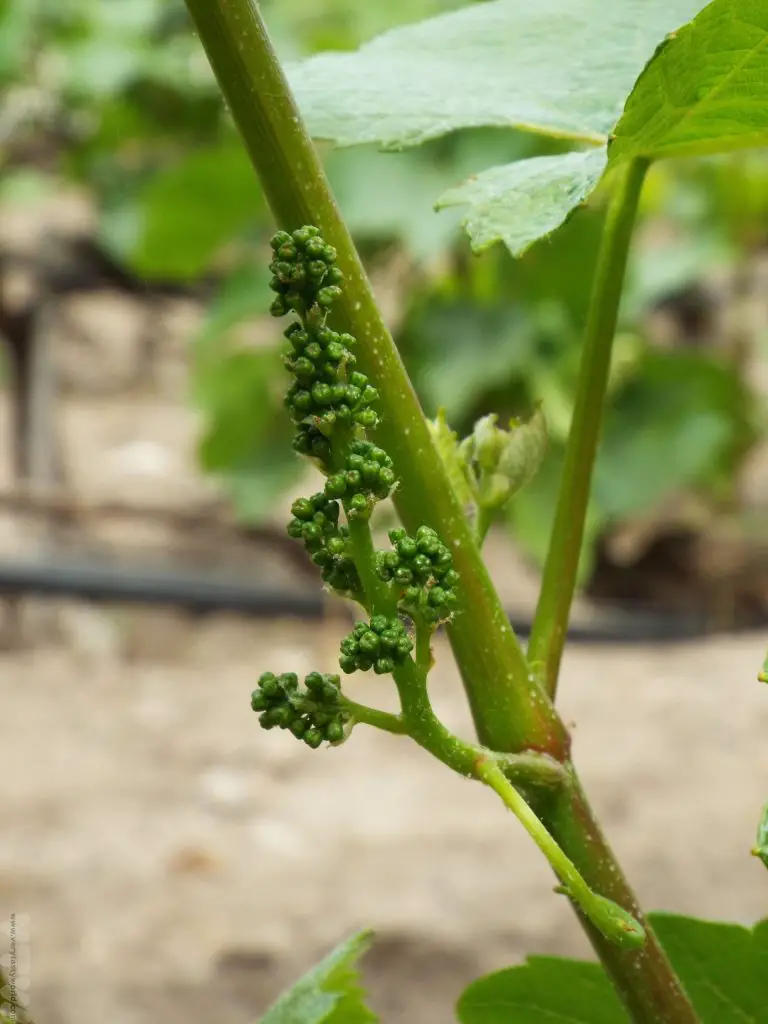
As with all the grape varieties the vines are watered using only a teeny amount of water. Literally a few drops per day. This means that the plants work extra hard to produce fruit which leads to a higher yield and, of course, more wine.
The Maipo Valley wines on offer for tasting included a smooth blackcurranty Cabernet Sauvignon, a mellow Carménère and a zingy Sauvignon Blanc.
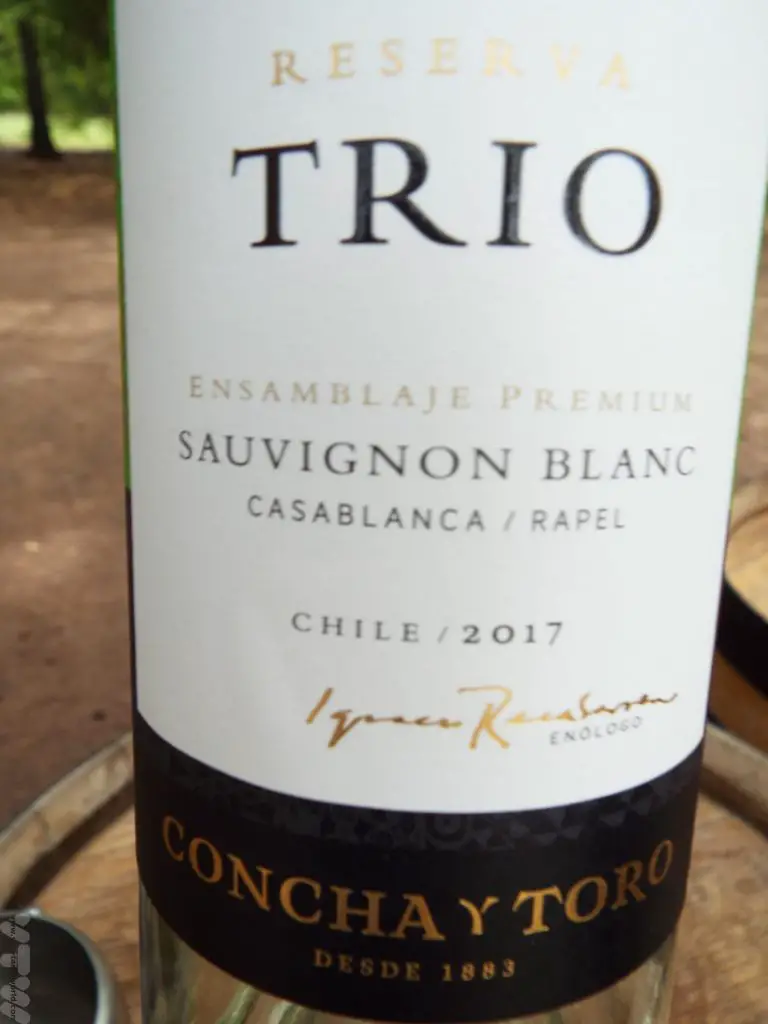
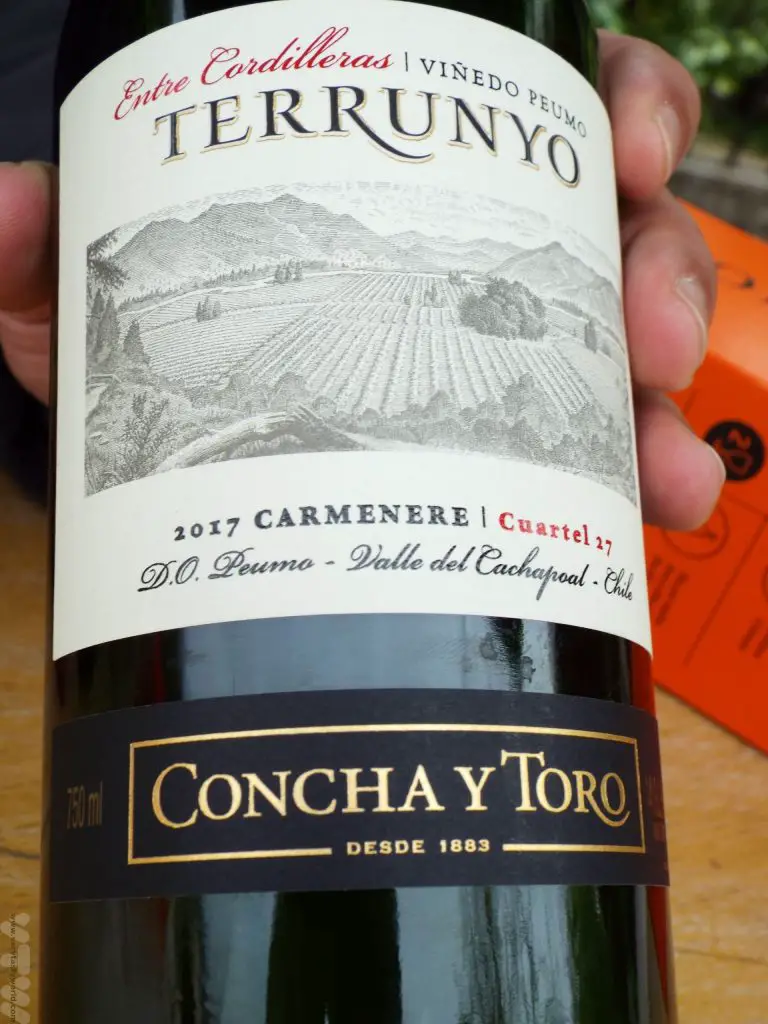
We took full advantage of being in Chile to sample the local wine – it was massively cheaper than in the UK. Even visiting ordinary supermarkets to stock up on a tipple was definitely worthwhile – we could taste some really splendid wines for a fraction of the price that it would have cost in our home country. (We recommend packing a travel corkscrew.)
Related Posts You May Enjoy

- Best Time To Visit Machu Picchu 2024 Update
- A 2 Week Patagonia Itinerary
- Day of the Dead in Campeche
- A Galapagos Land Based Itinerary
- RECIPE: How to Make Costa Rica’s Gallo Pinto
- A Tasty Puebla Food Tour
- Costa Rica Wildlife Sanctuary – Caño Negro
- Visit Torres del Paine National Park in Patagonia
- Atacama Desert Itinerary
Geezers at the Geysers, Atacama Desert, Chile
The El Tatio geysers in the Atacama Desert are the world’s highest geysers. That’s the world’s highest altitude (4300m) not the world’s most spurty geysers. It is possible to take a tour to see them.
Most trips are organised from San Pedro de Atacama. There are loads of companies in the town, which is fully geared up for tourism, and all of them will offer trips to the attractions in the area. Some excursions can be booked on the day; El Tatio needs to be booked in advance, if possible, as it’s a popular trip and involves an early start. Most companies will pick you up from your accommodation. This turned out to be quite handy, as we had to get up at 4am. It’s a 3 hour bumpy minibus ride to reach the site. You also need to be prepared with appropriate clothing: it was –9ºC on arrival but the temperature had gone above 30ºC by mid-morning. Wearing lots of layers and discarding them as necessary (whilst maintaining an appropriate level of decency) is the best approach.
It was absolutely worth the effort. We arrived at sunrise to see the geysers at golden hour. They were spectacular.

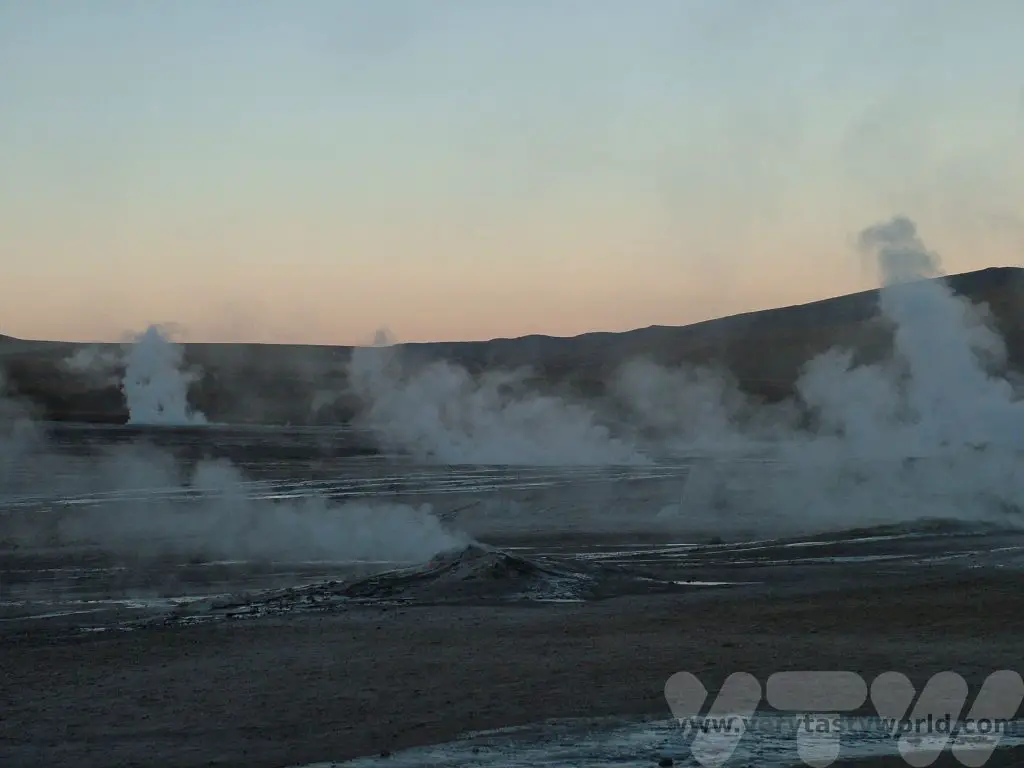
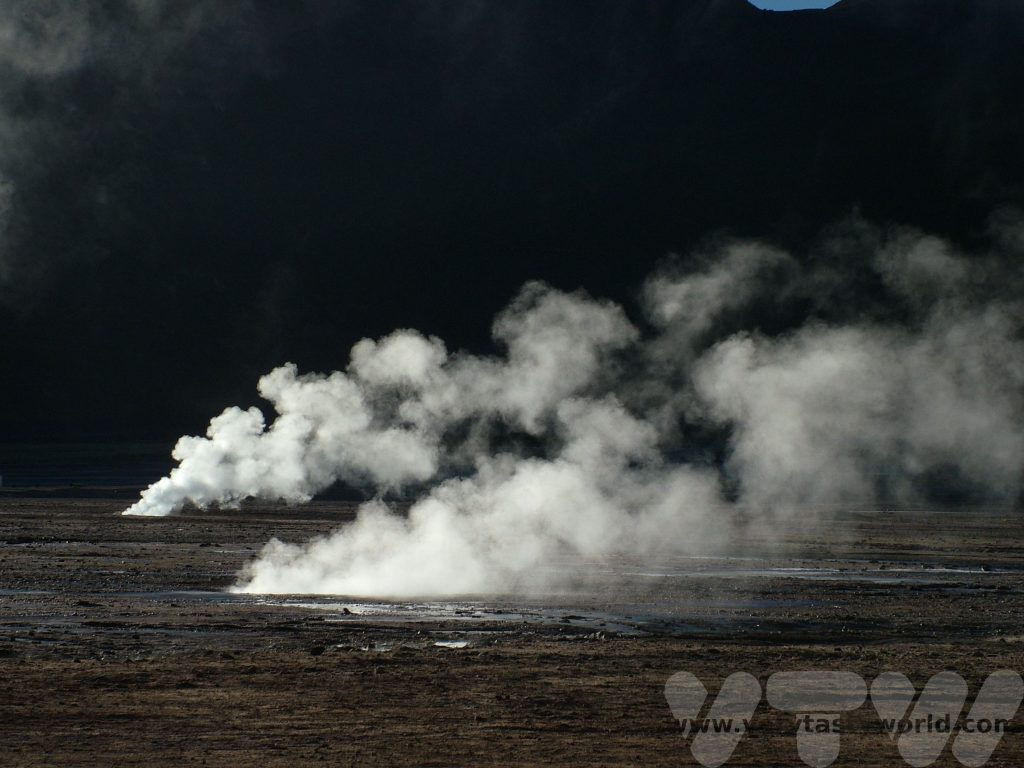
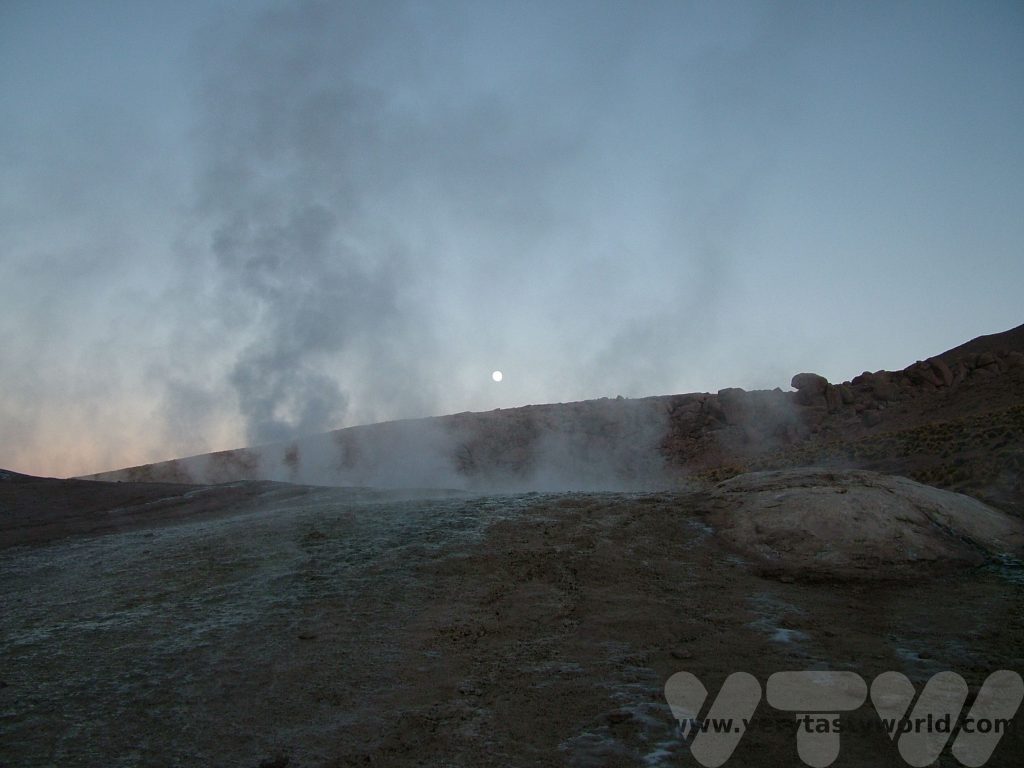
El Tatio is a geothermal field, the third largest in the world, and contains geysers, fumaroles, steam vents, mudpots and hot springs.
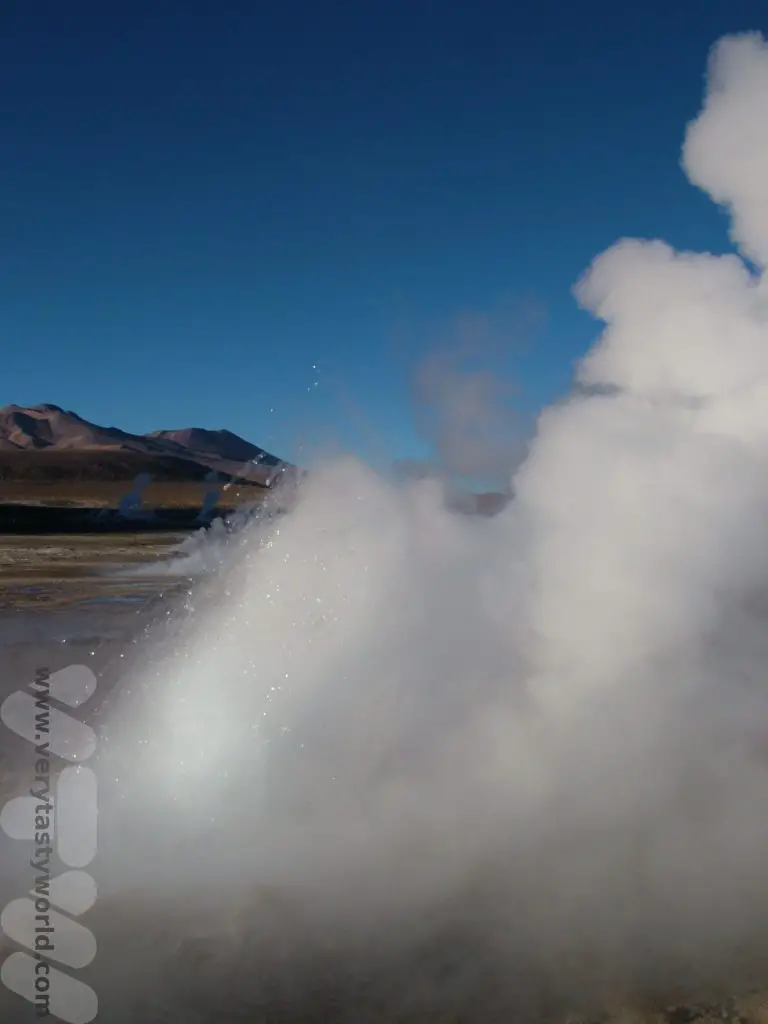
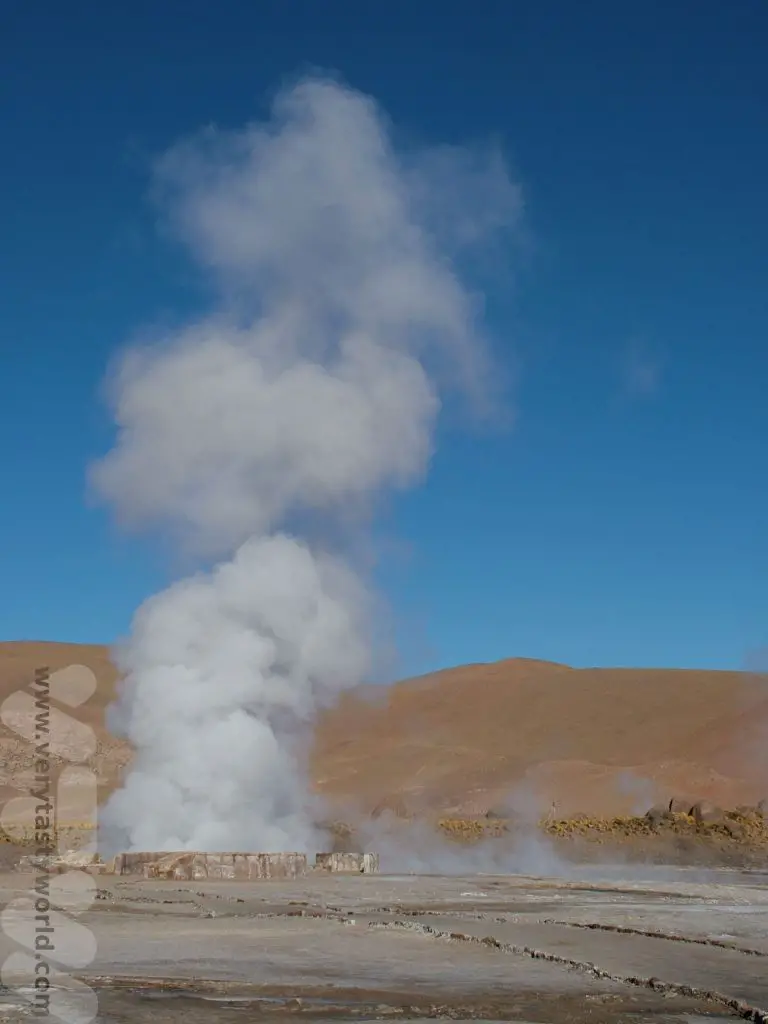
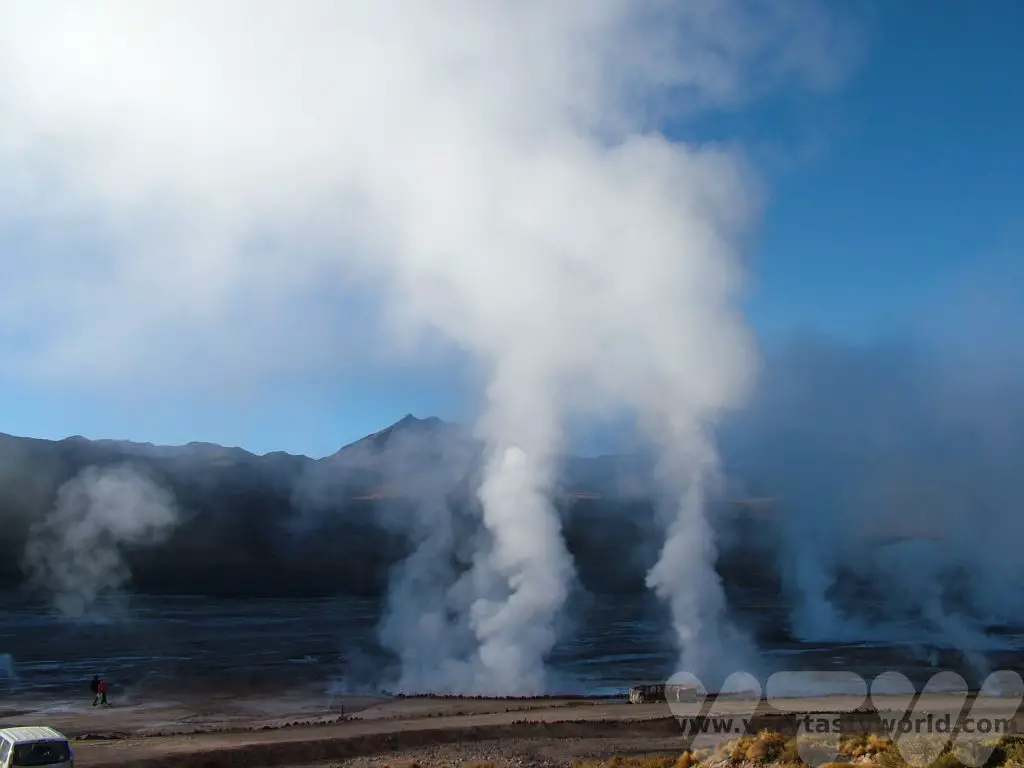
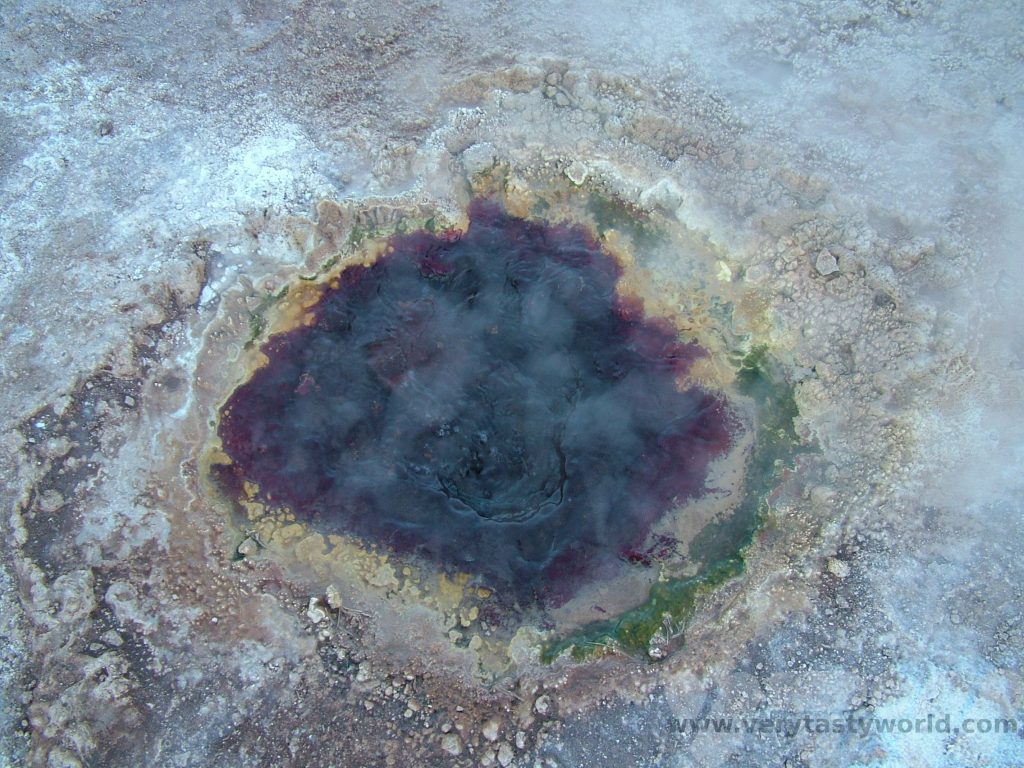
Because the area hasn’t yet been designated a national park (geothermal energy companies tried to harness the energy but didn’t really make a go of it and the area is still vaguely designated as “industrial” rather than a “tourist area”) there are no designated walkways and you can just wander through the geyser field. This means that you can actually stand in a geyser – great if your feet are feeling a little chilly! You have to be careful though – the earth’s crust is pretty thin up there and a number of people have been seriously injured falling through it and getting burned or frozen in a random extreme temperature accident.
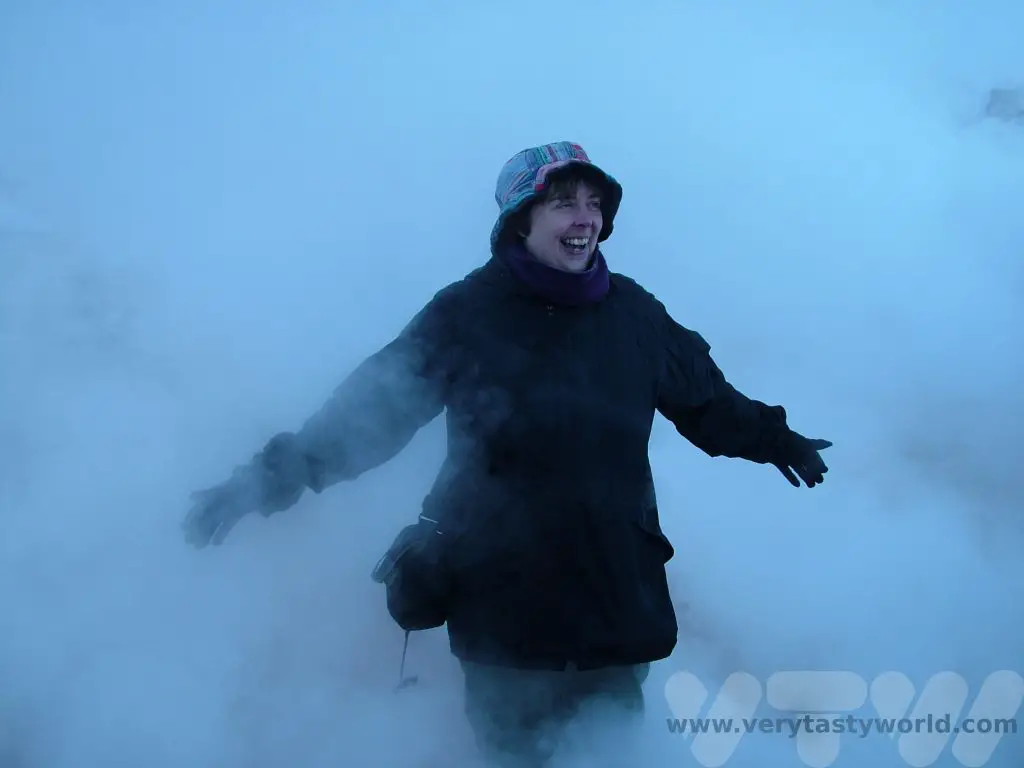
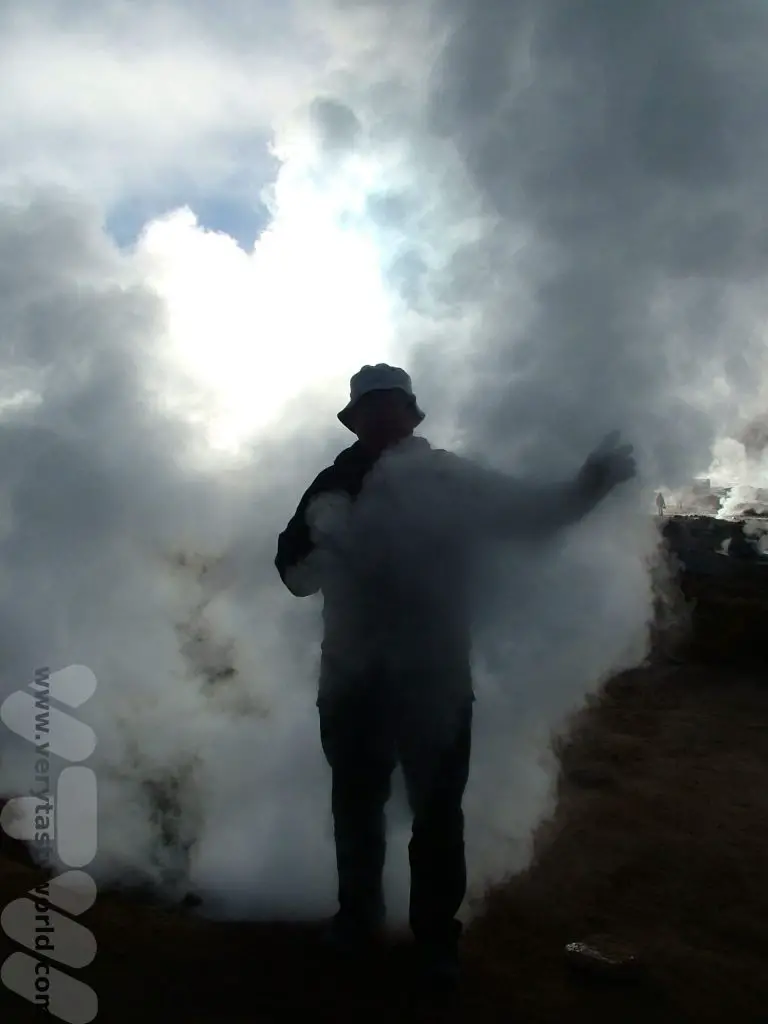
If you bring your bathing suit, and the tour allows time for it, you can go swimming in the geothermal hot springs.
The surrounding area is very beautiful as well. Most tours will offer a leisurely journey back, stopping off at various sites.
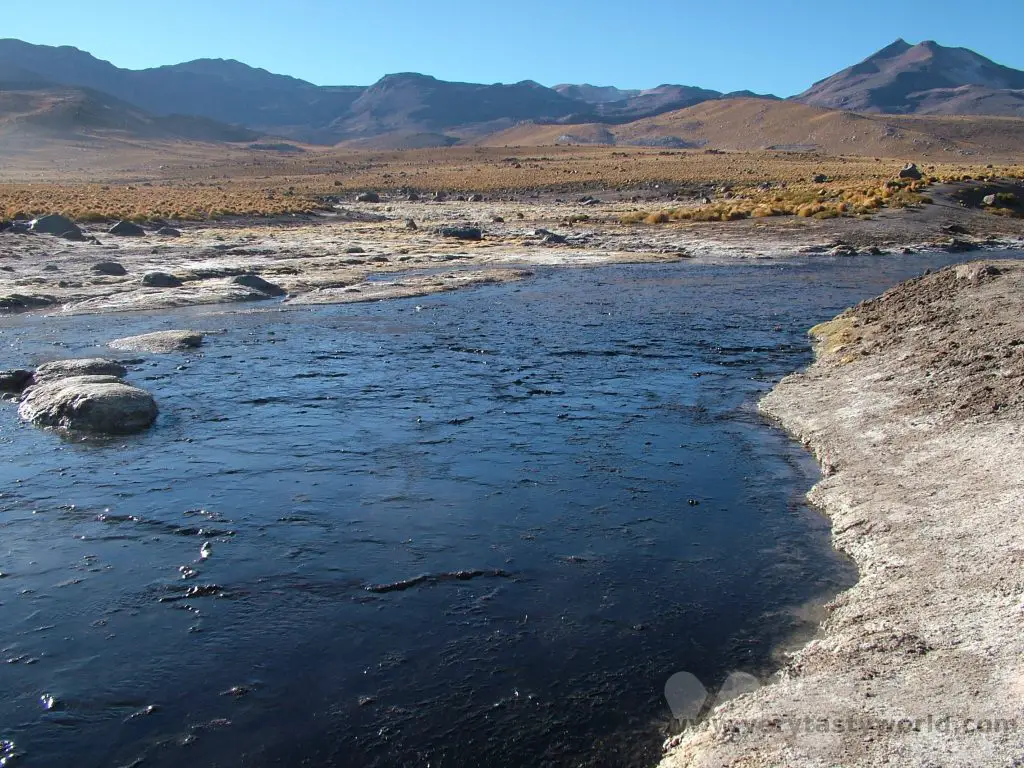
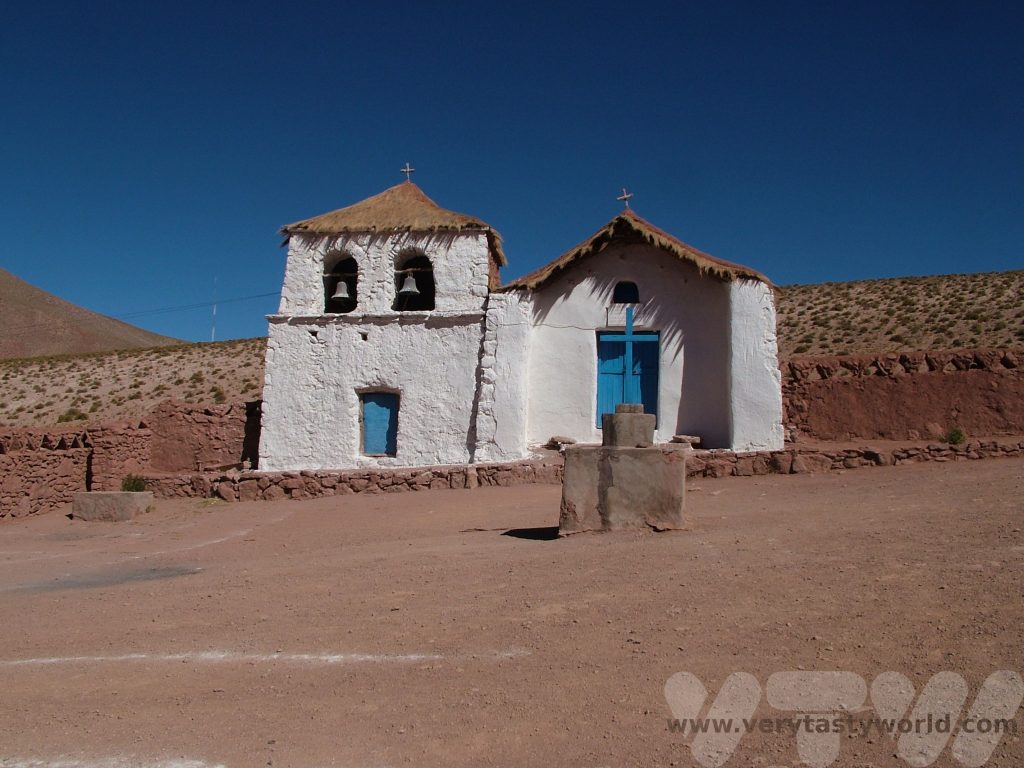
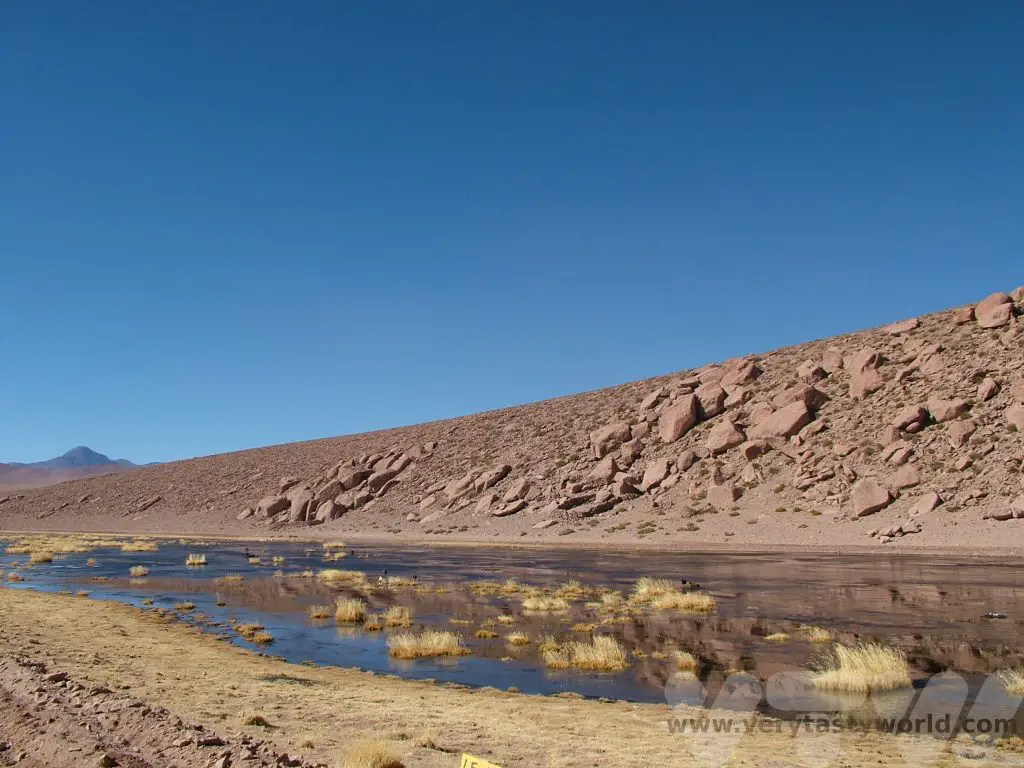
Llama kebab barbeques are available if you want a late breakfast.
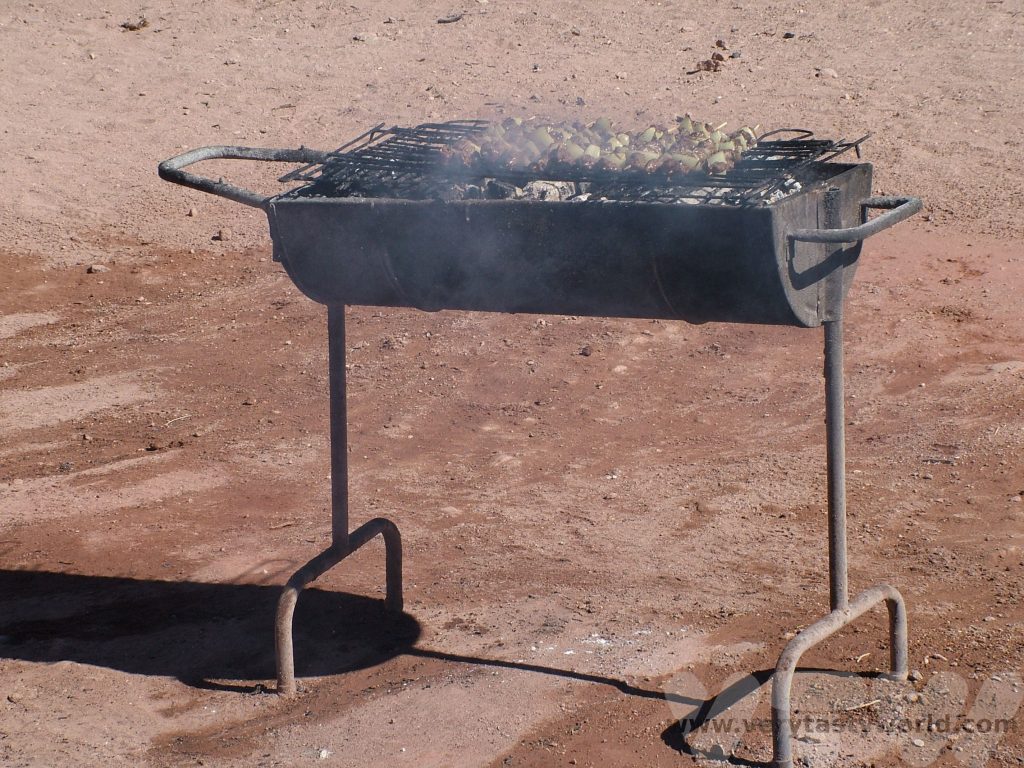
The cactus forest is also worth a visit.
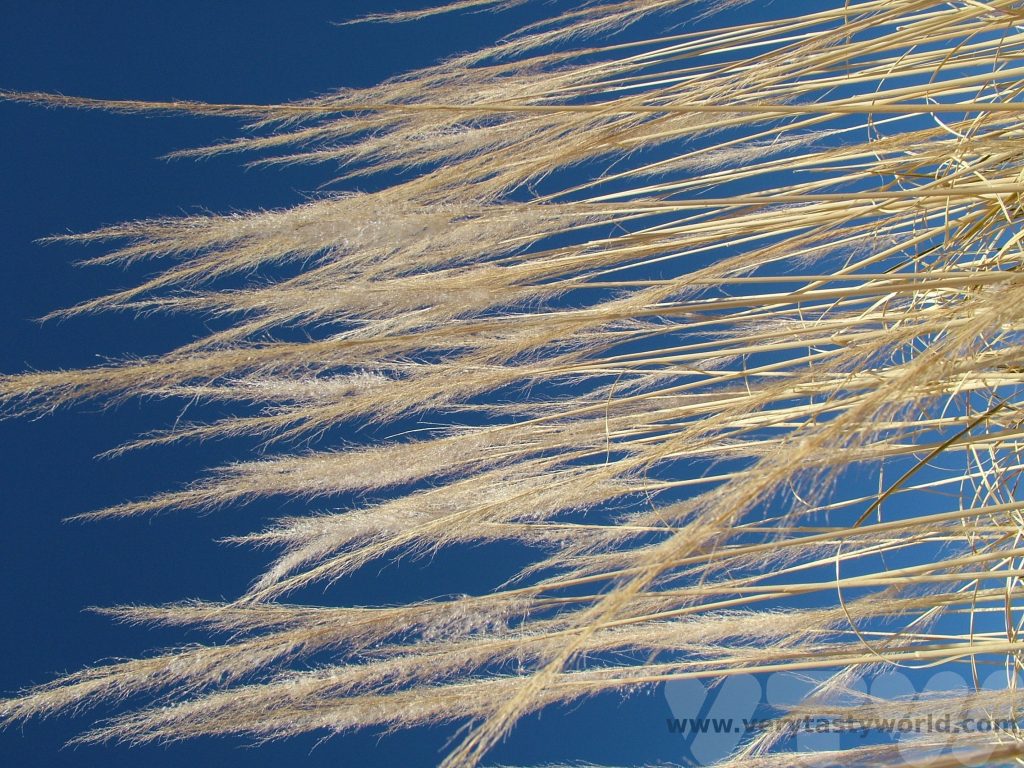
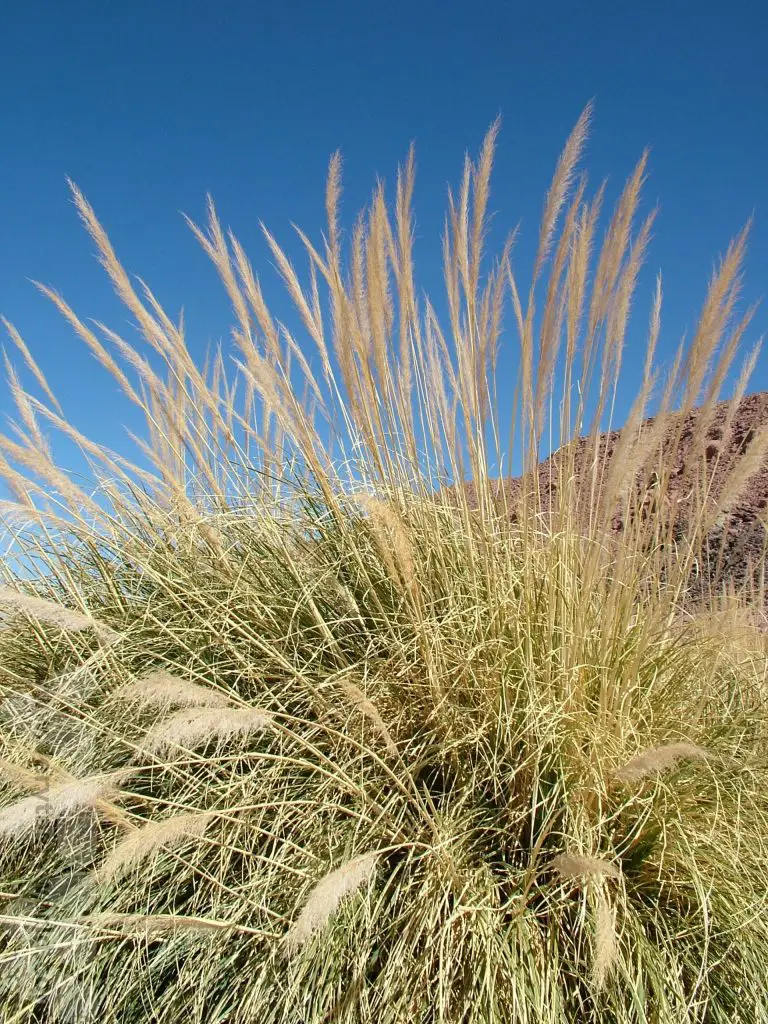
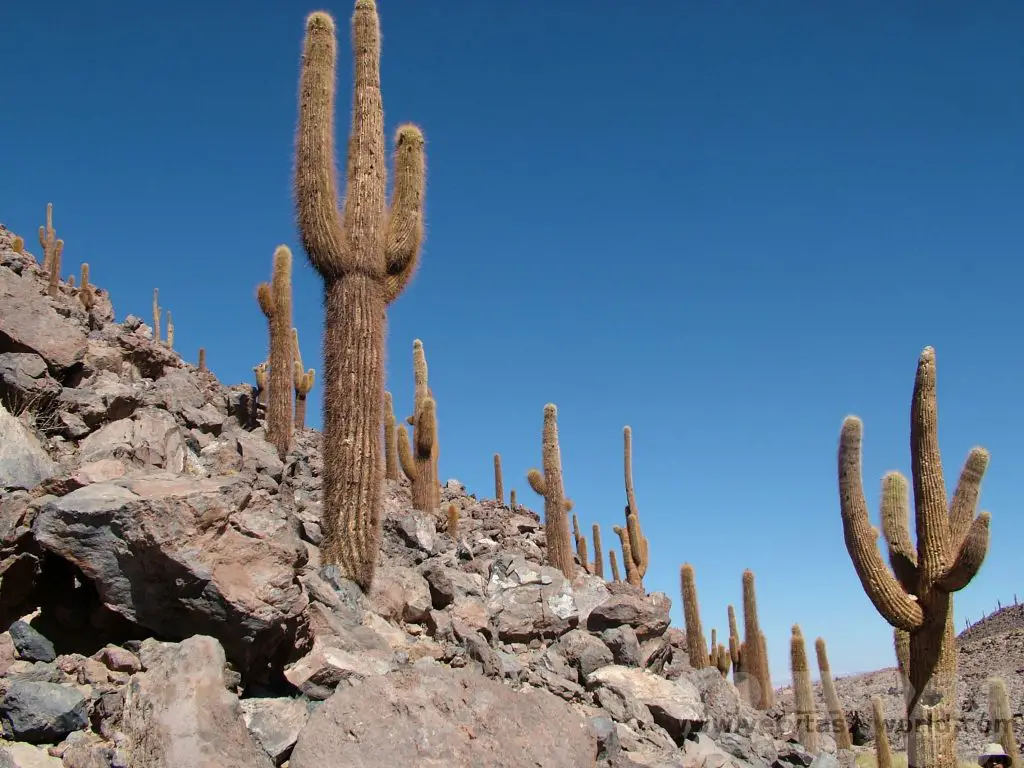
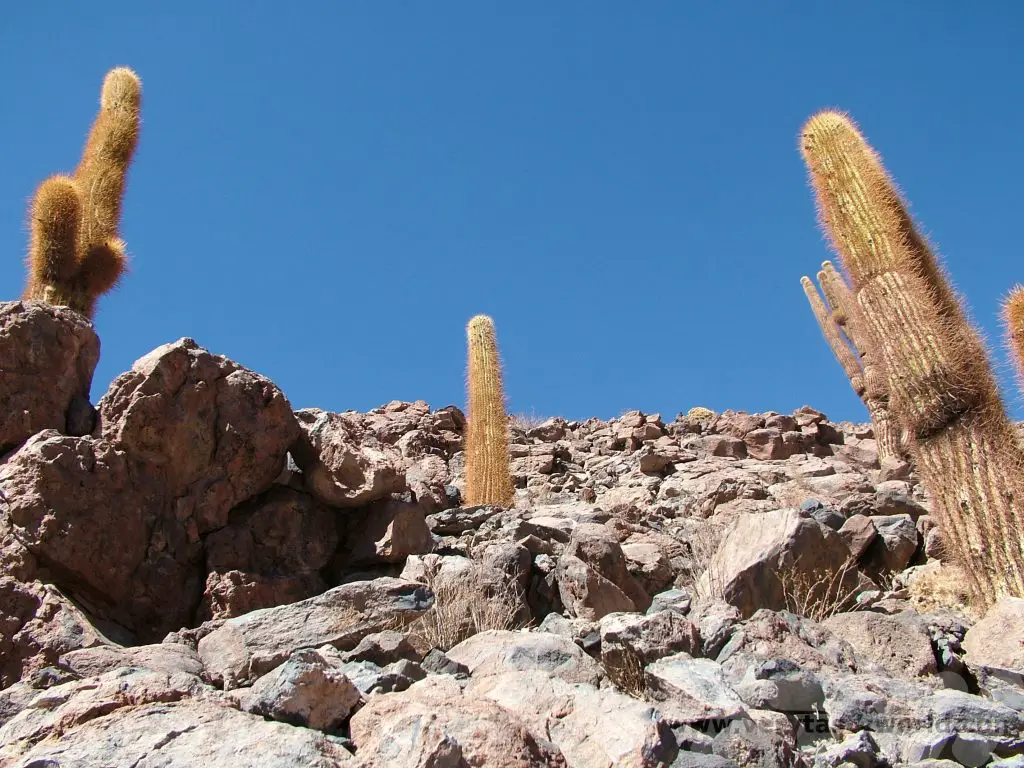

- Best Time To Visit Machu Picchu 2024 Update
- A 2 Week Patagonia Itinerary
- Day of the Dead in Campeche
- A Galapagos Land Based Itinerary
- RECIPE: How to Make Costa Rica’s Gallo Pinto
- A Tasty Puebla Food Tour
- Costa Rica Wildlife Sanctuary – Caño Negro
- Visit Torres del Paine National Park in Patagonia
- Atacama Desert Itinerary
Mercado Central de Santiago
Seafood and Eat It
The Mercado Central de Santiago in Chile’s capital is one of the most amazing places where you really can see seafood and eat it. It’s a wonderful building that houses both a fish market and several restaurants. As its name suggests, it’s centrally located in Santiago, just a short walk from Plaza de Armas, and easy to reach via the metro system; L2, L3 and L5 pass close by. Puente Cal y Canto (Comb L2, L3) is the closest station and Bellas Artes (L5) gets within striking distance. And anyway, Santiago is a very pleasant city to walk around.
As the country with a coastline of over 4000 km, Chile offers some of the best seafood on the planet.
The building itself is an impressive cast iron structure, fabricated in Glasgow, and has been operational since 1872. You can walk around the entire outside of the building – there are a variety of shops to explore.
Mercado Central Santiago- The Market
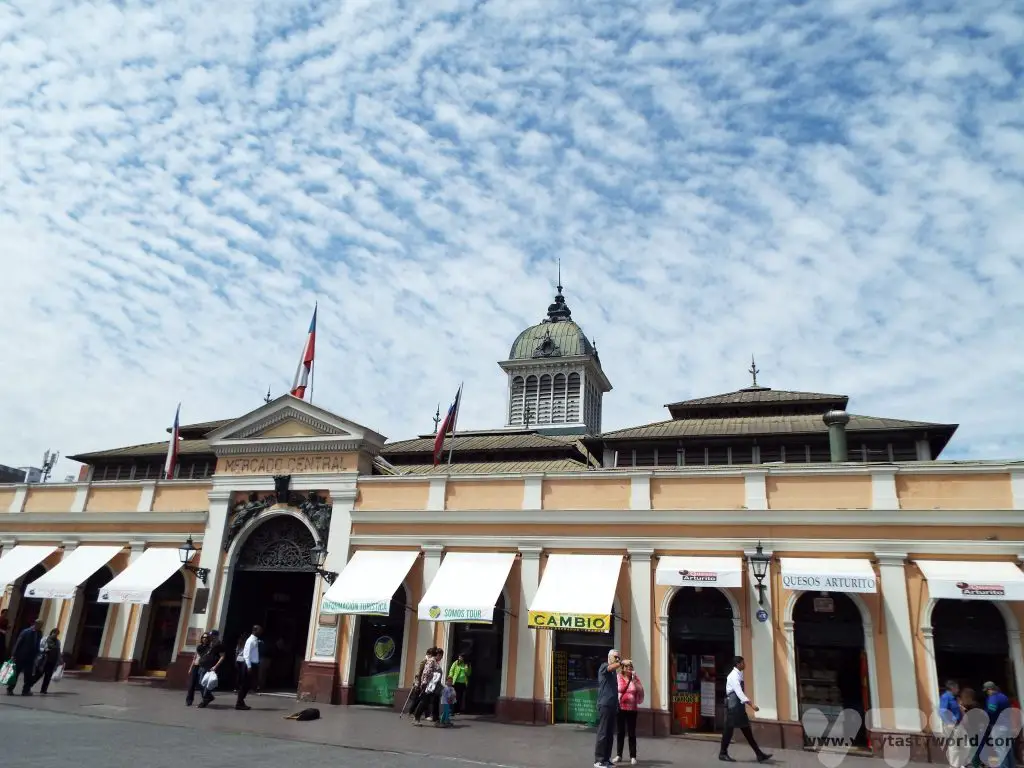
Inside the iron structure is both functional but highly decorative.
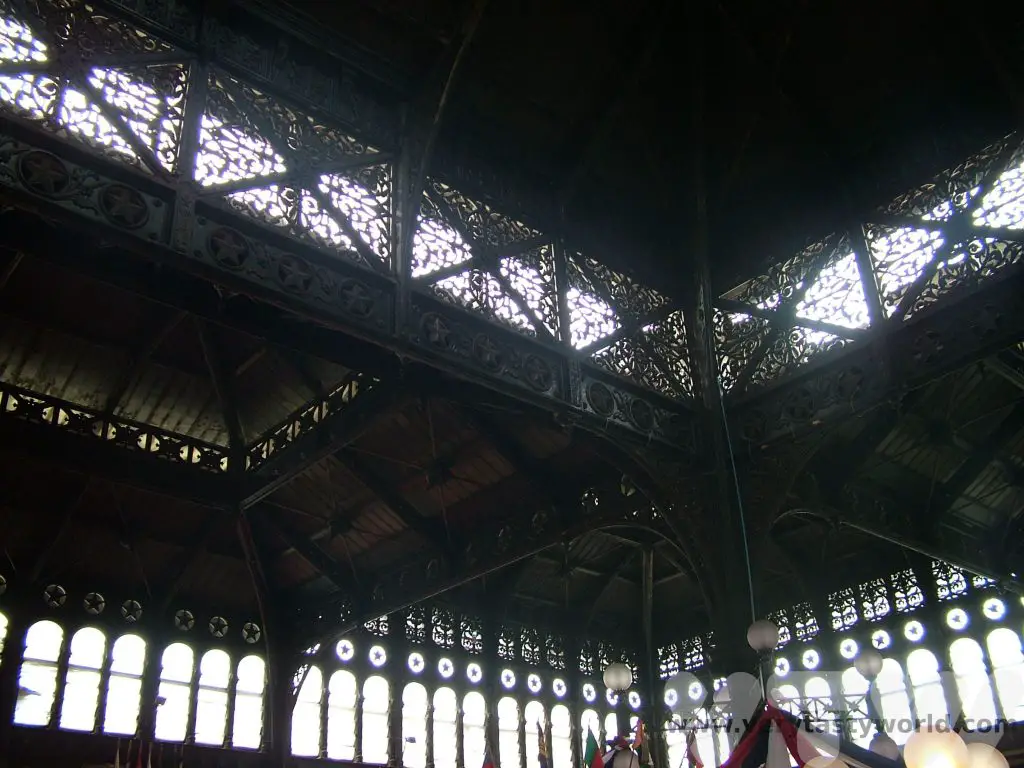
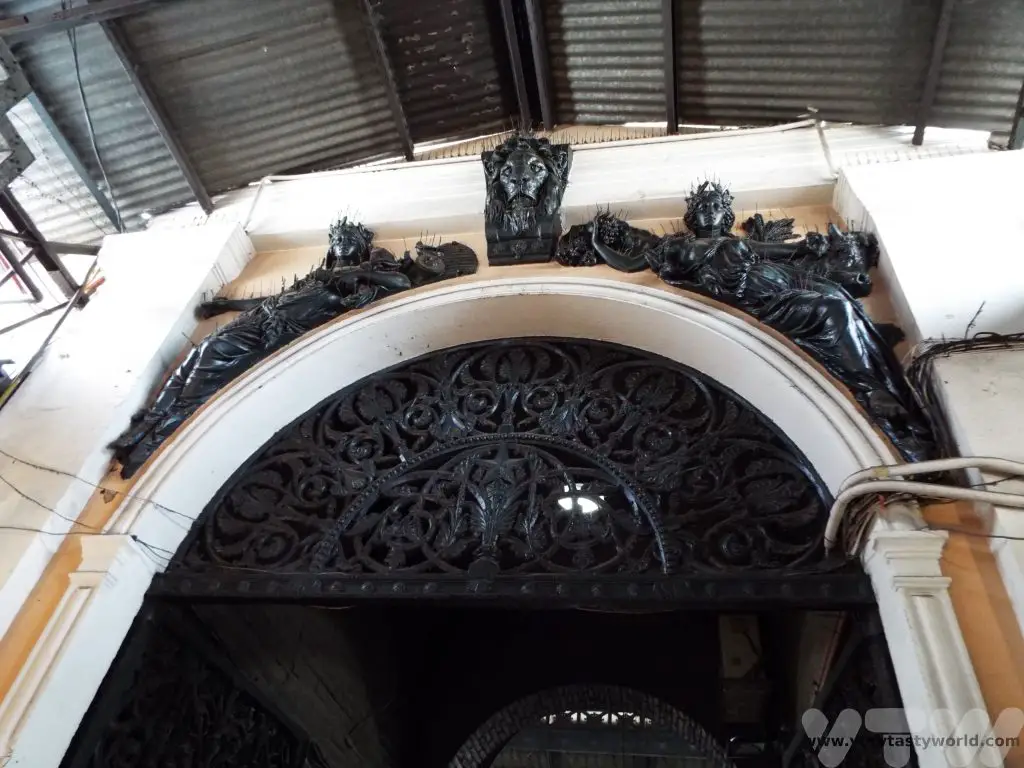
It is a working market and you can wander around the market stalls, perusing the plethora of pescatarian possibilities. As the market is known to be a tourist attraction, all the stall holders were happy to be getting on with their jobs and there were no issues with taking photos.
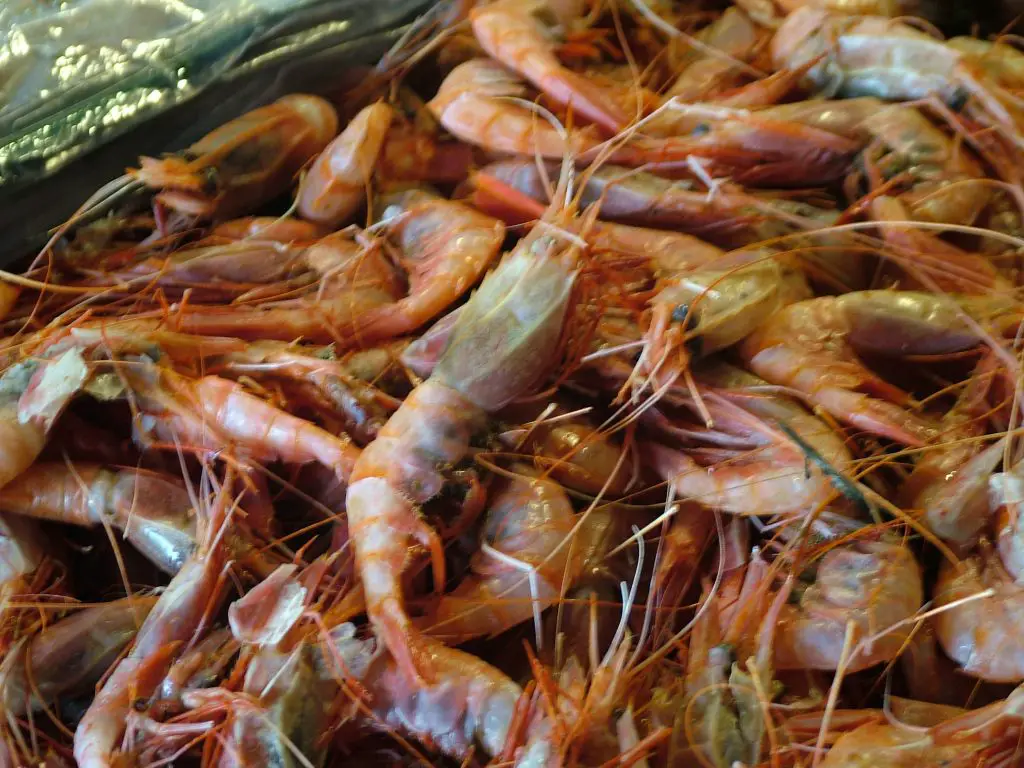
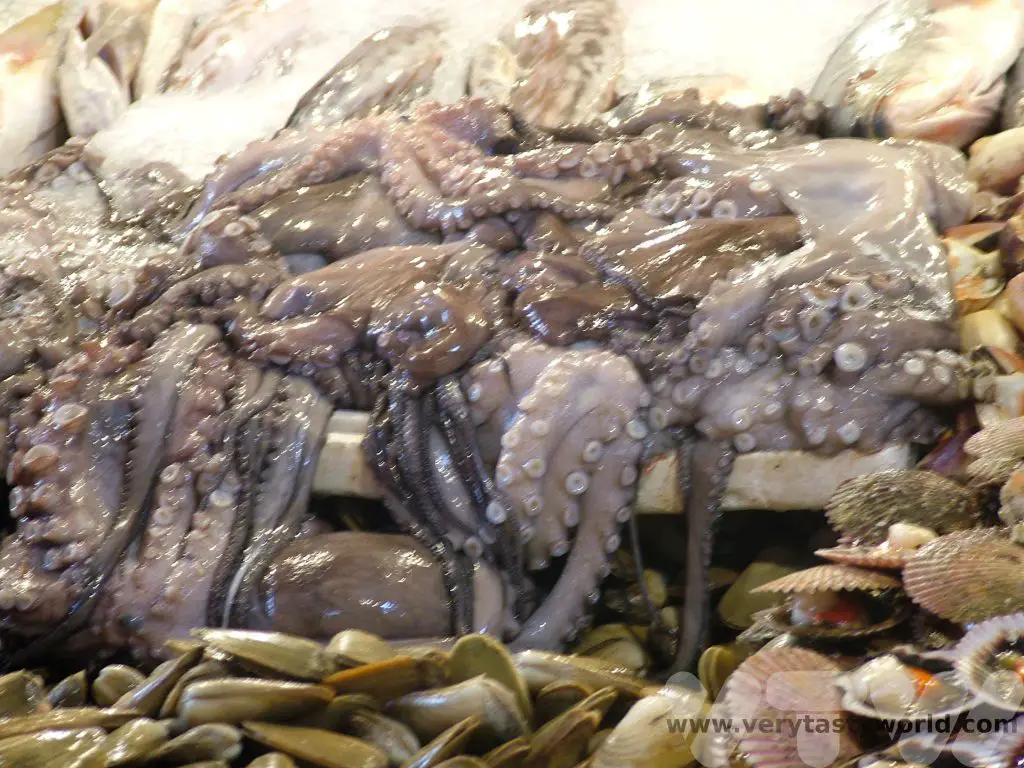
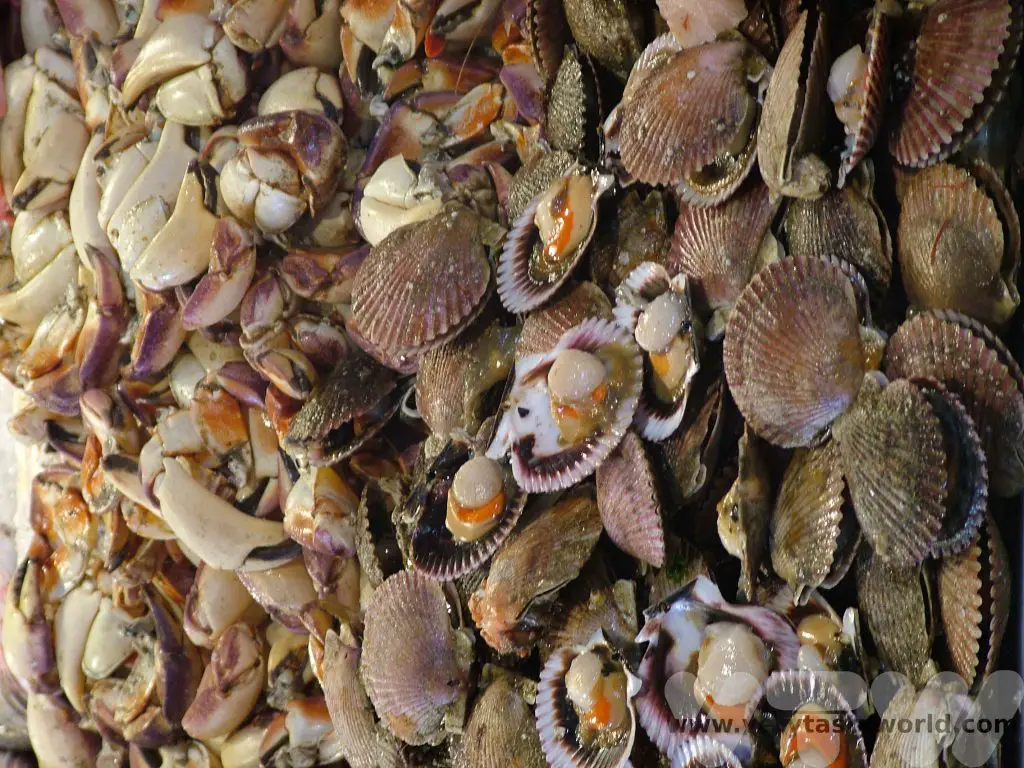
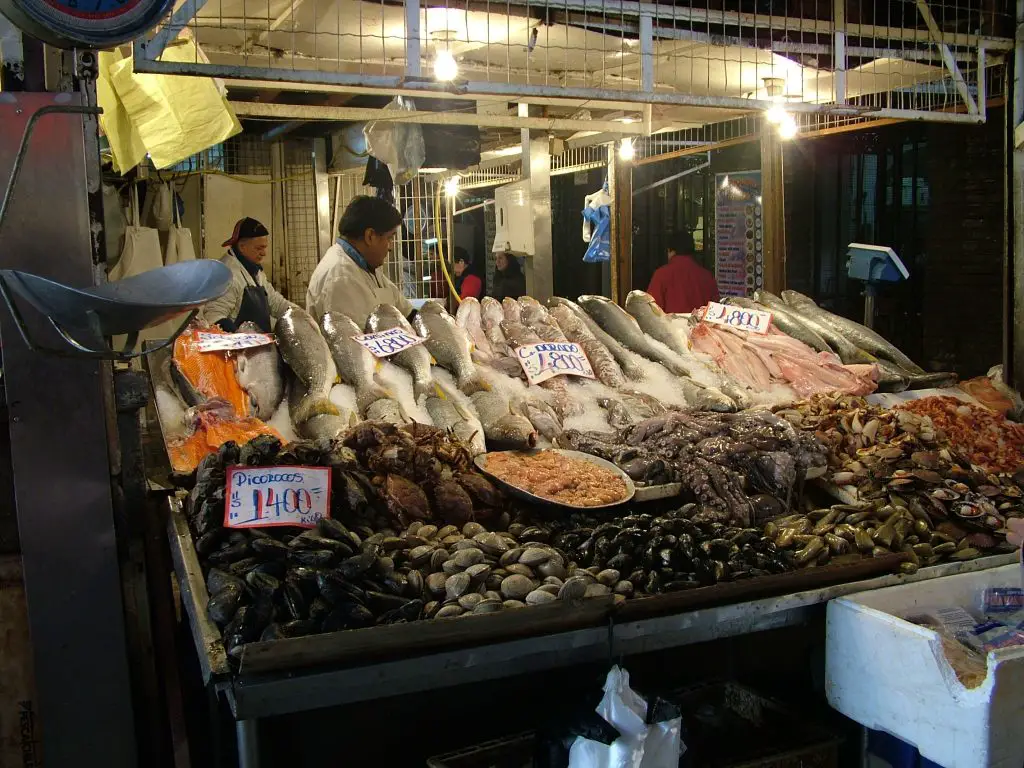
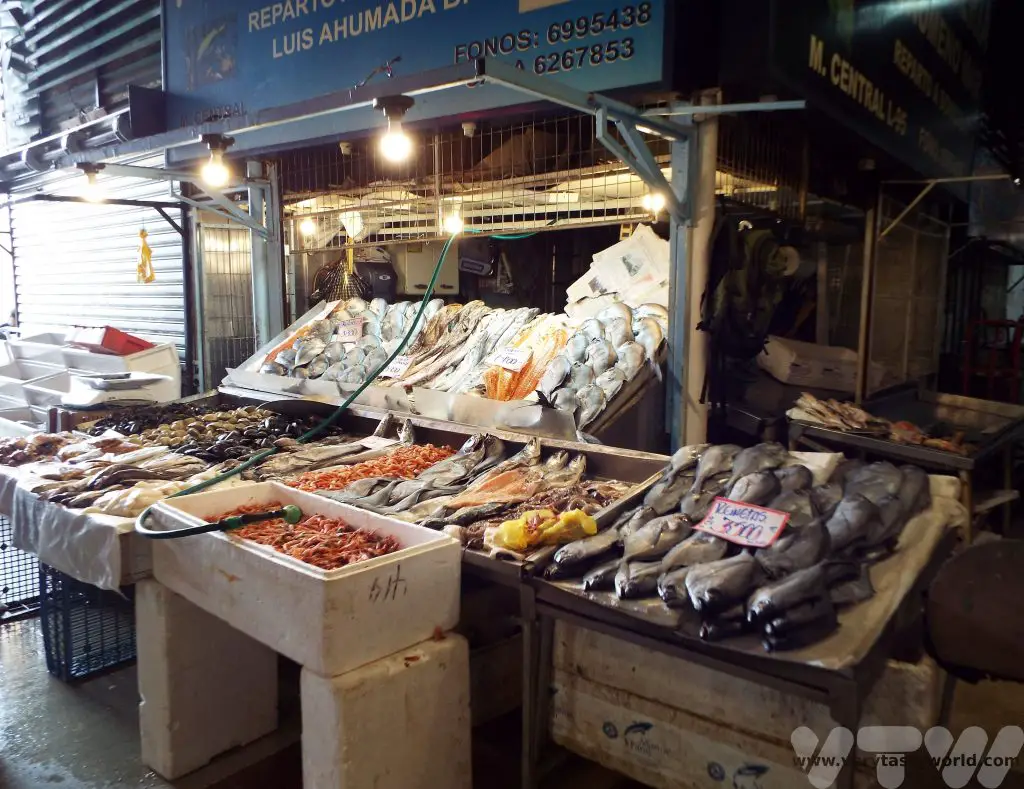
Eating At The Mercado Central de Santiago
There are all sorts of restaurants located inside the market in which you can indulge in a deliciously decadent seafood feast.
The biggest and most famous is Donde Agusto, right in the centre of the market, which was relatively expensive, crowded, had flamboyant waiters vying for business until they sat you down whereupon they ignored you in order to drum up more business and – when we visited – had irritating mariachi playing irritating guitars who expected us to pay for the pleasure of being irritated by them. Although it felt like a tourist trap the seafood was great – fruits de mer accompanied by scallops in a Roquefort sauce.
Much better is to wander around the perimeter of the market, seeking out the smaller restaurants. But you have to be a little careful.
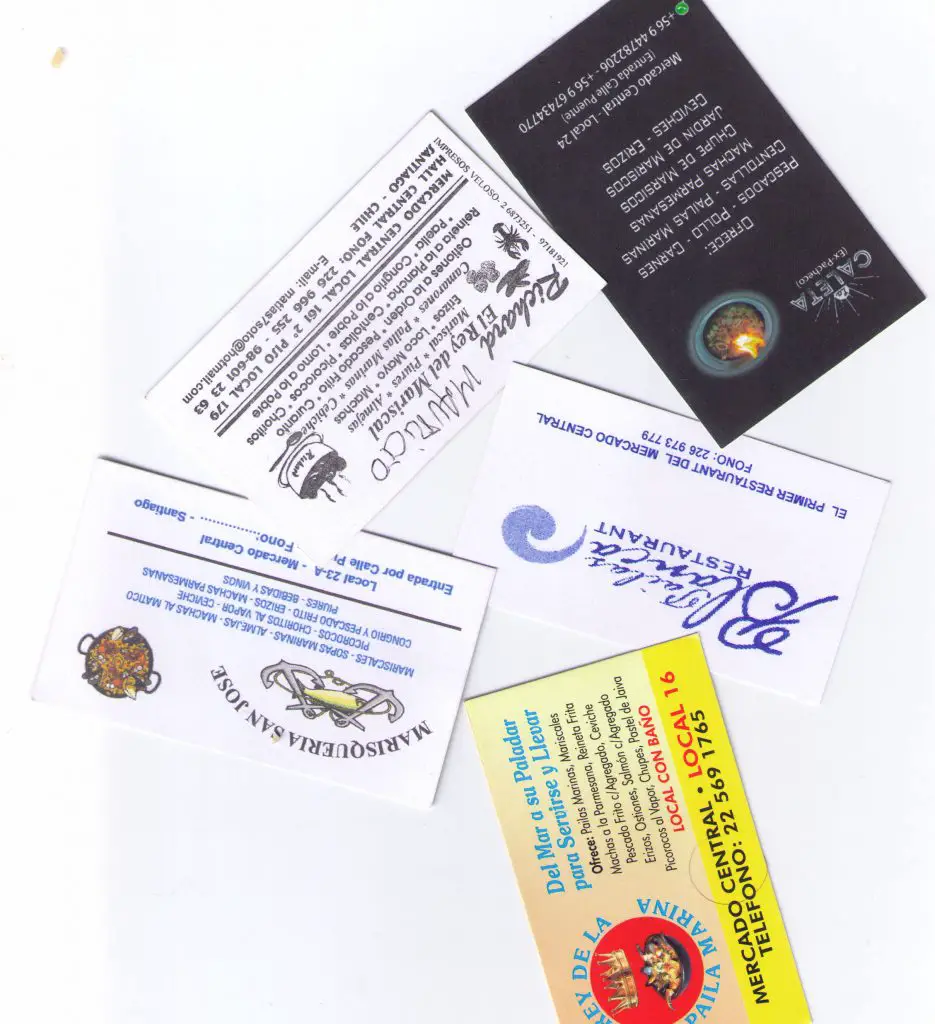
You will find restaurateurs outside most establishments offering their cards and sometimes a variety of inducements. It’s quite relaxed though. No one hassles you too much and everyone understands the phrase, “maybe later.” These were just some of the cards we picked up as we wandered through the market and, in the interests of impartiality, we didn’t try any of these…
Some of the offers might include something like a free (minuscule) pisco sour or a dramatic flaming seafood feast offer. At El Rey De La Paila Marina, to be fair to the drama, the seafood feast which was comprised of such delights as crab, squid, prawns and scallops as well as a variety of fish, was undeniably delicious.
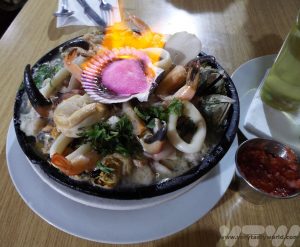
The Picoroco, Spanish for “a beak in the rock”, an apt title if ever there was one, were particularly good. These are giant barnacles which cling to the rocks on the shoreline. They do look a bit challenging, admittedly.
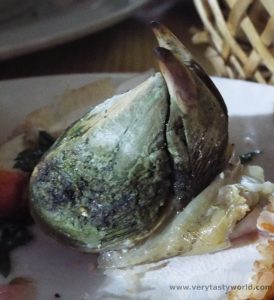
But, like many things that look a bit odd, once you get over the appearance, the taste was a revelation. They have a flavour that is very similar to crab but with a slightly chewier texture, and they were utterly delicious.
If you visit the Mercado Central de Santiago, the best advice is to seek out the smaller restaurants. Ostentation really is overrated. Our favourite restaurant was right on the edge of the market – the Donde Blanca. No English was spoken when we visited but our Spanish was just about good enough to get by. And when struggled with language the proprietor was delightful. We ordered cheviche, raw fish marinated in lime juice. The restaurant had a variety on offer, using different fish combinations, but sadly the ‘superior’ we wanted wasn’t available. The owner made a suggestion for an alternative but unfortunately we didn’t understand what a camarón was. So he trotted out to the market, picked a shrimp from one of the stalls, showed it to us, peeled it and ate it with a big grin on his face. Cheviche with shrimp, bread and salsa, all washed down with a bottle of crisp Chilean white wine turned out to be the perfect lunch.
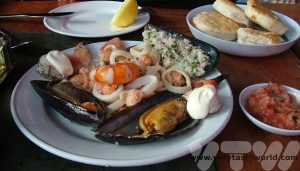
Of course, restaurants come and go and a good or bad experience somewhere isn’t necessarily an indicator of quality on a future visit.
Related Posts You May Enjoy

- Best Time To Visit Machu Picchu 2024 Update
- A 2 Week Patagonia Itinerary
- Day of the Dead in Campeche
- A Galapagos Land Based Itinerary
- RECIPE: How to Make Costa Rica’s Gallo Pinto
- A Tasty Puebla Food Tour
- Costa Rica Wildlife Sanctuary – Caño Negro
- Visit Torres del Paine National Park in Patagonia
- Atacama Desert Itinerary
